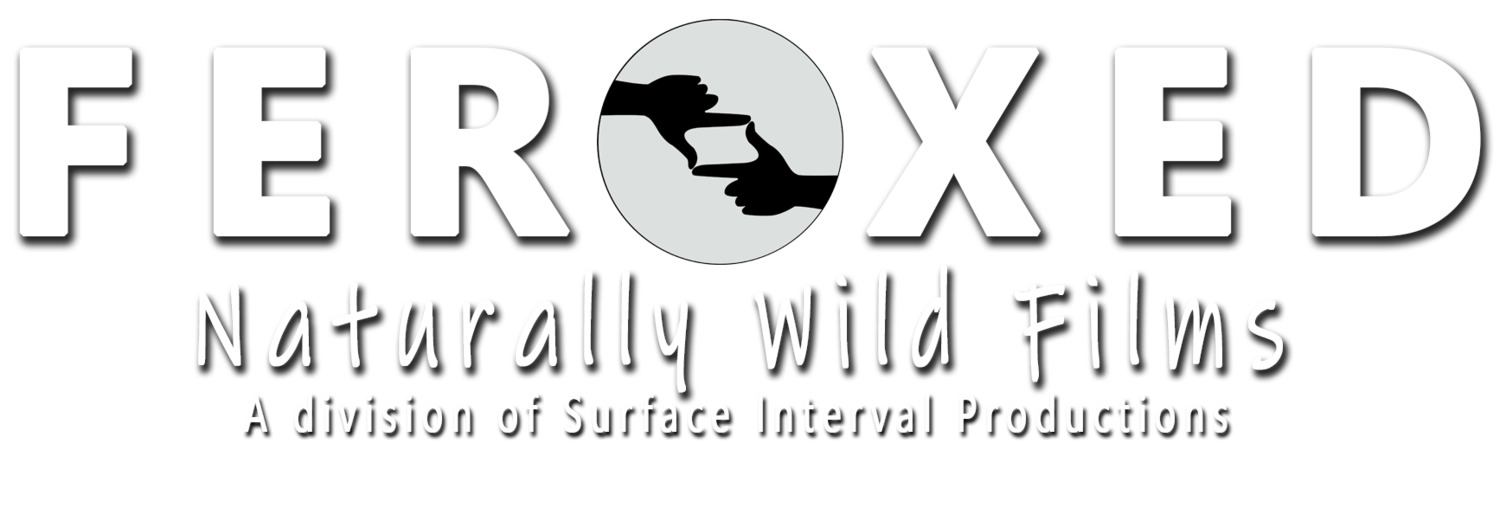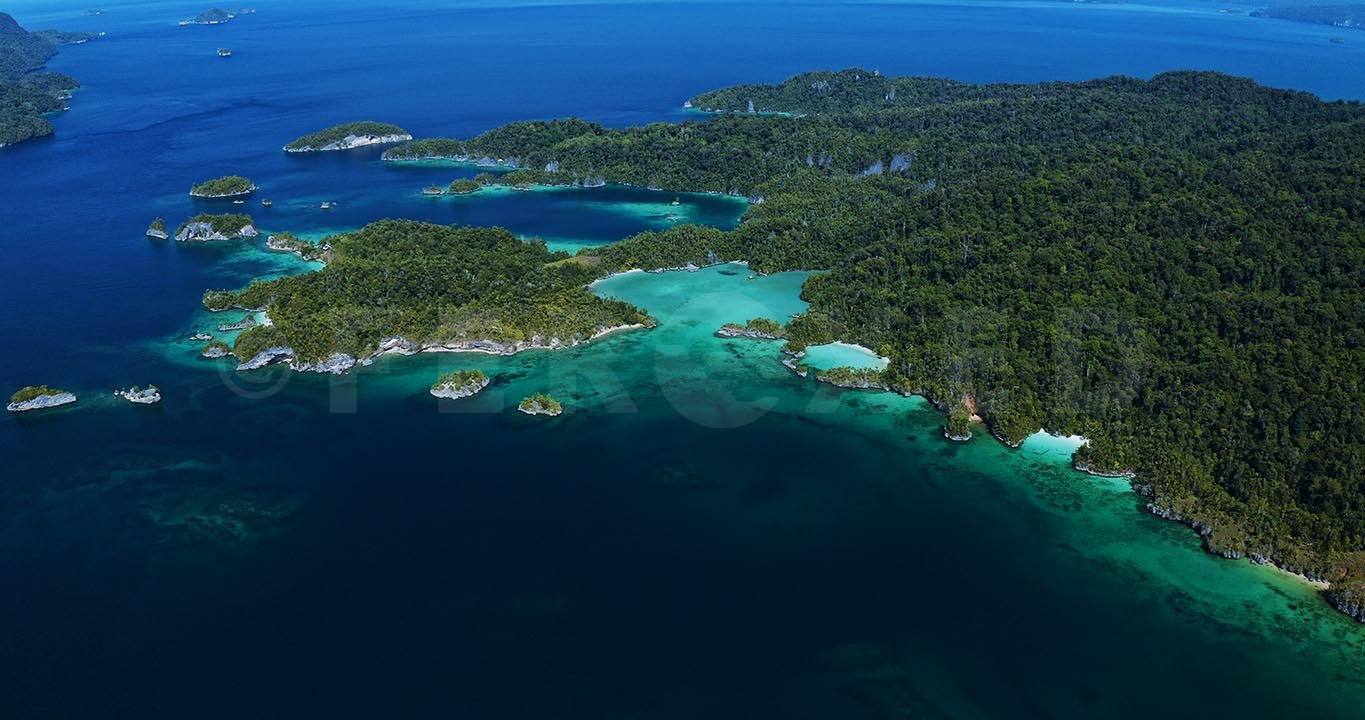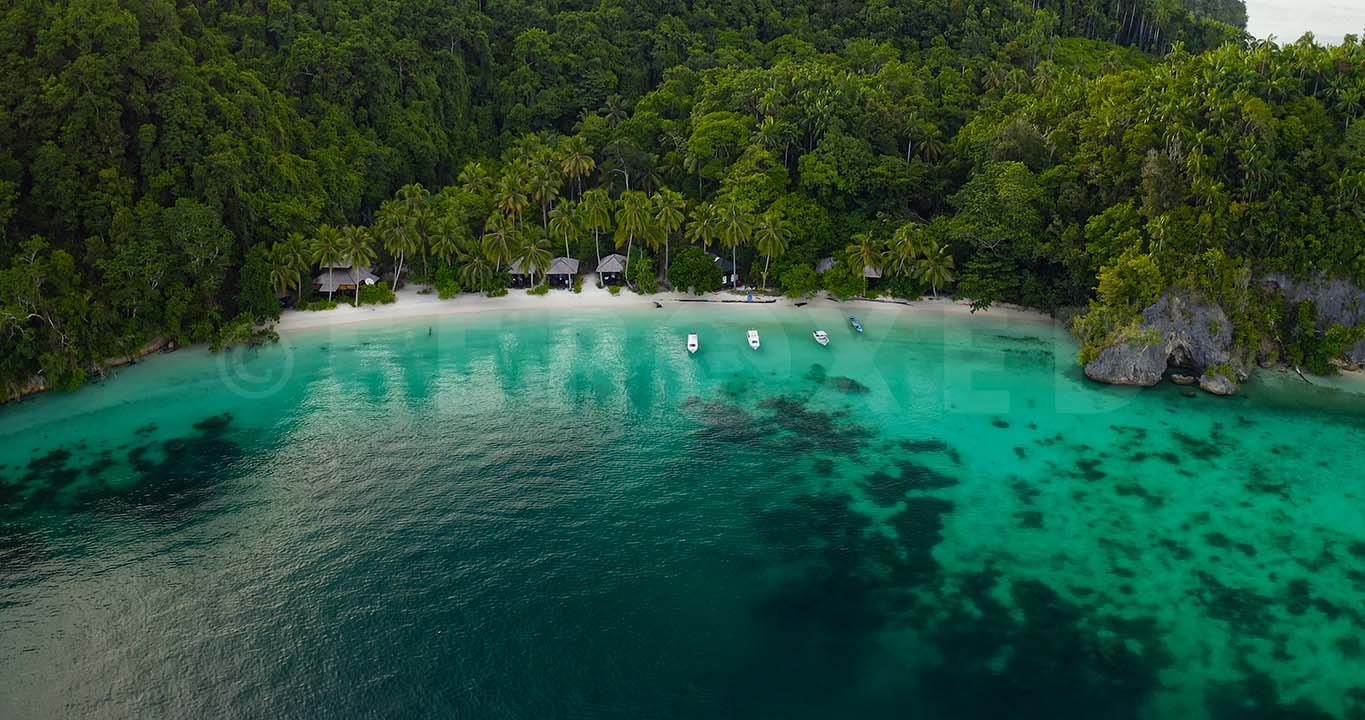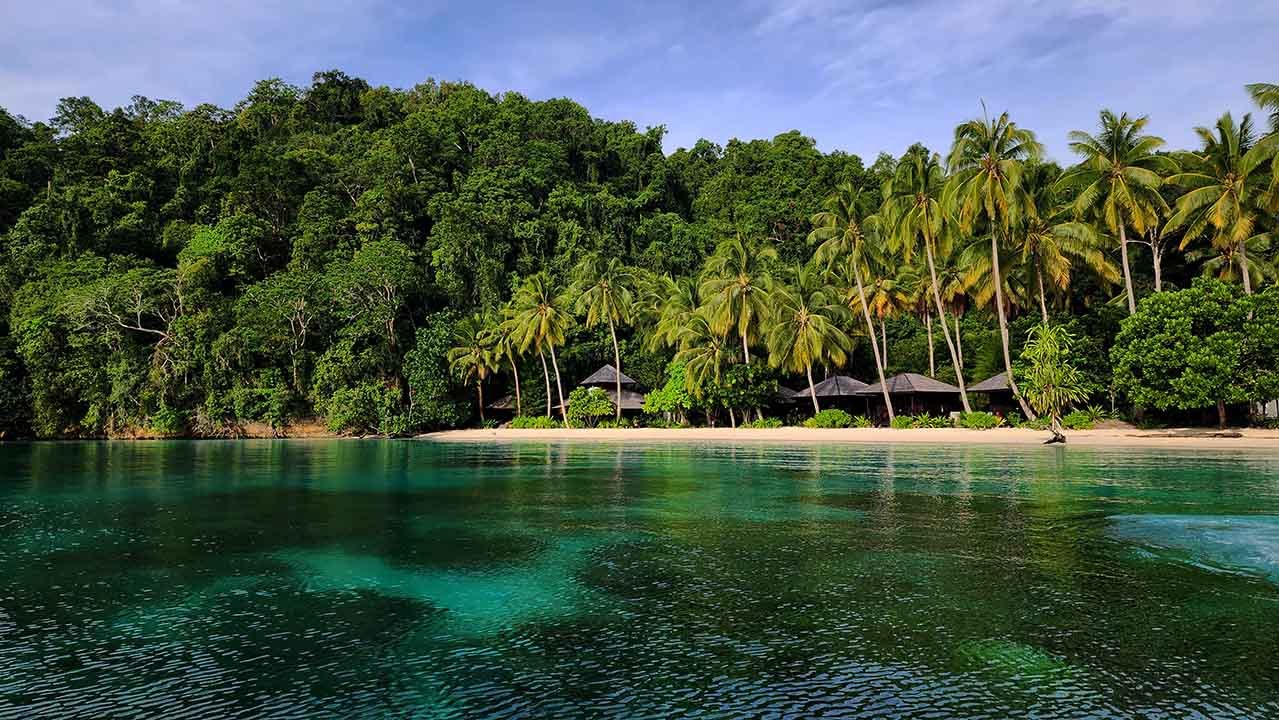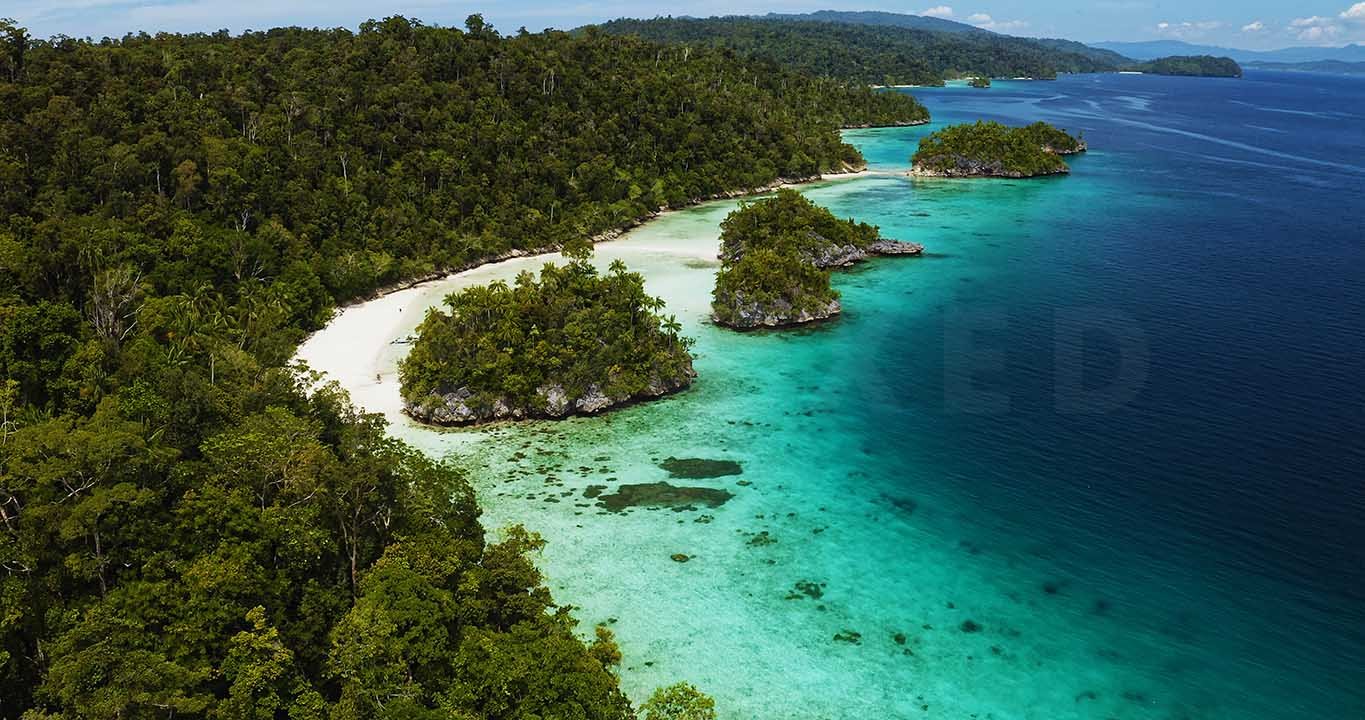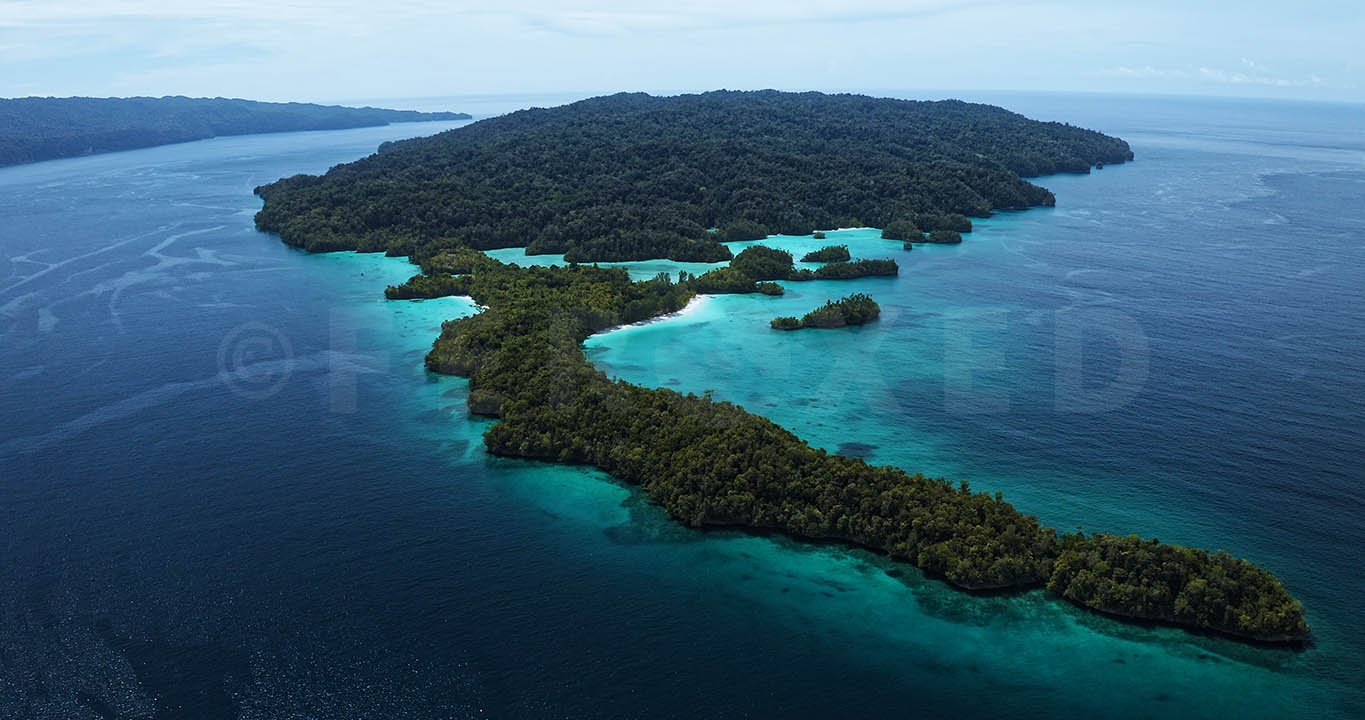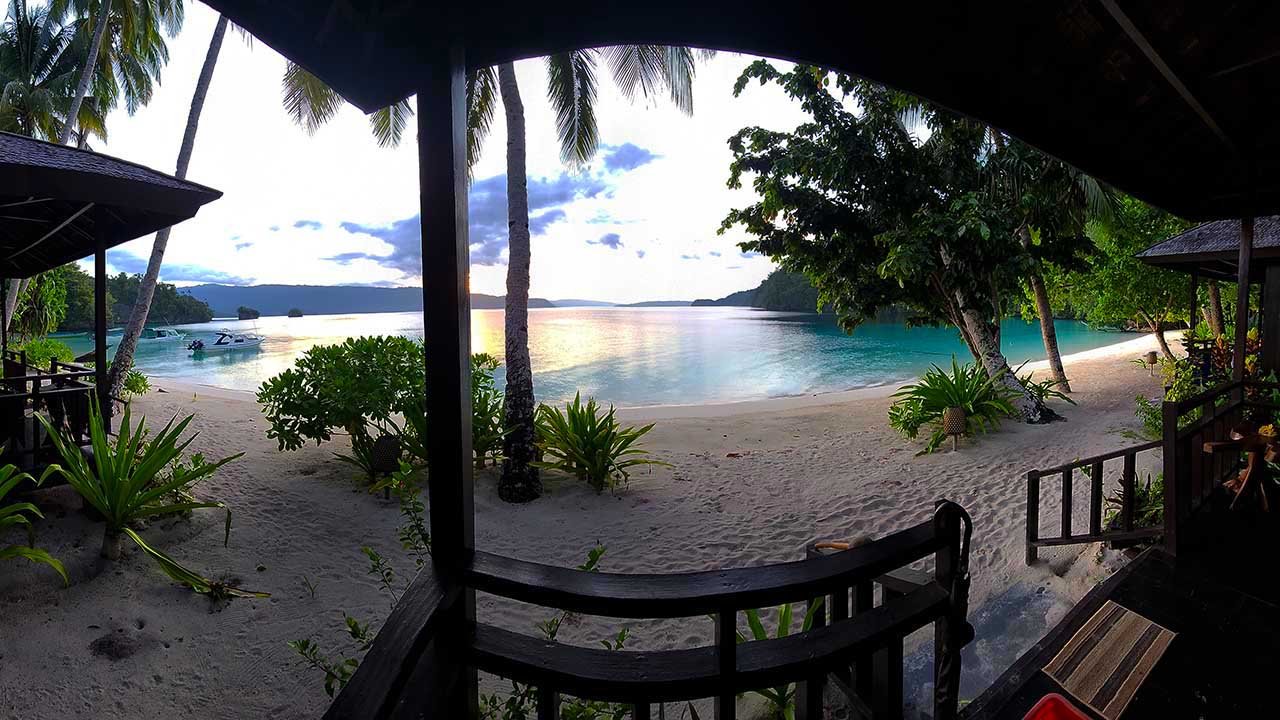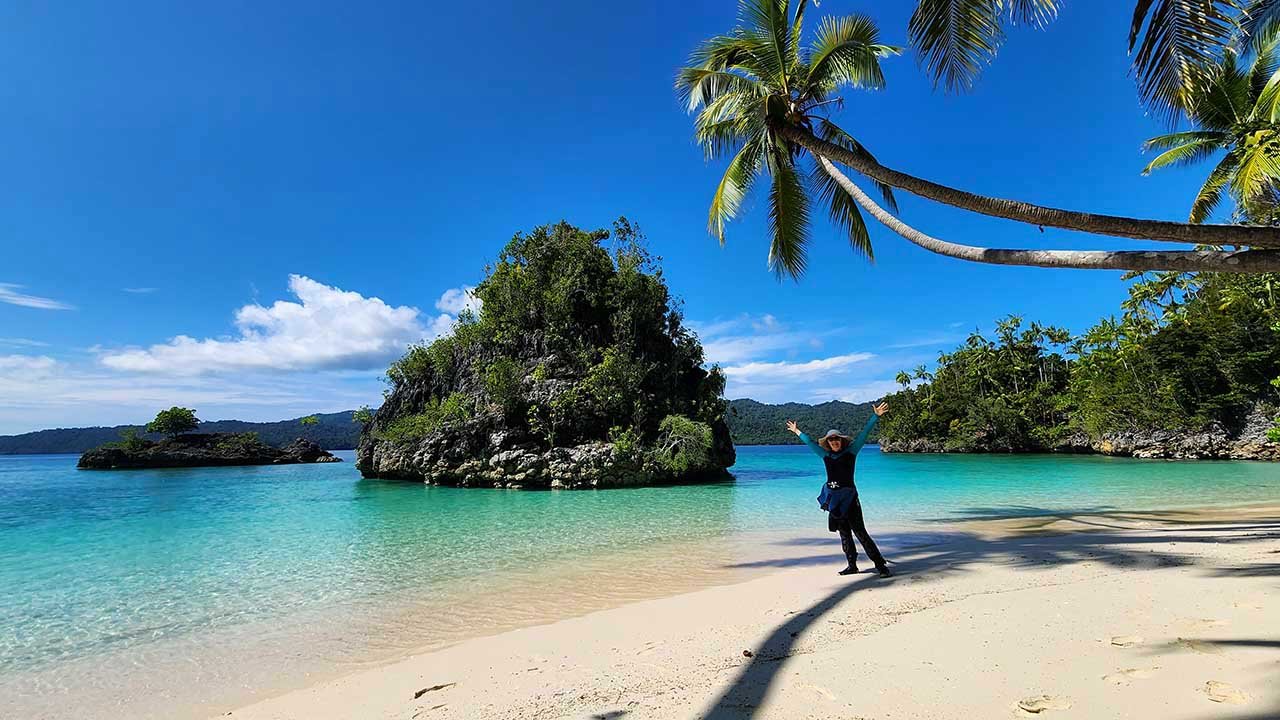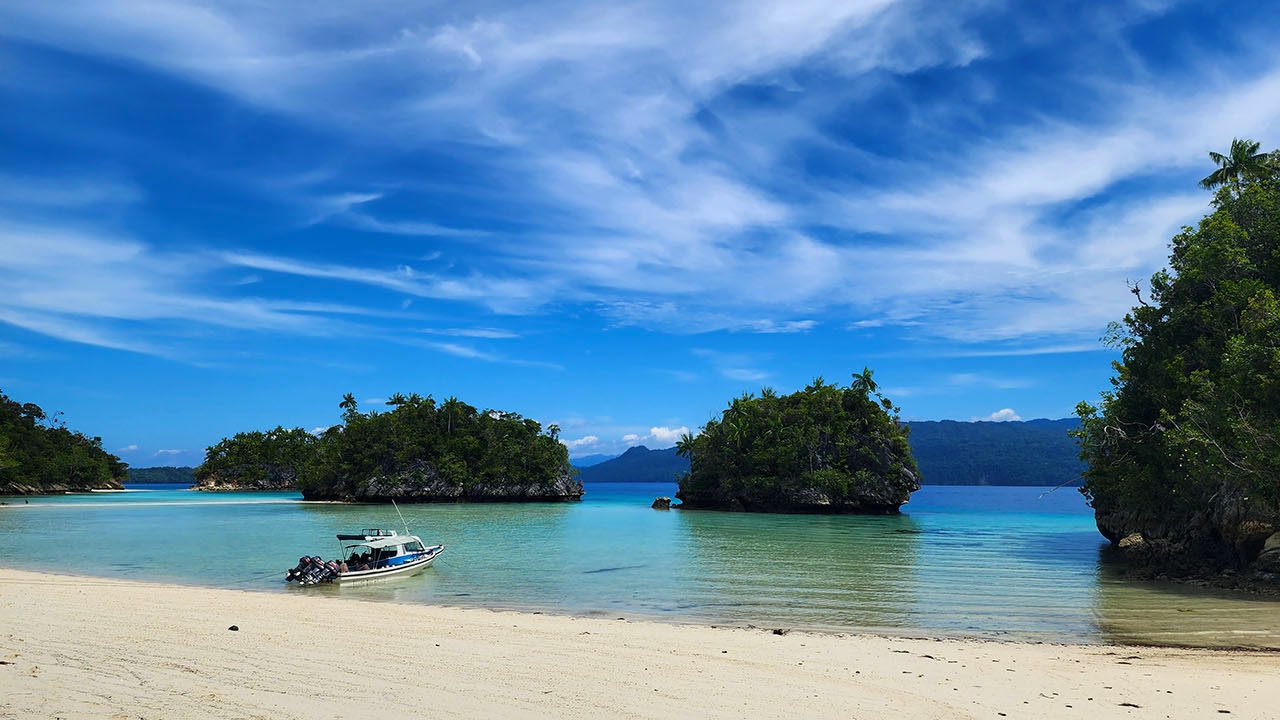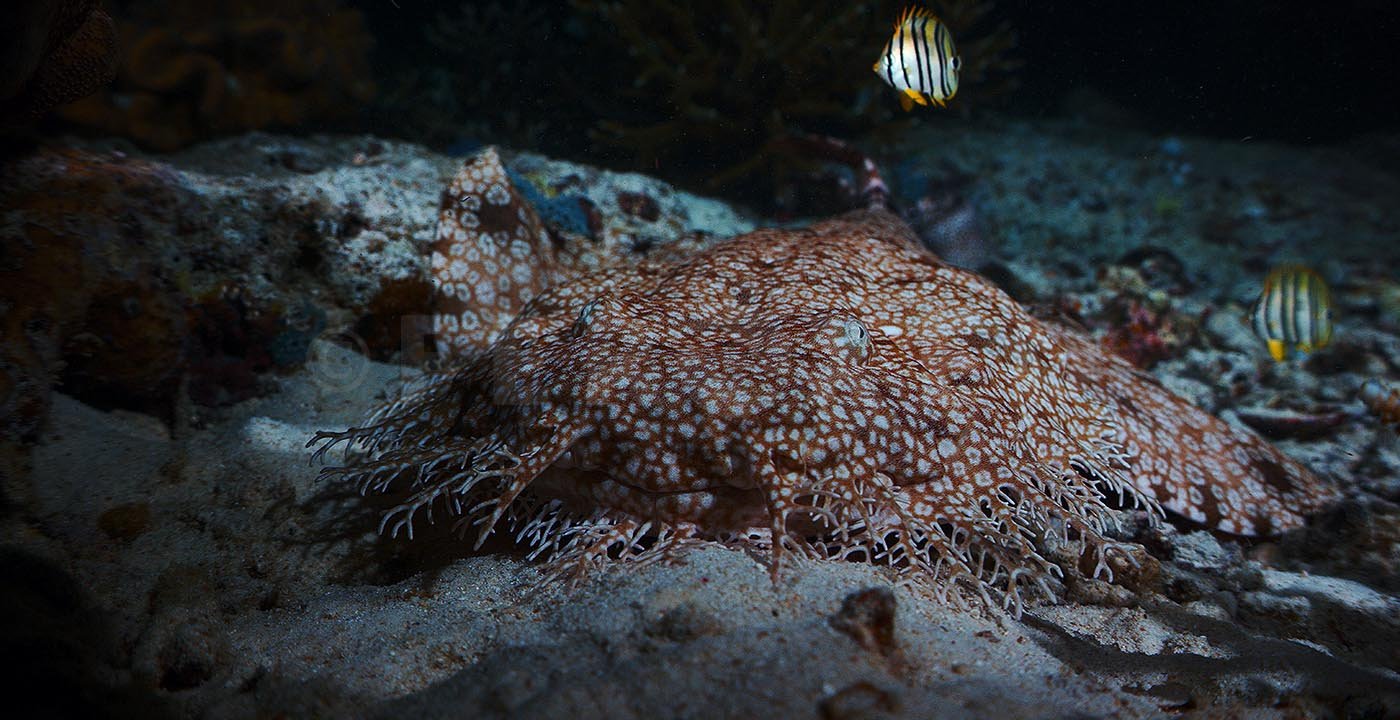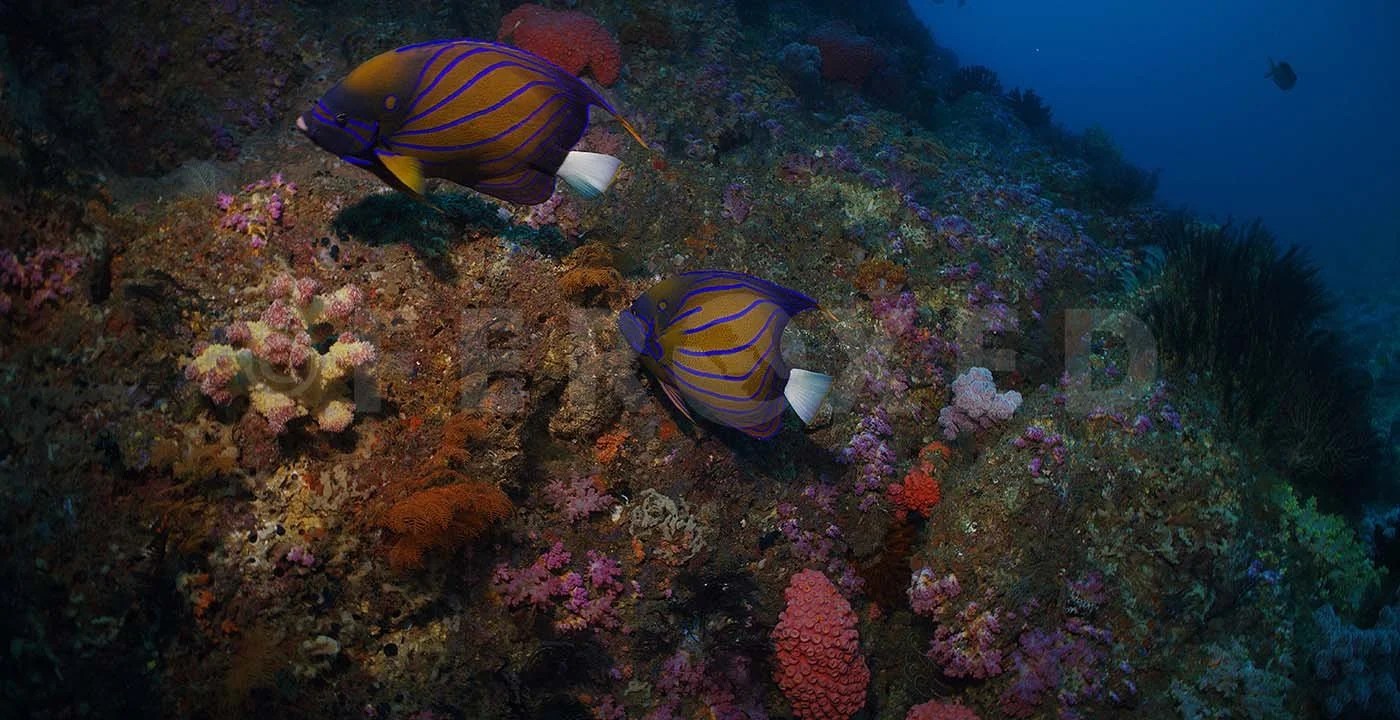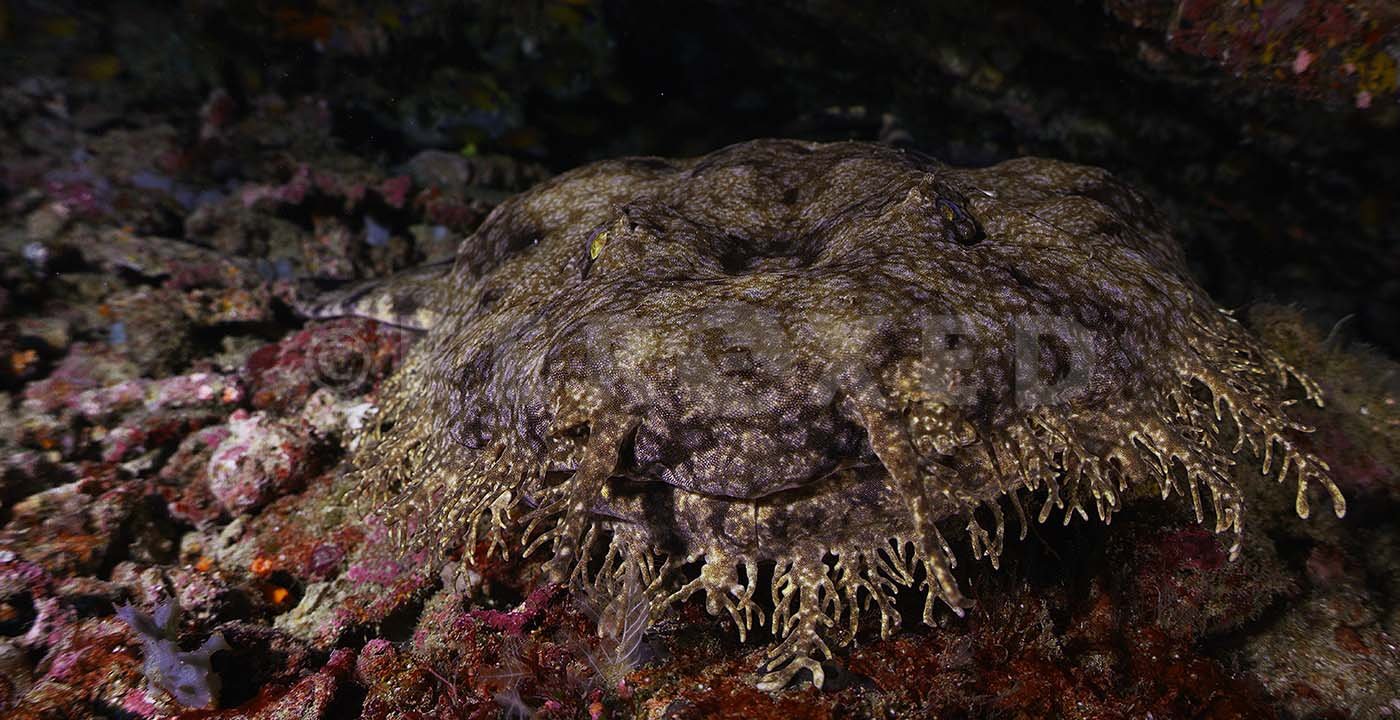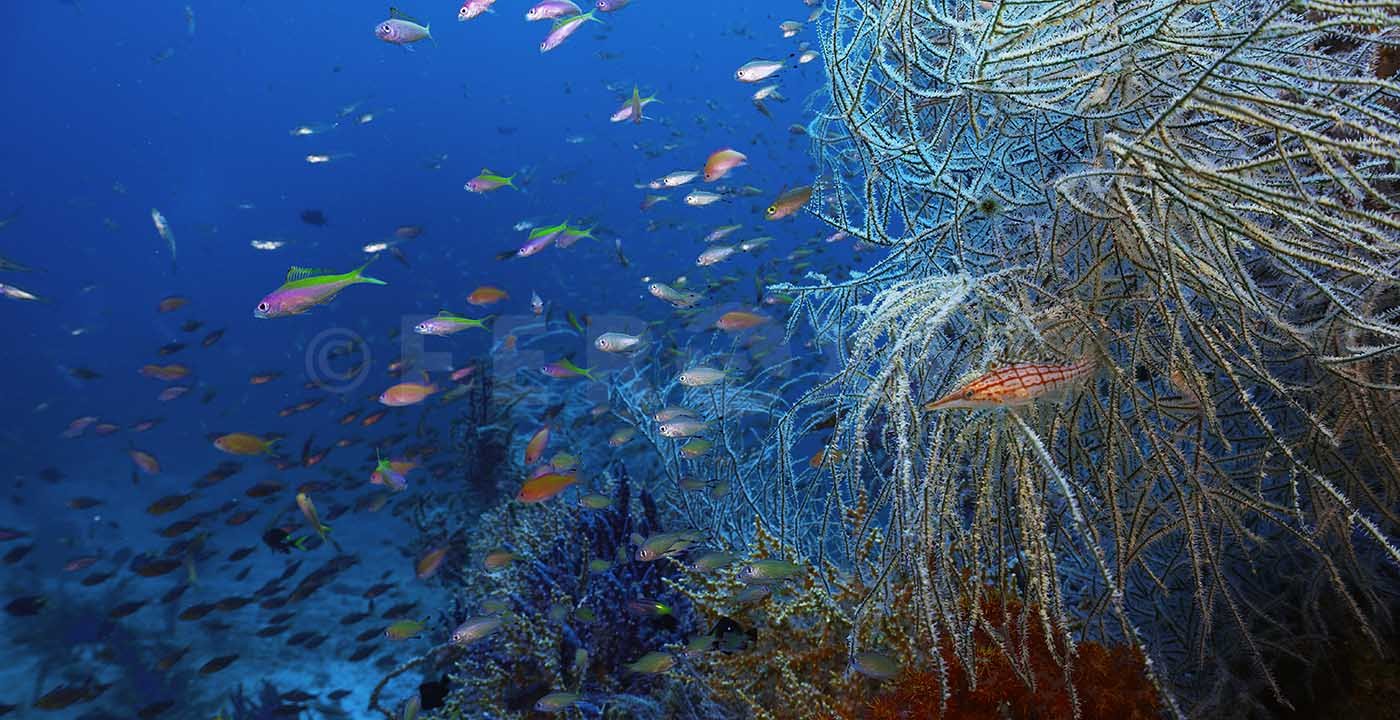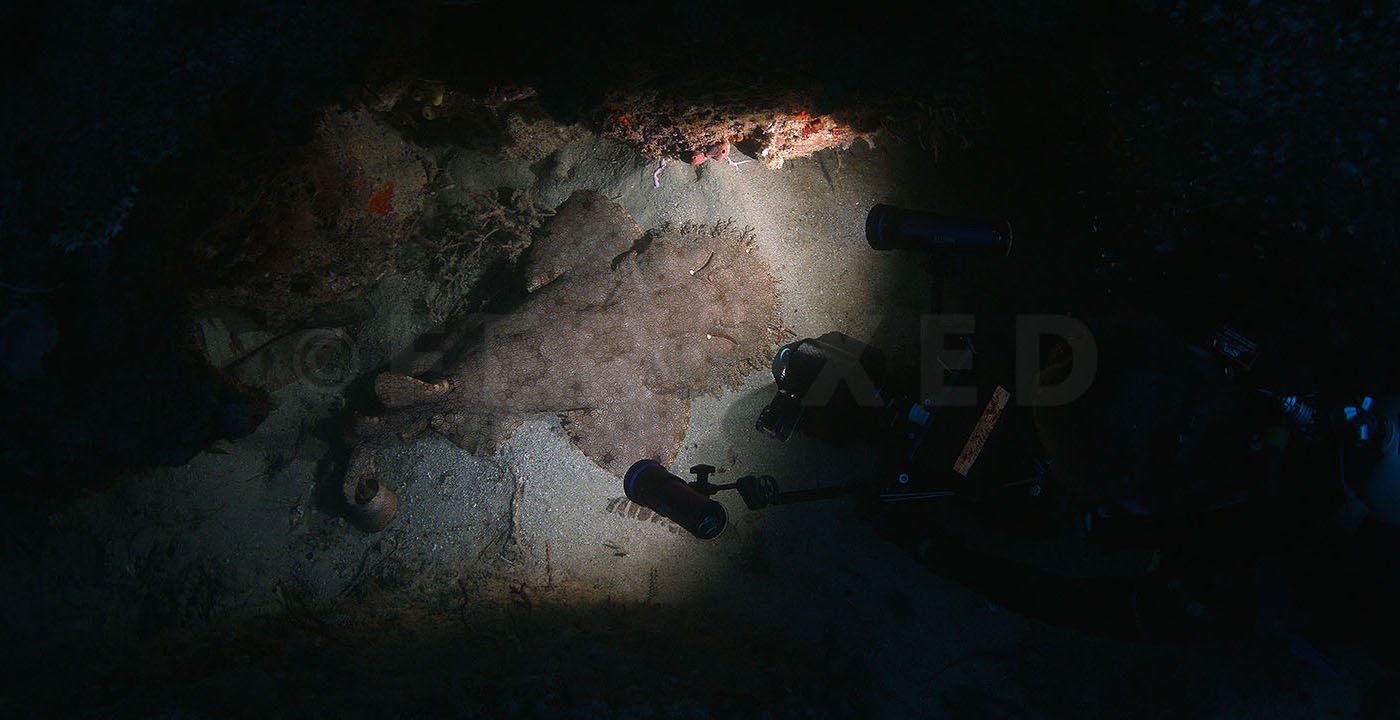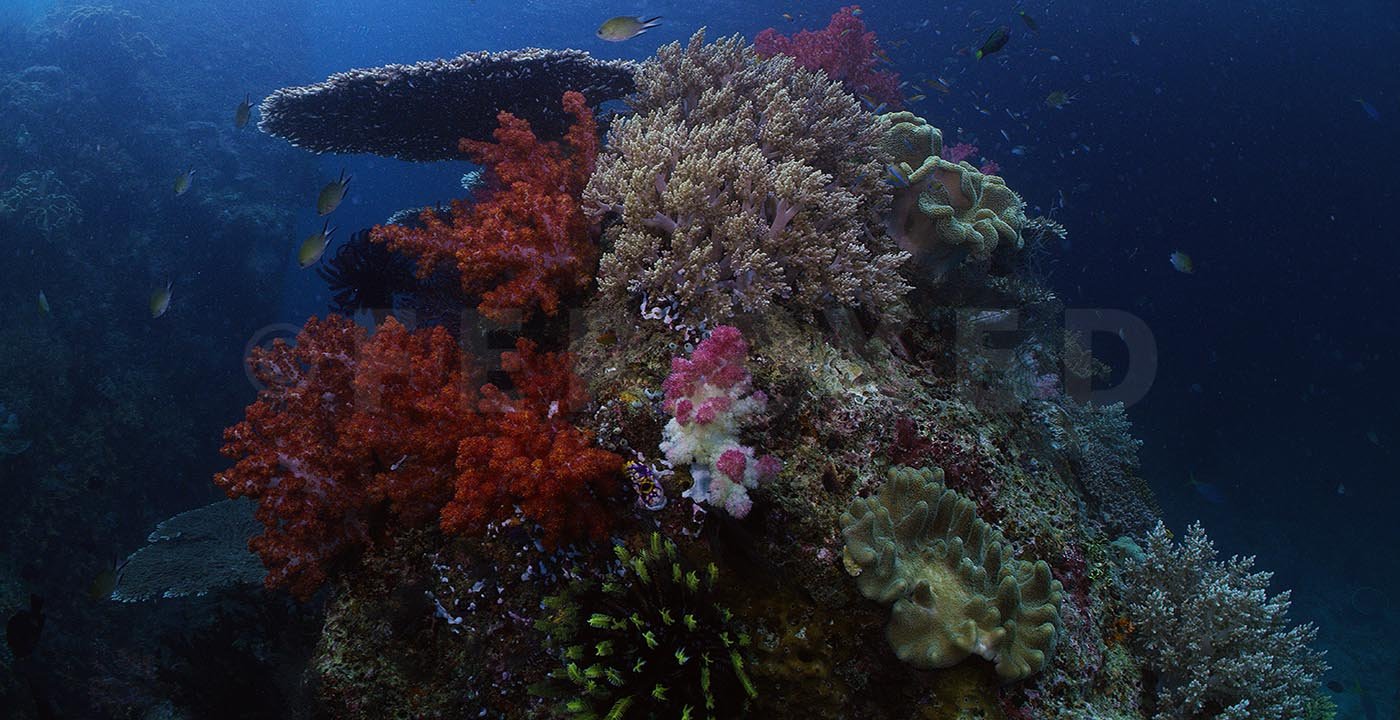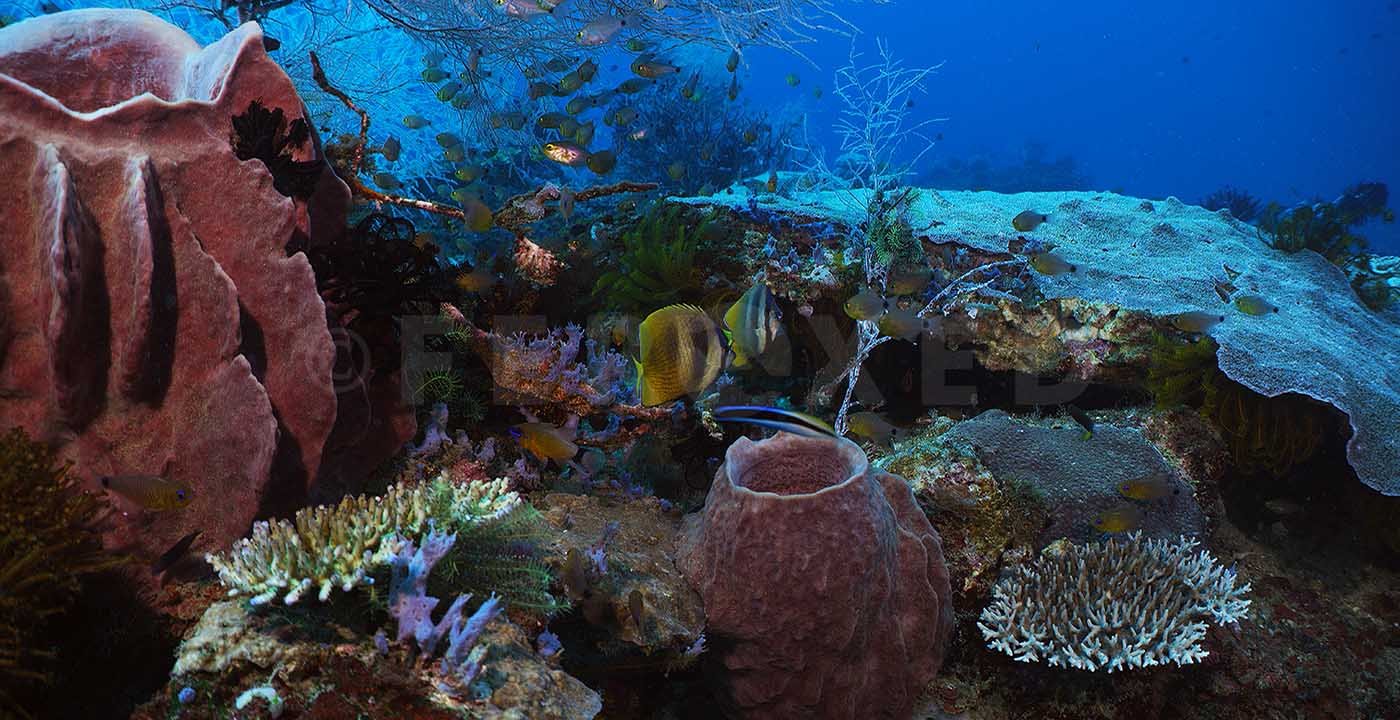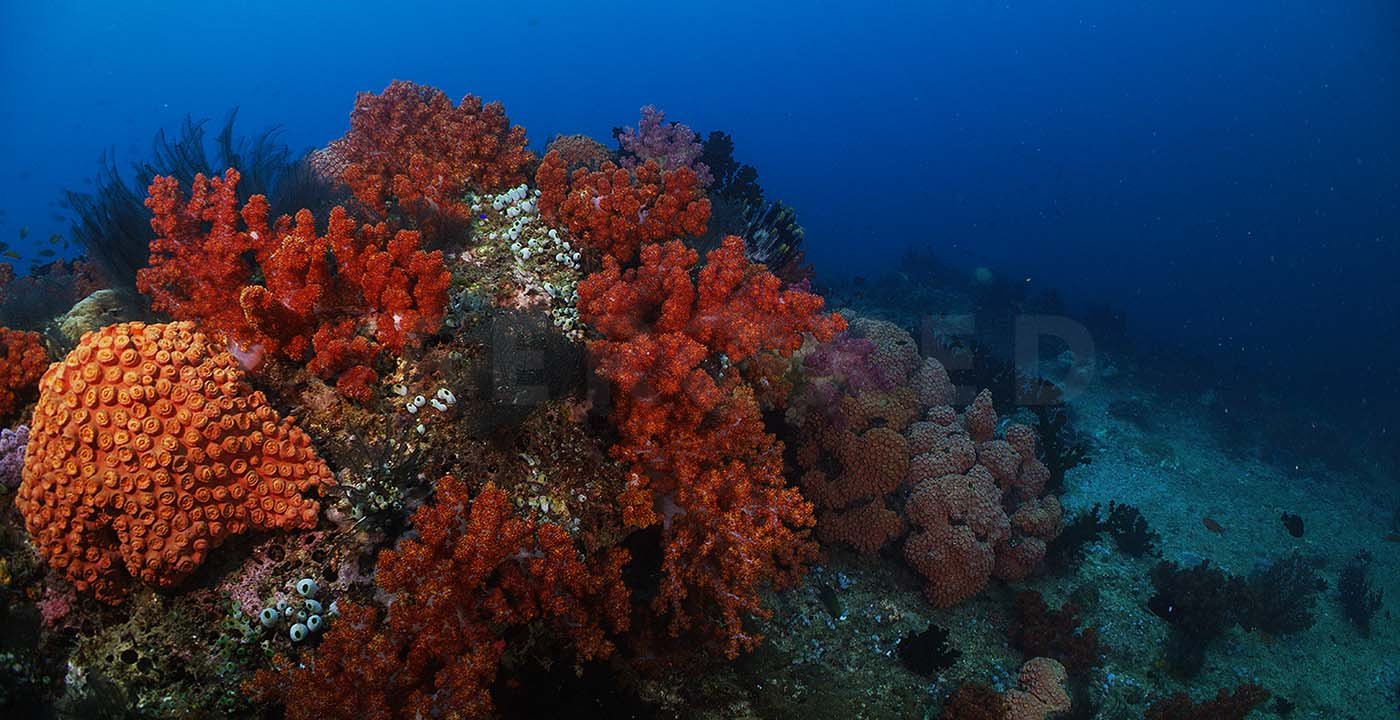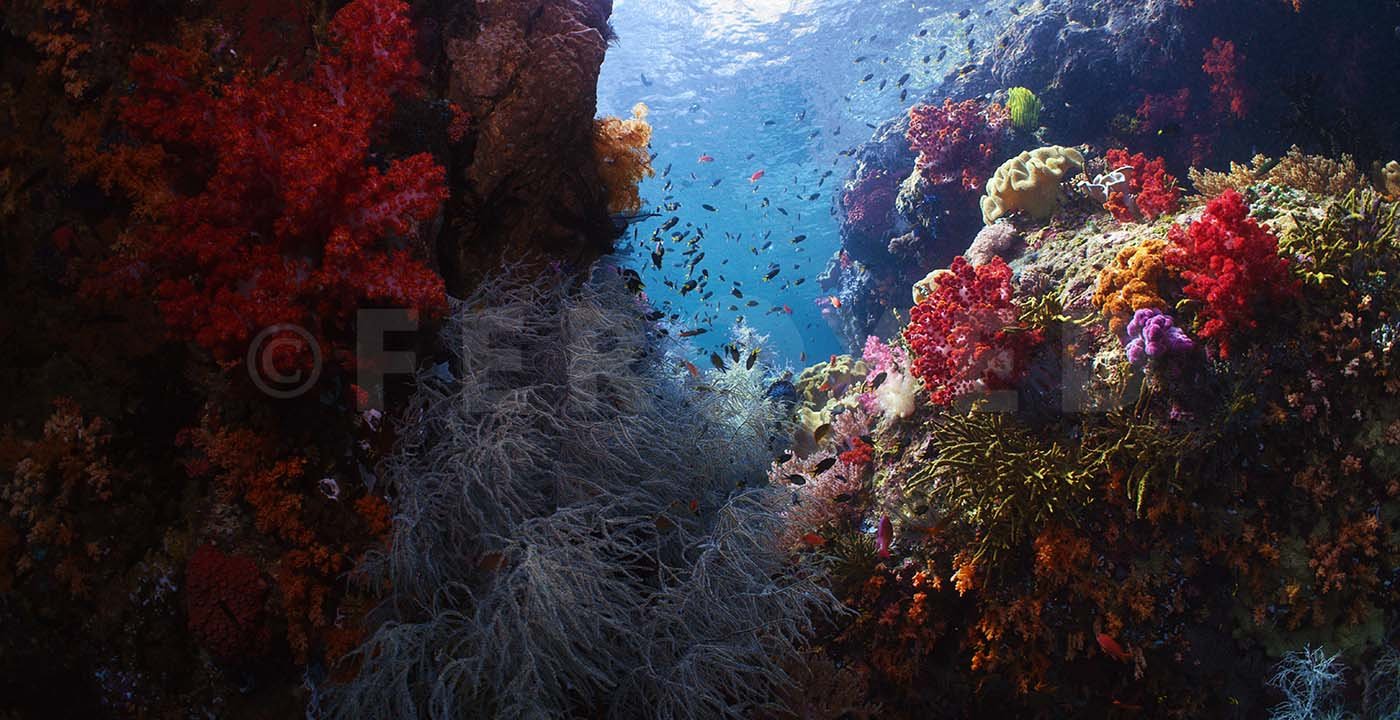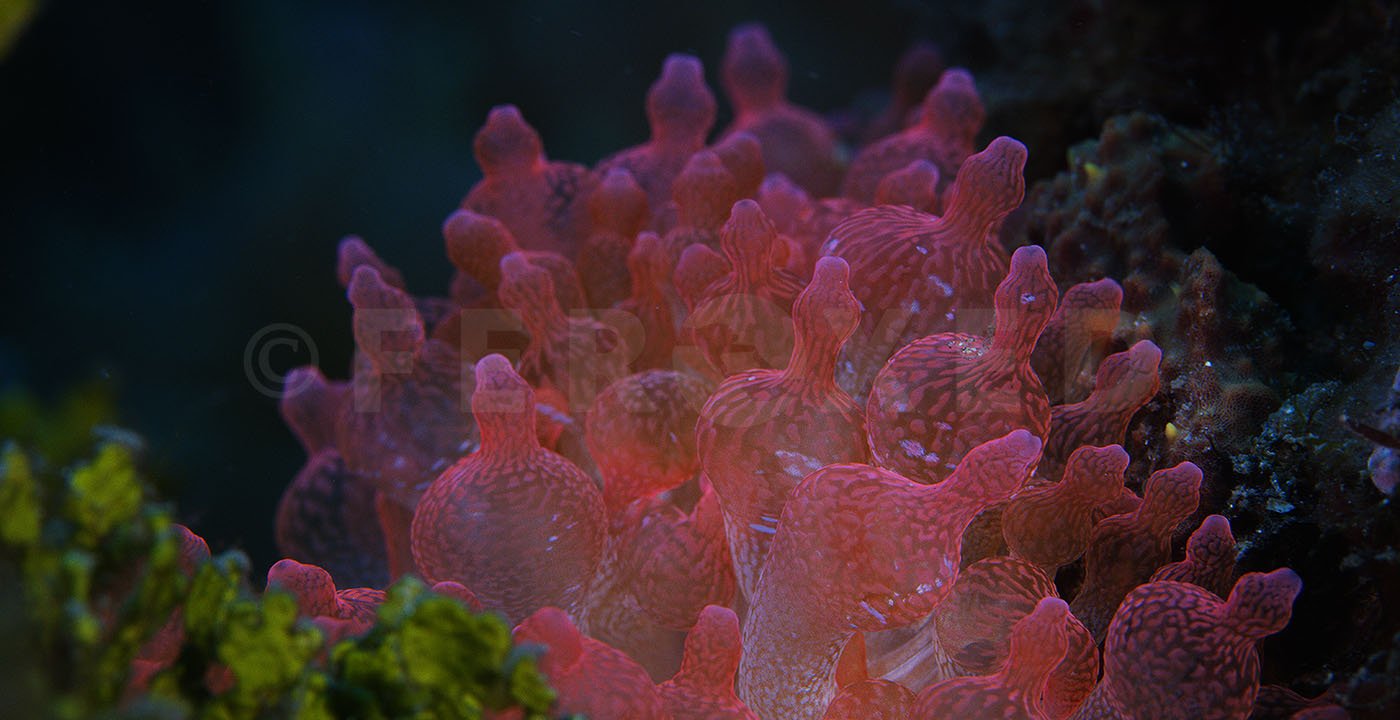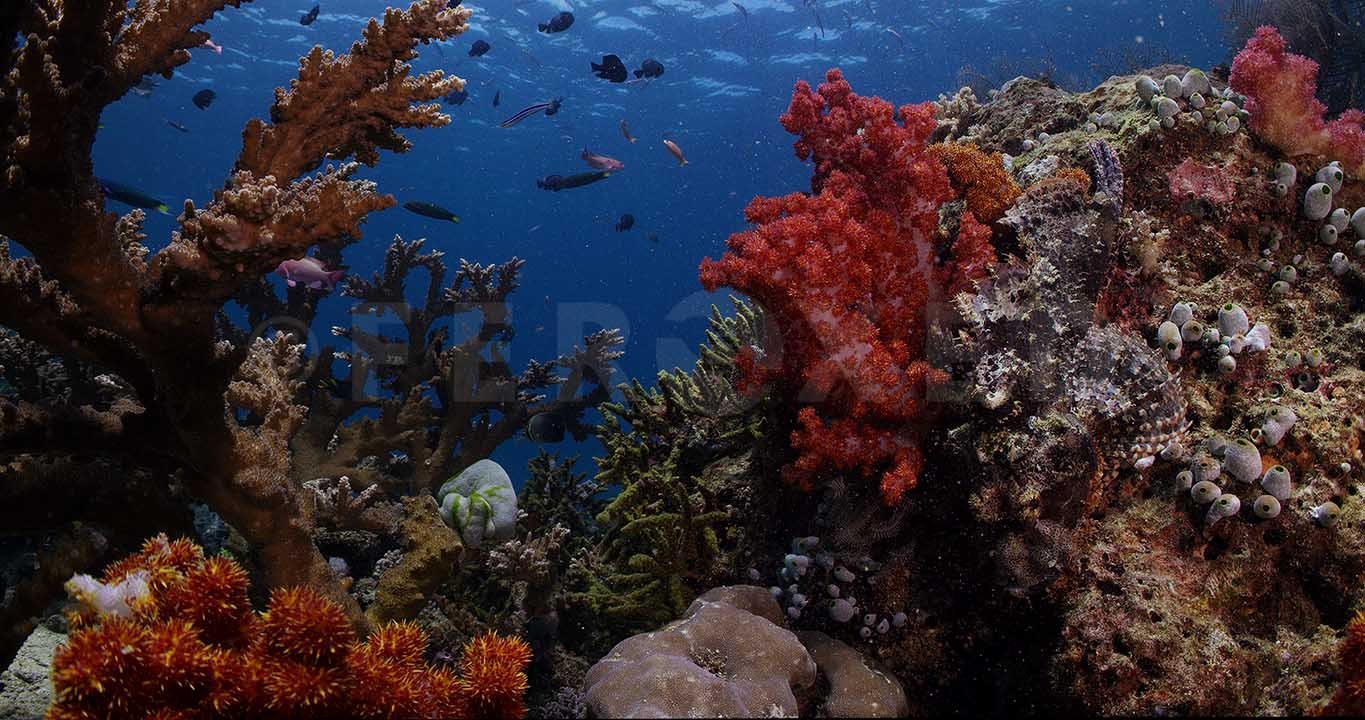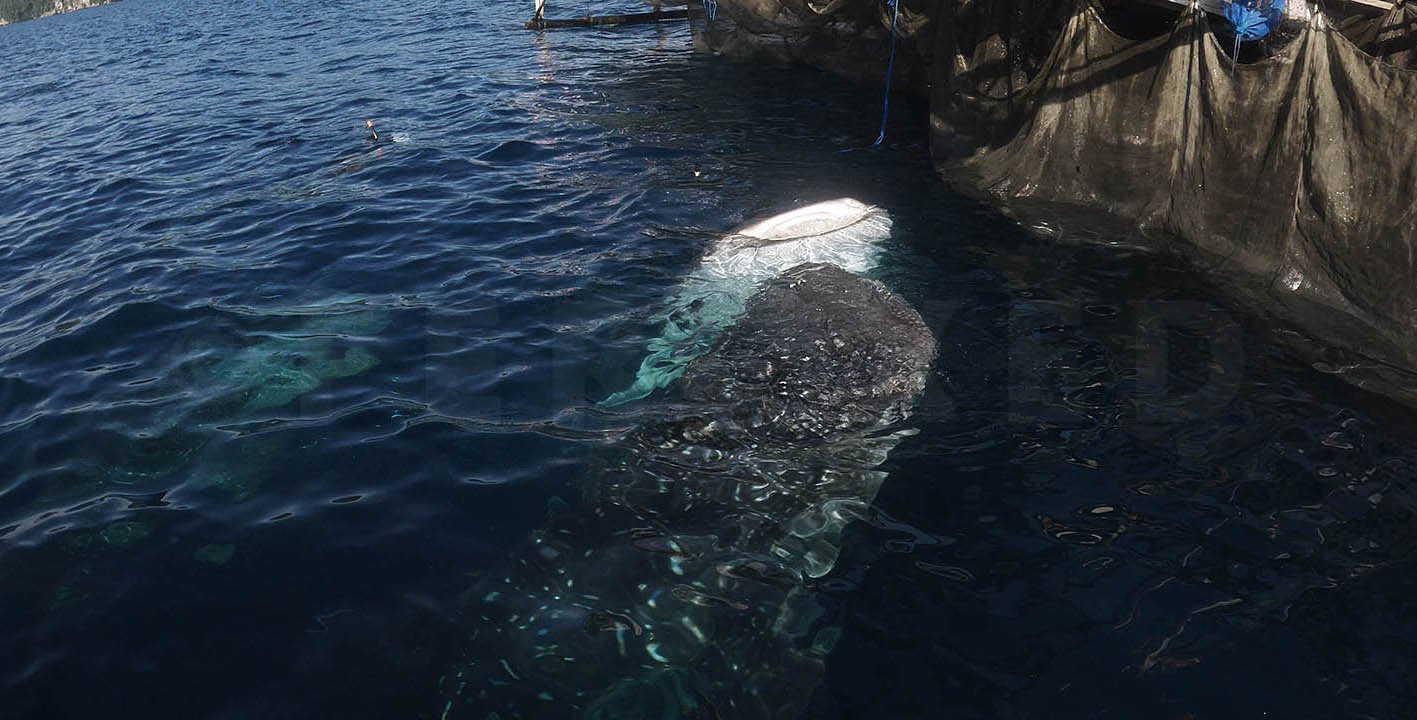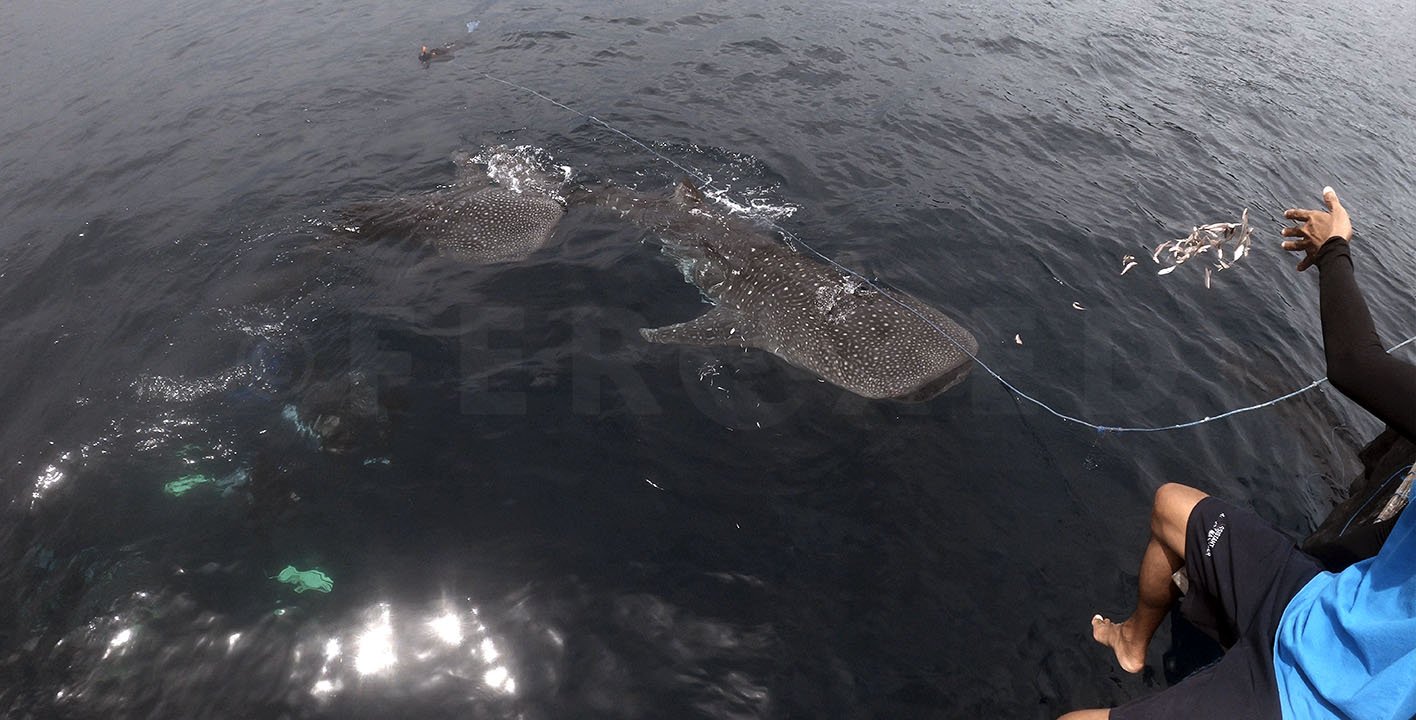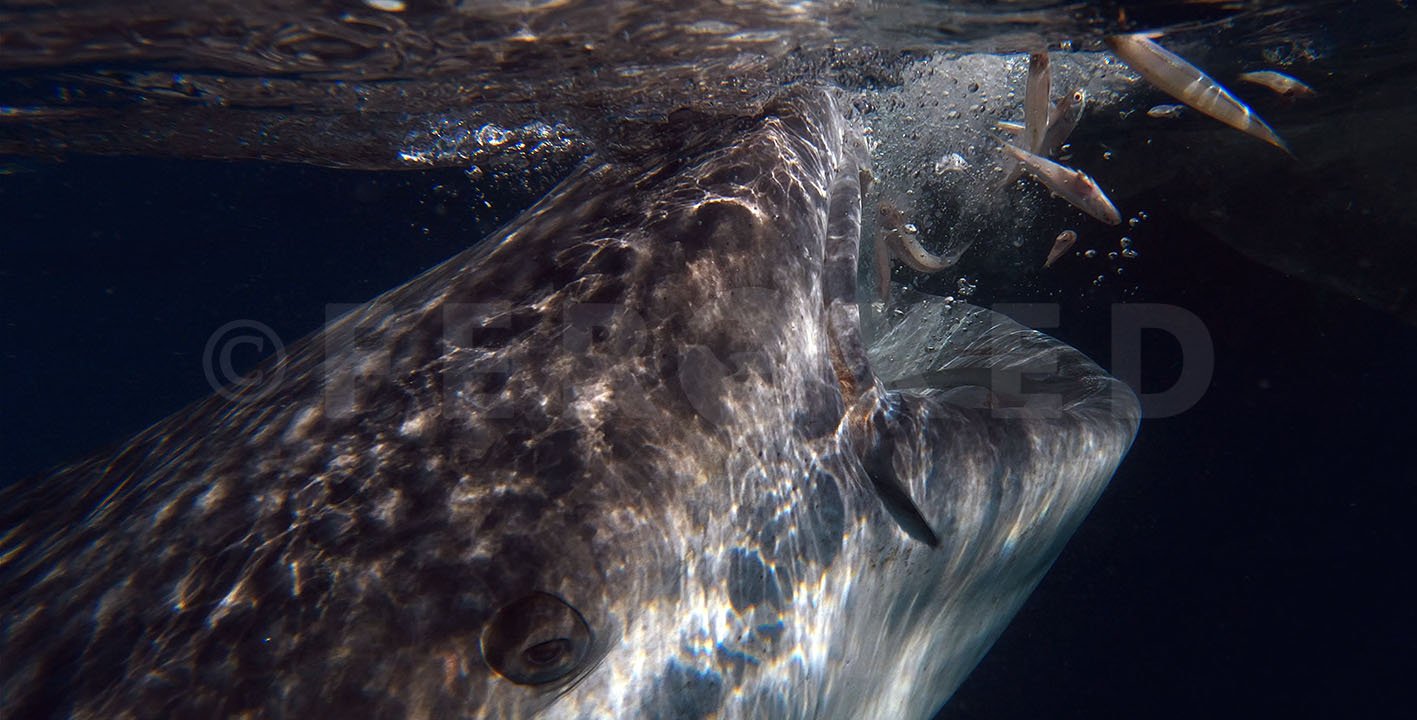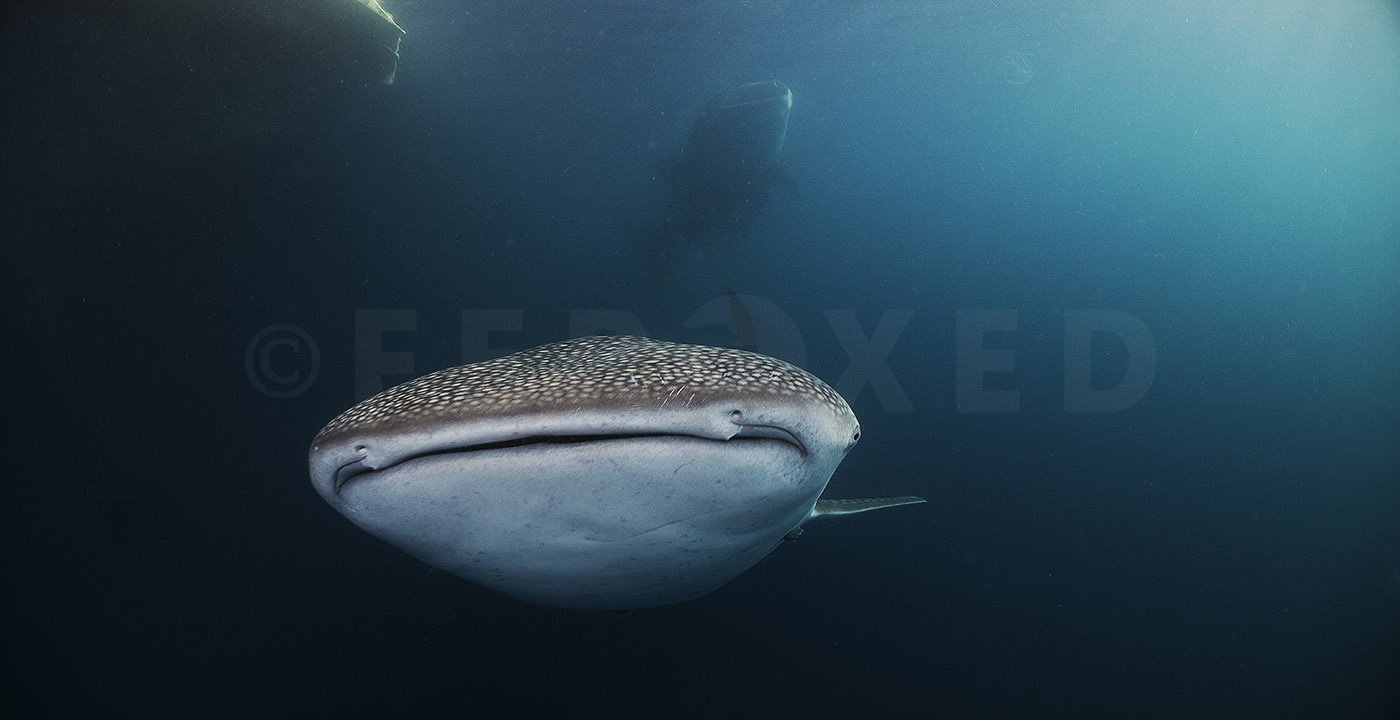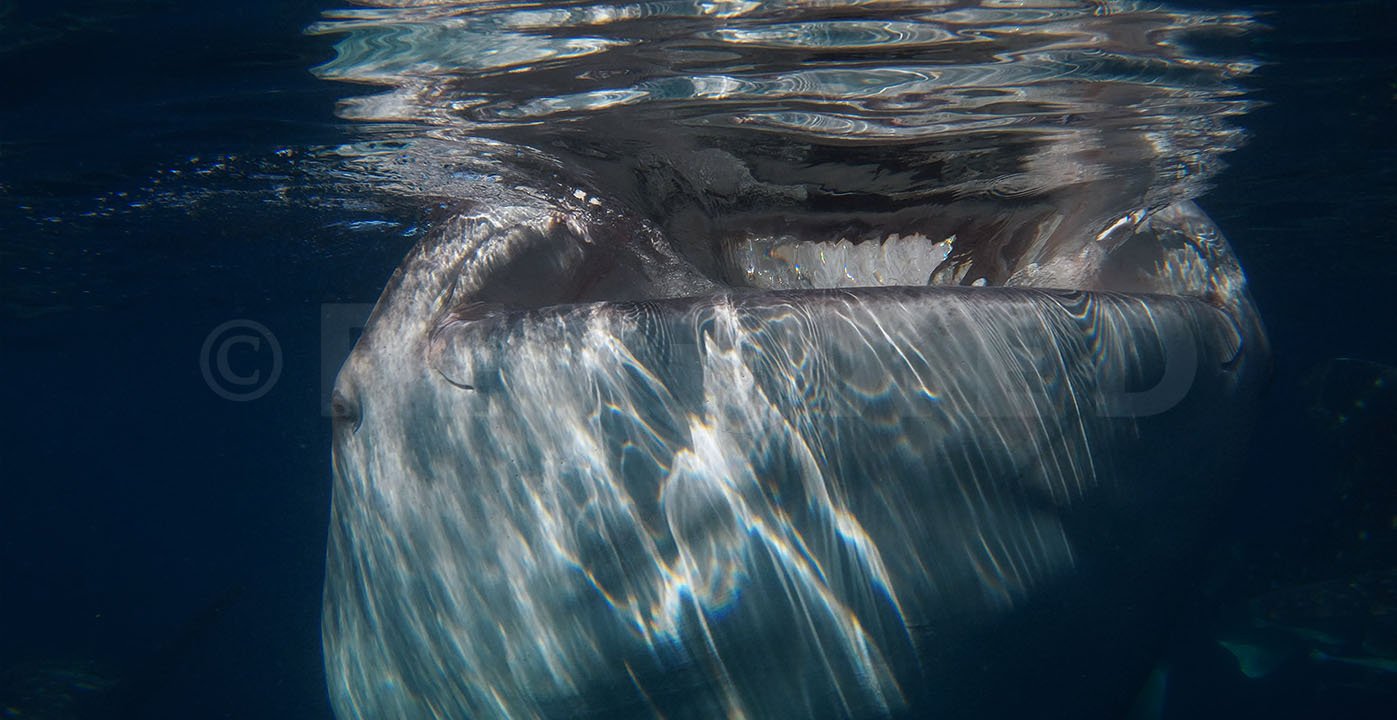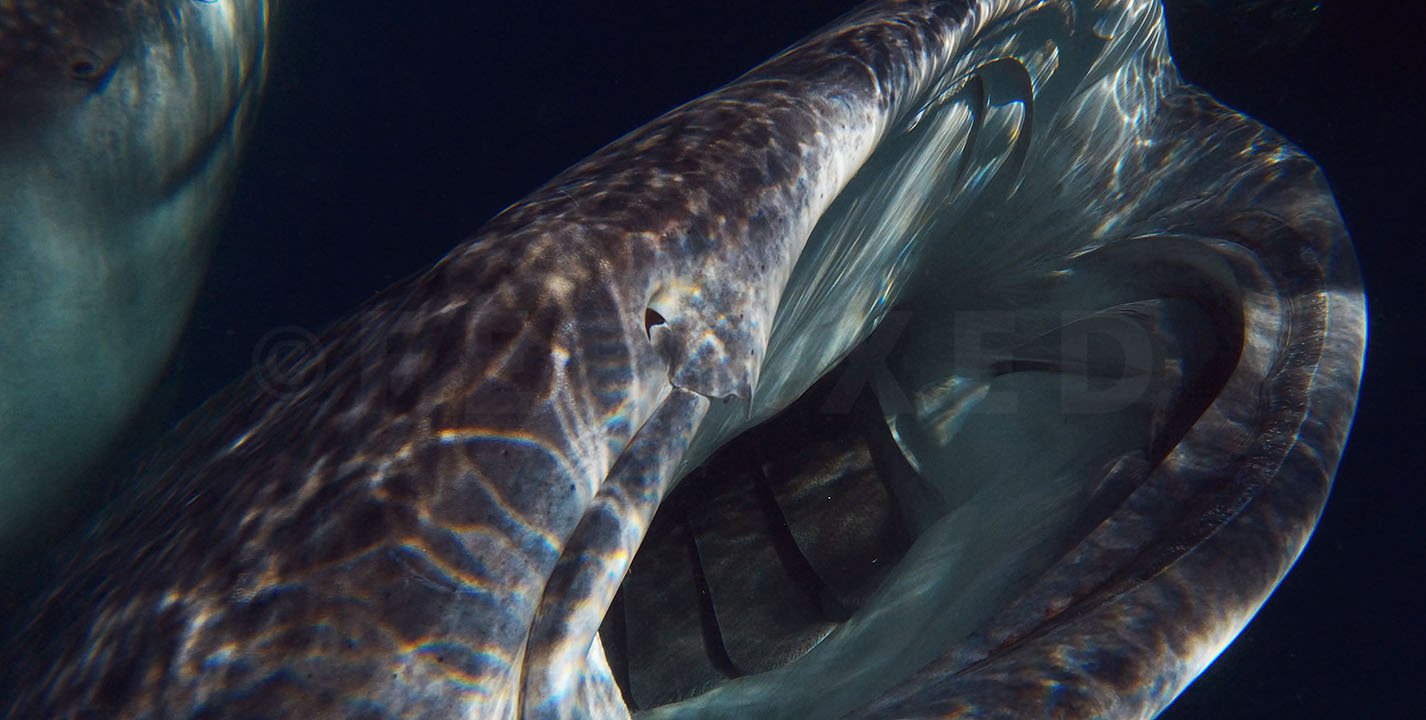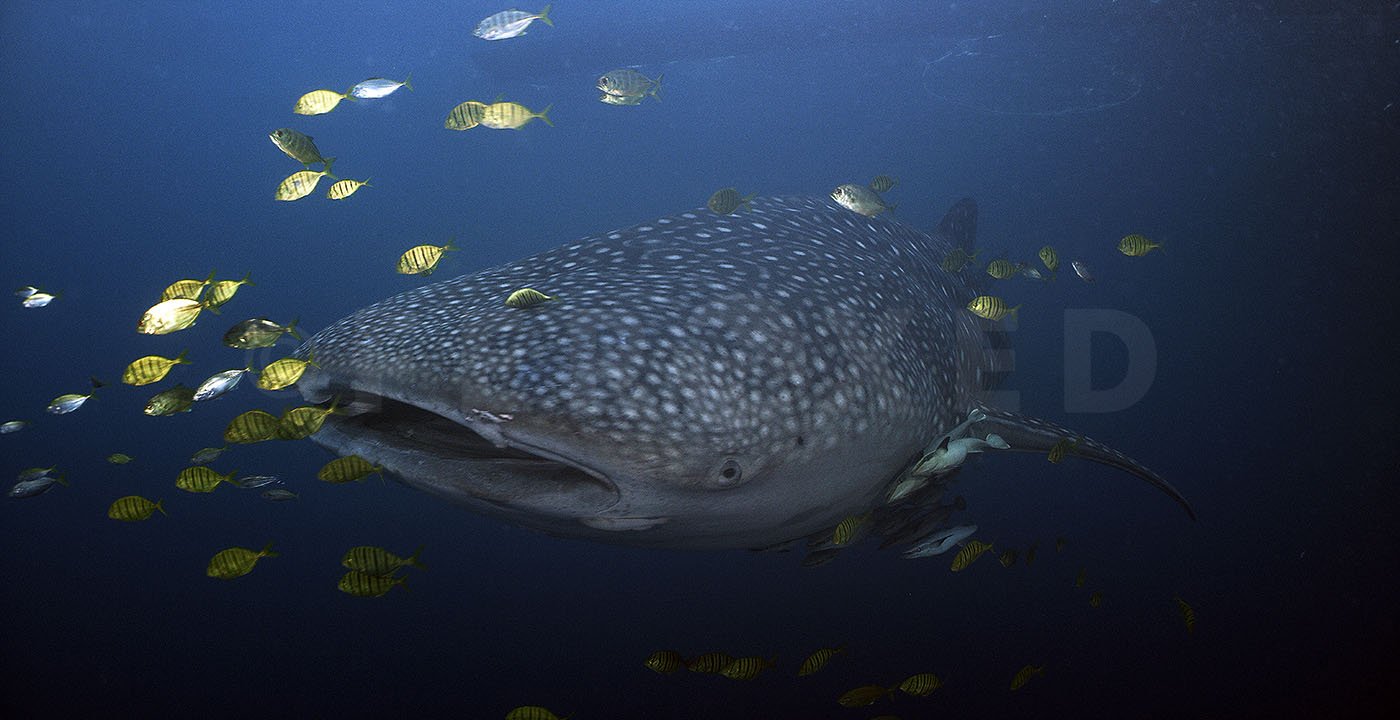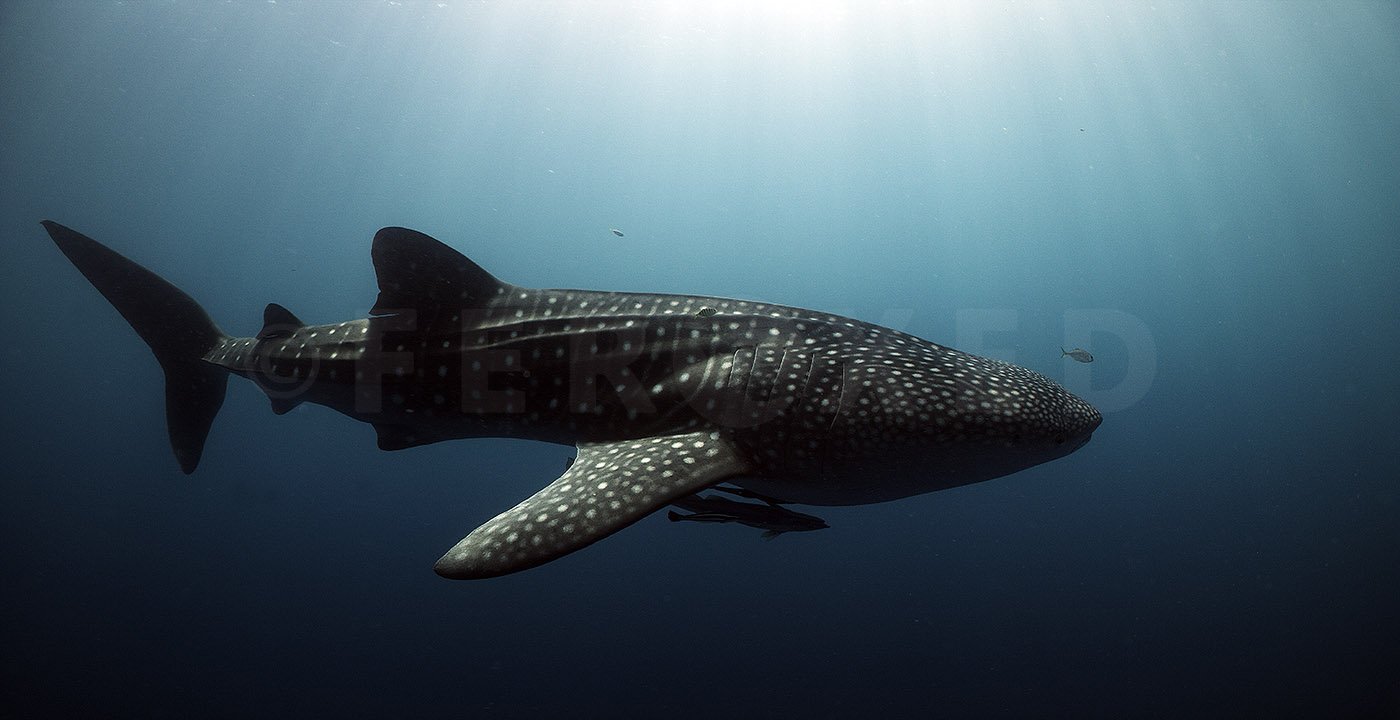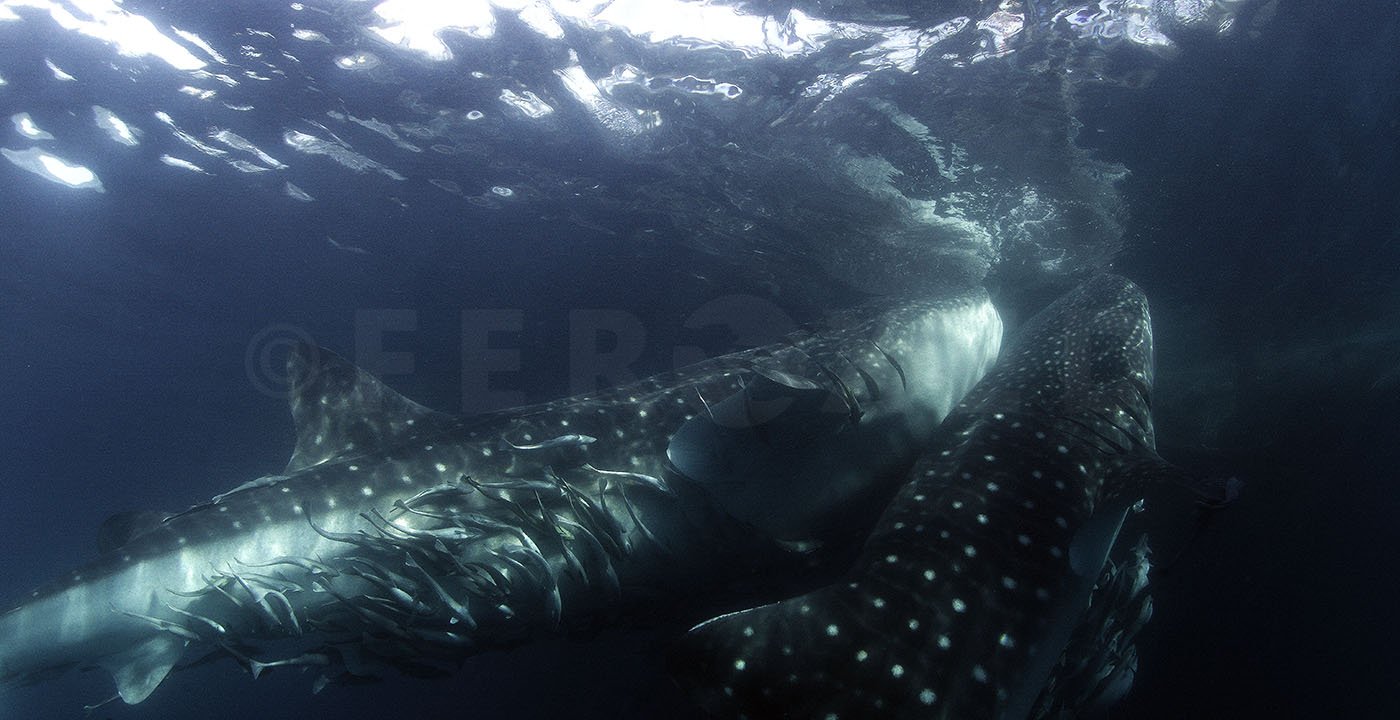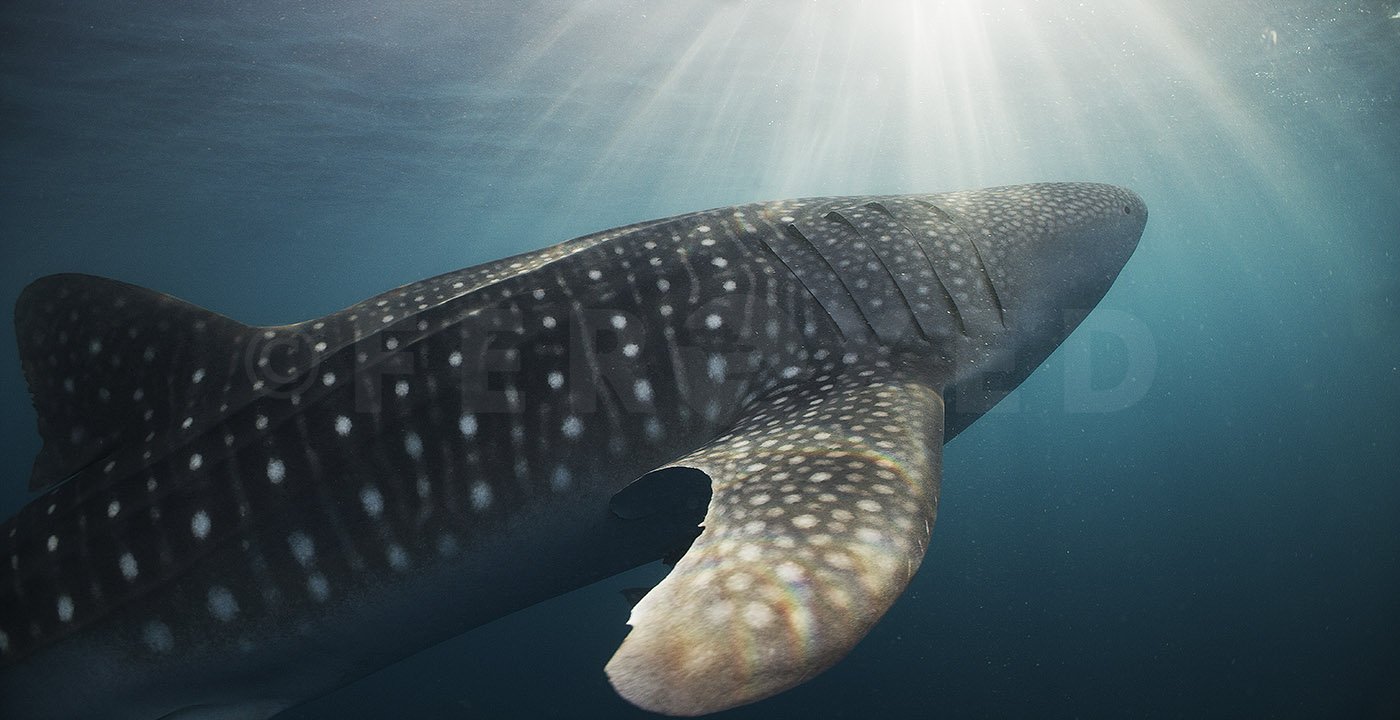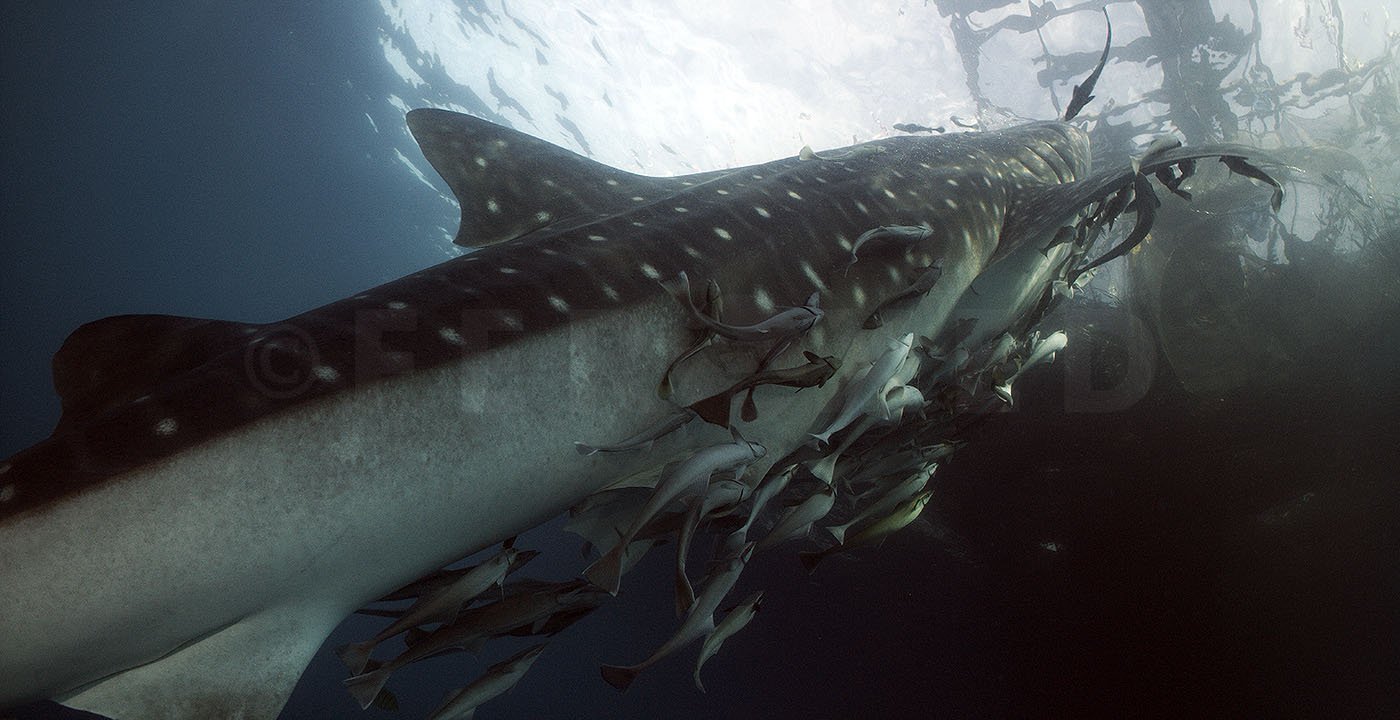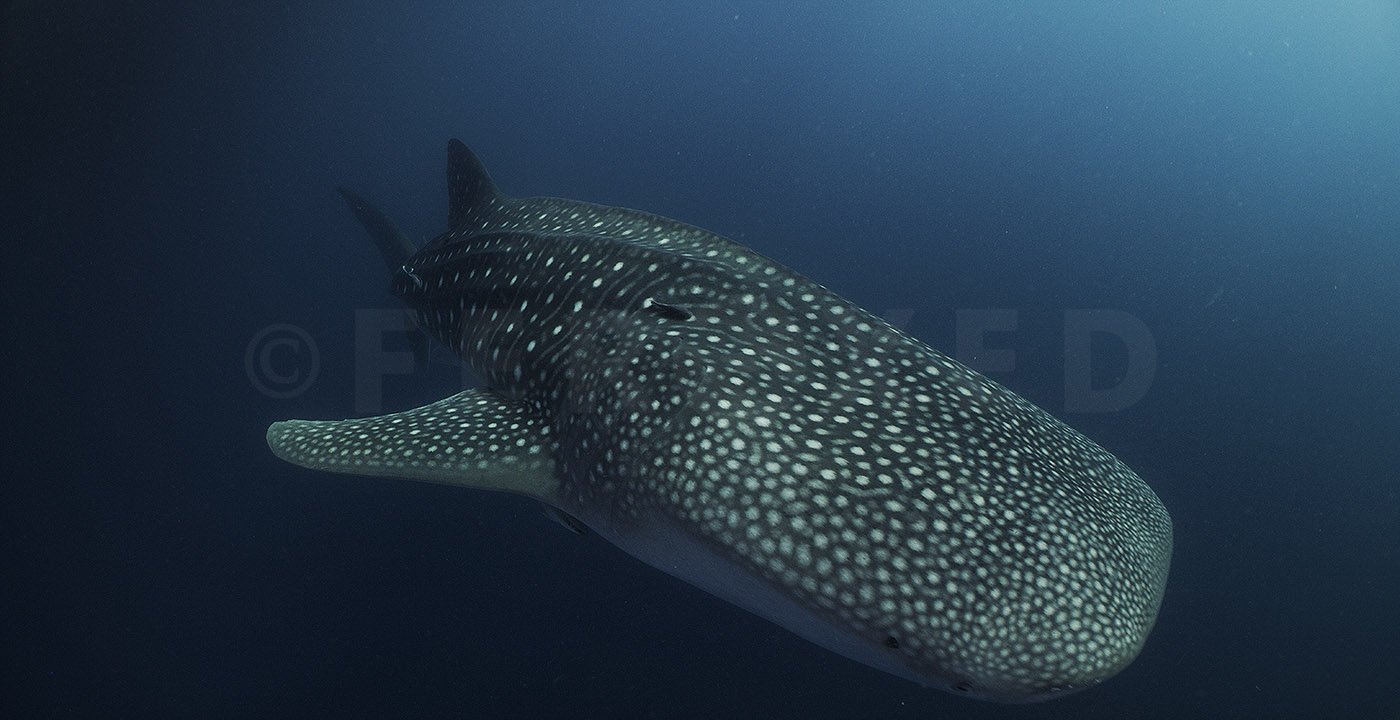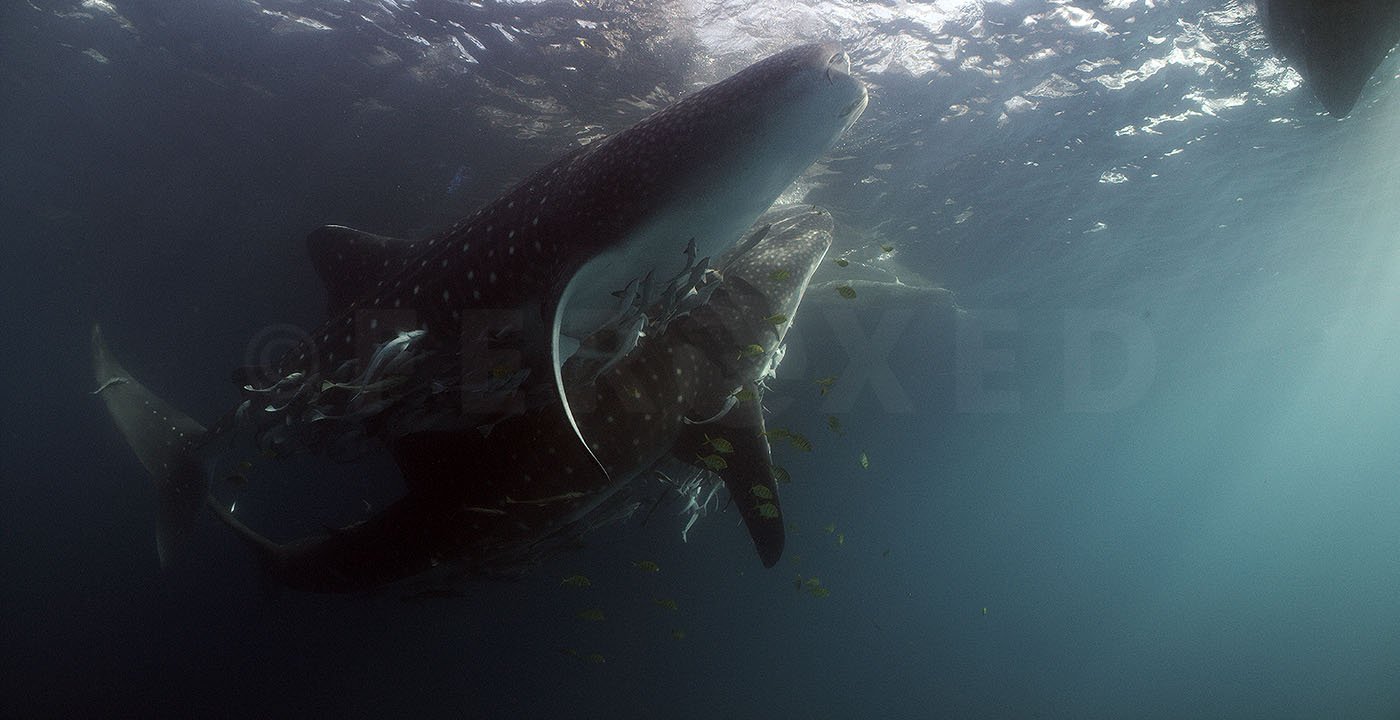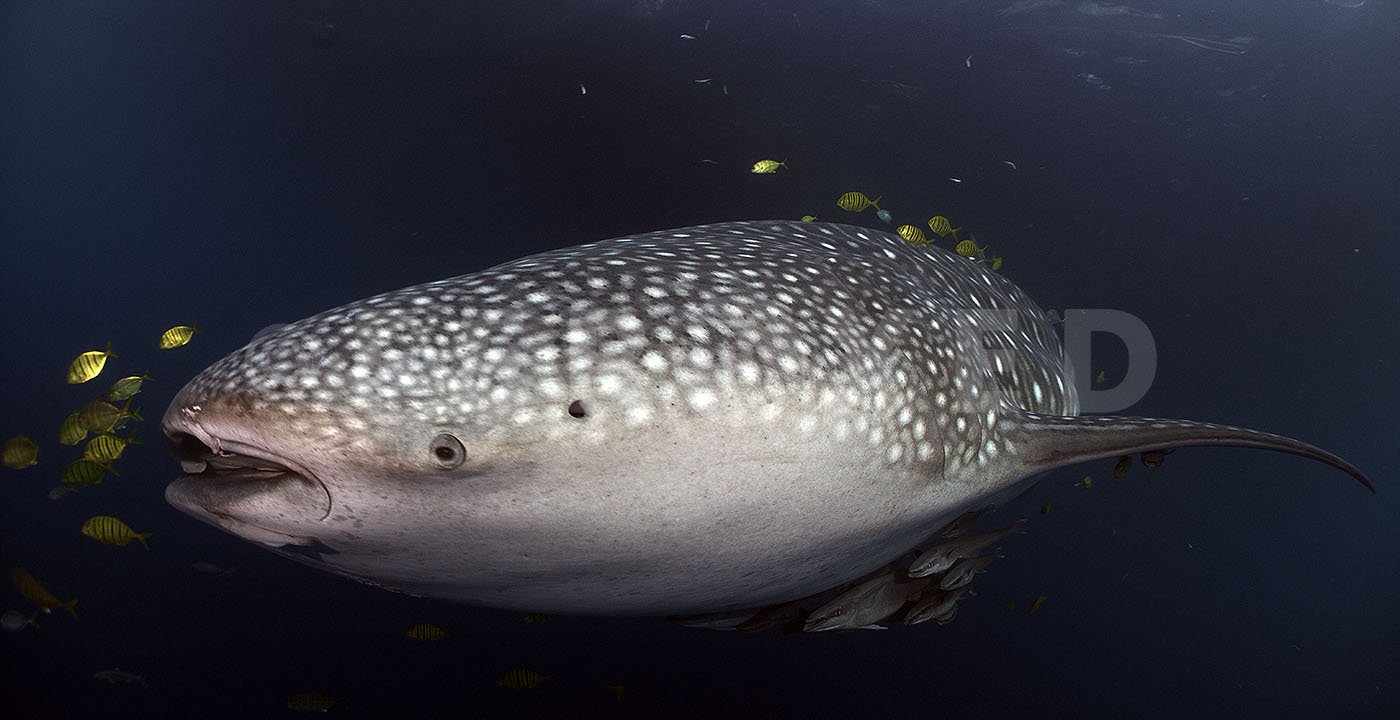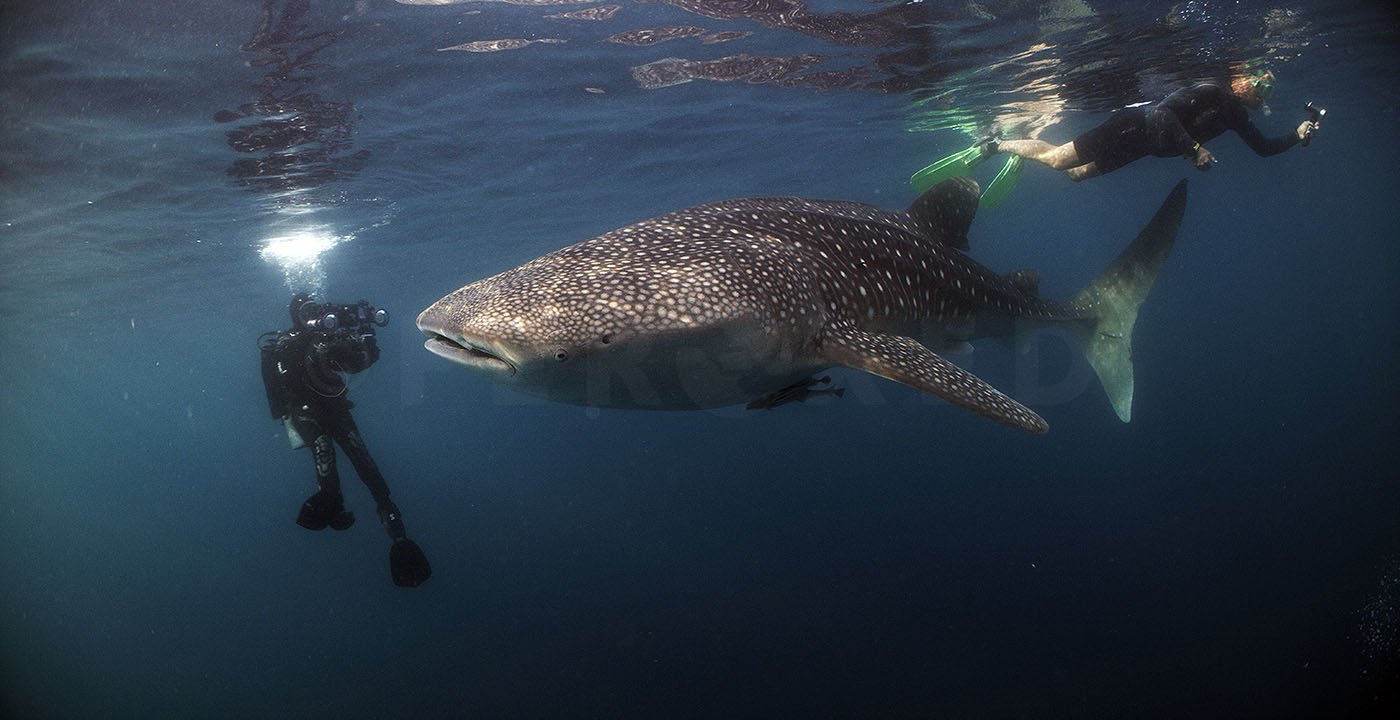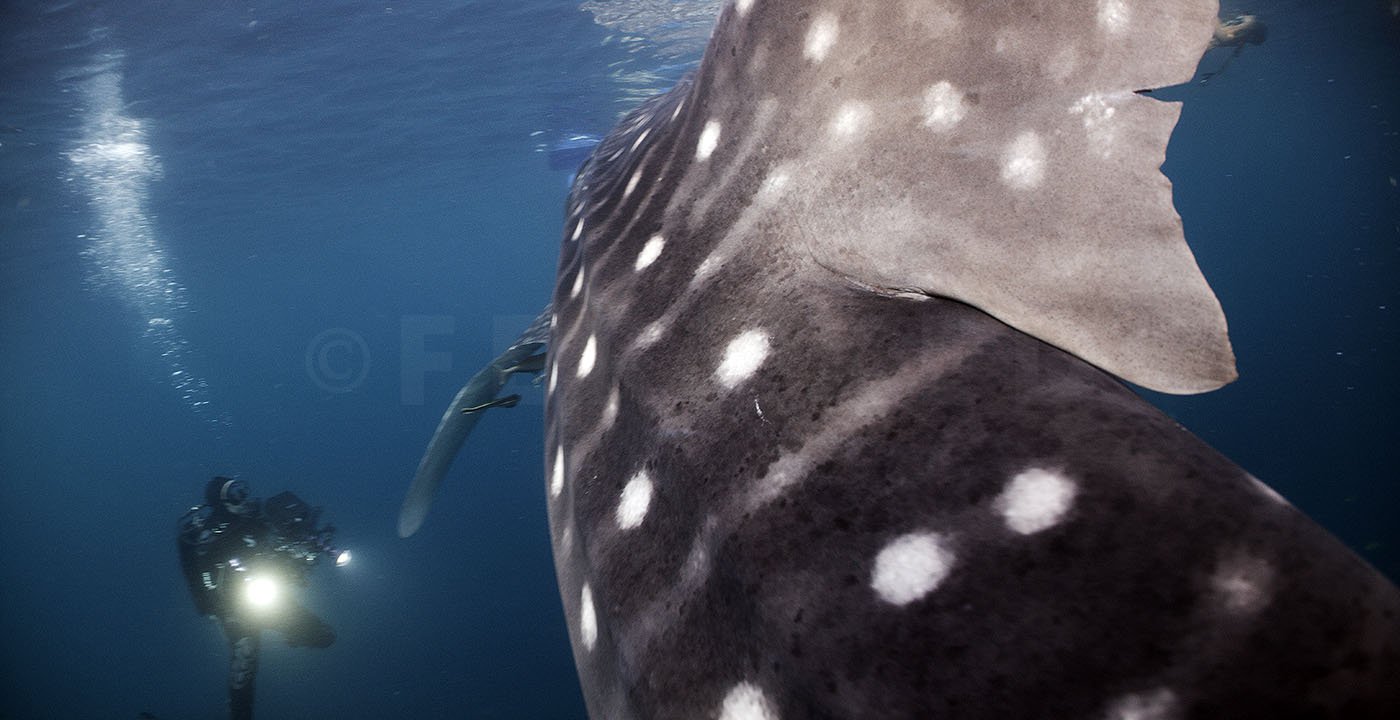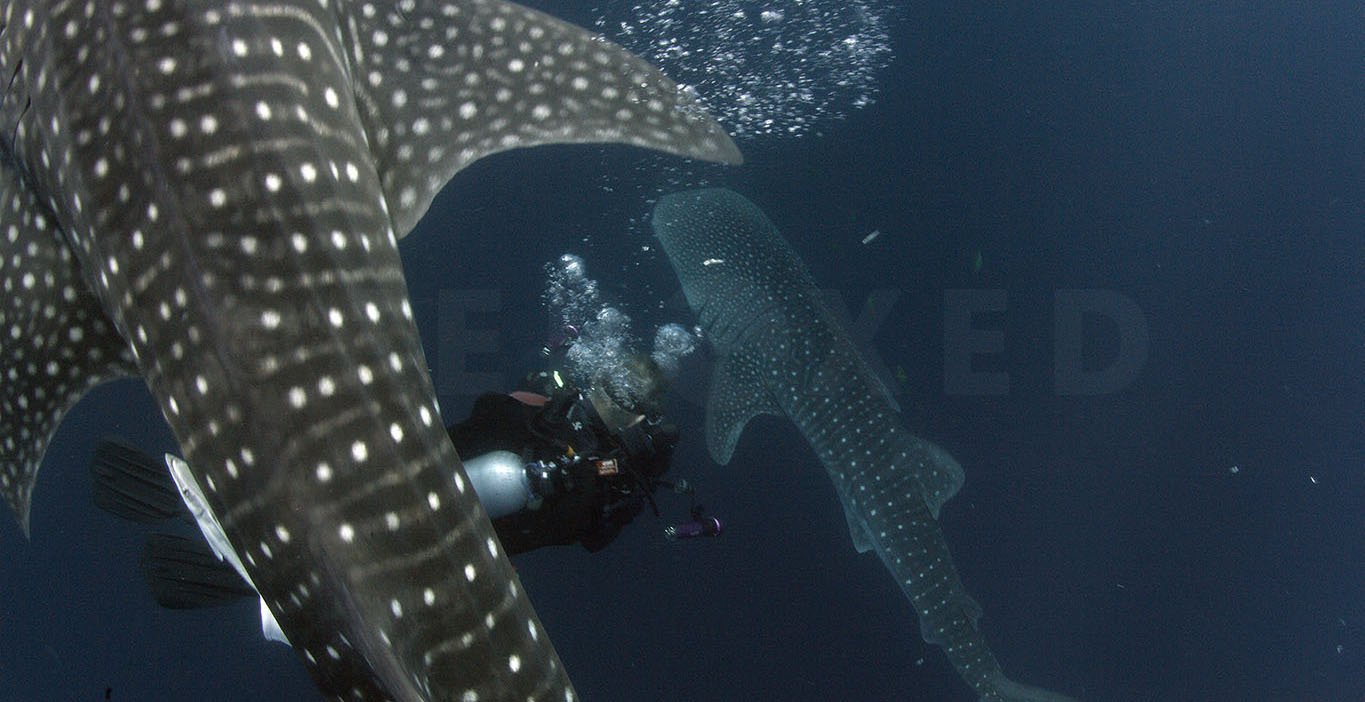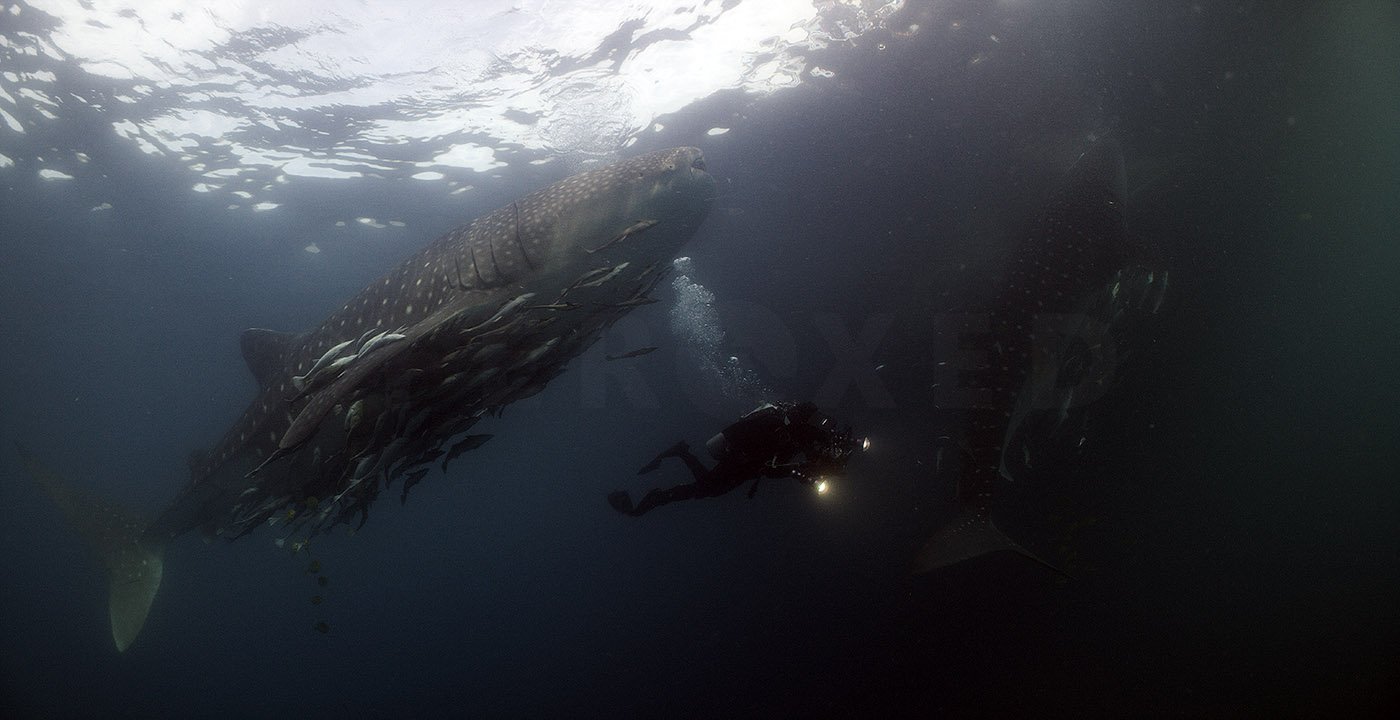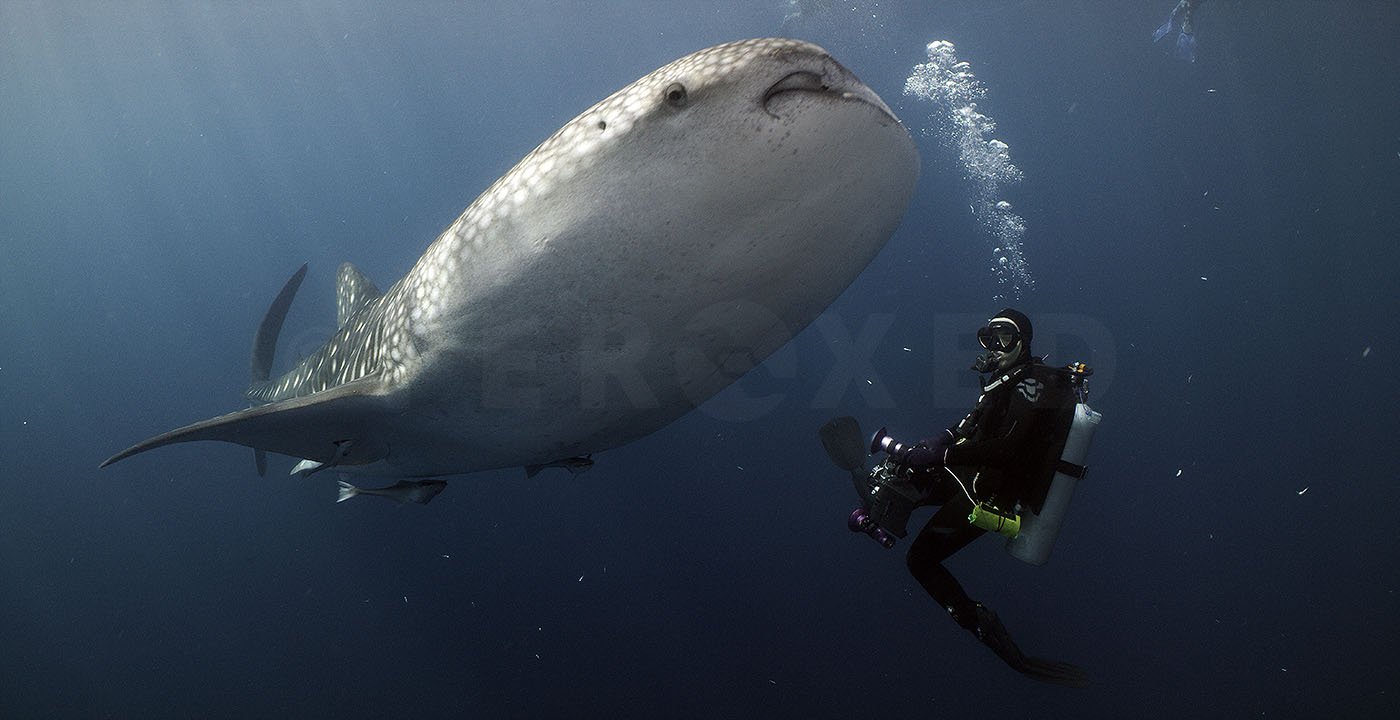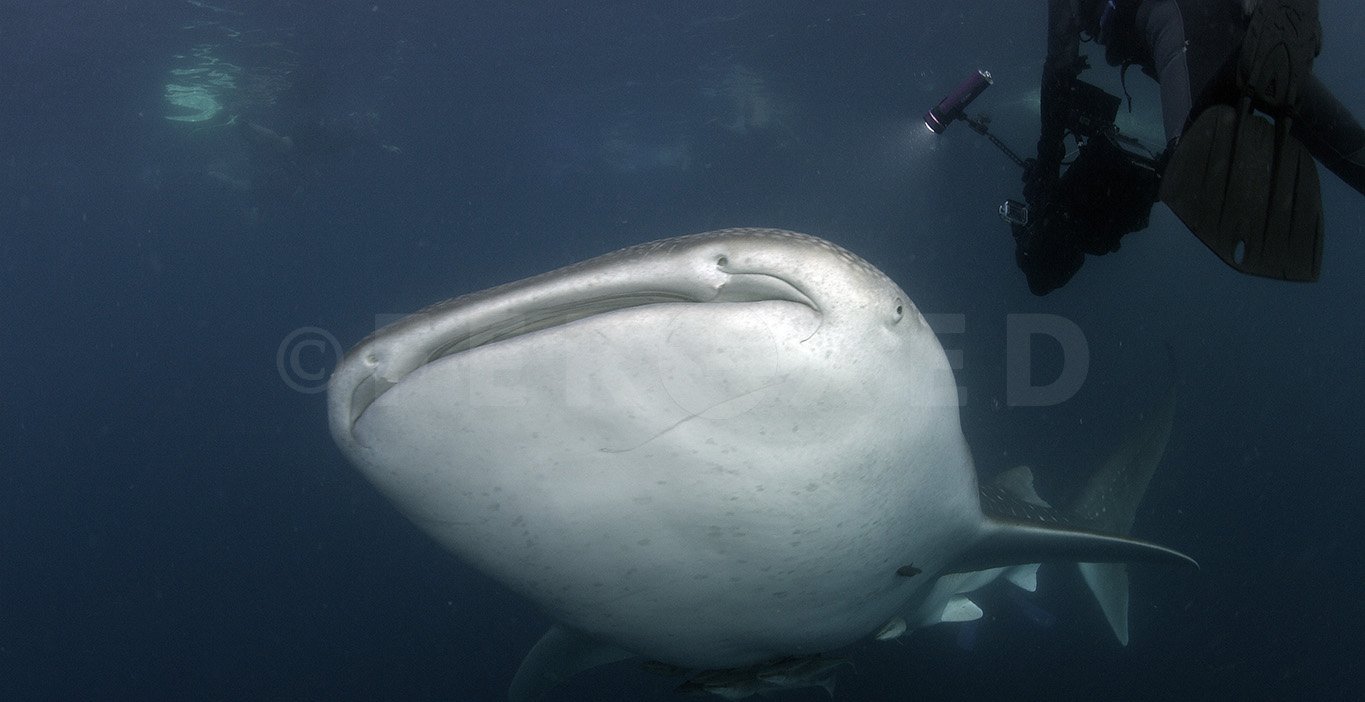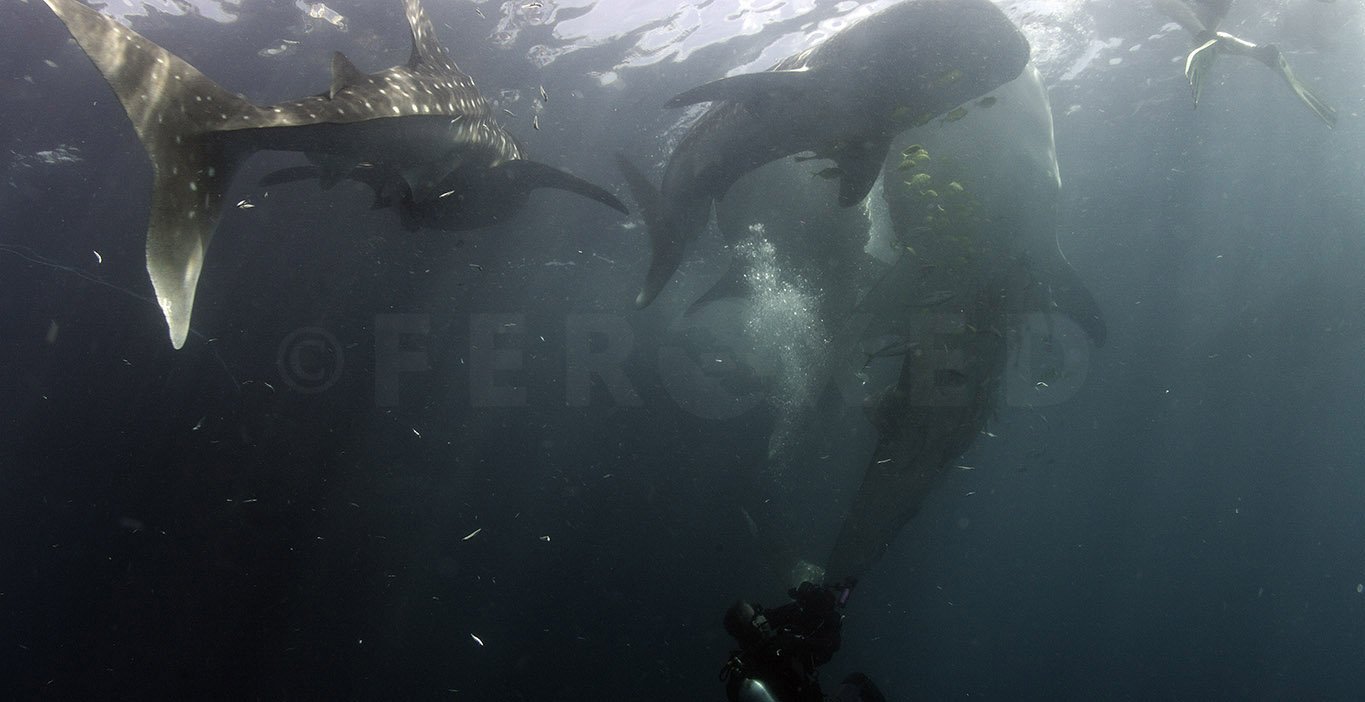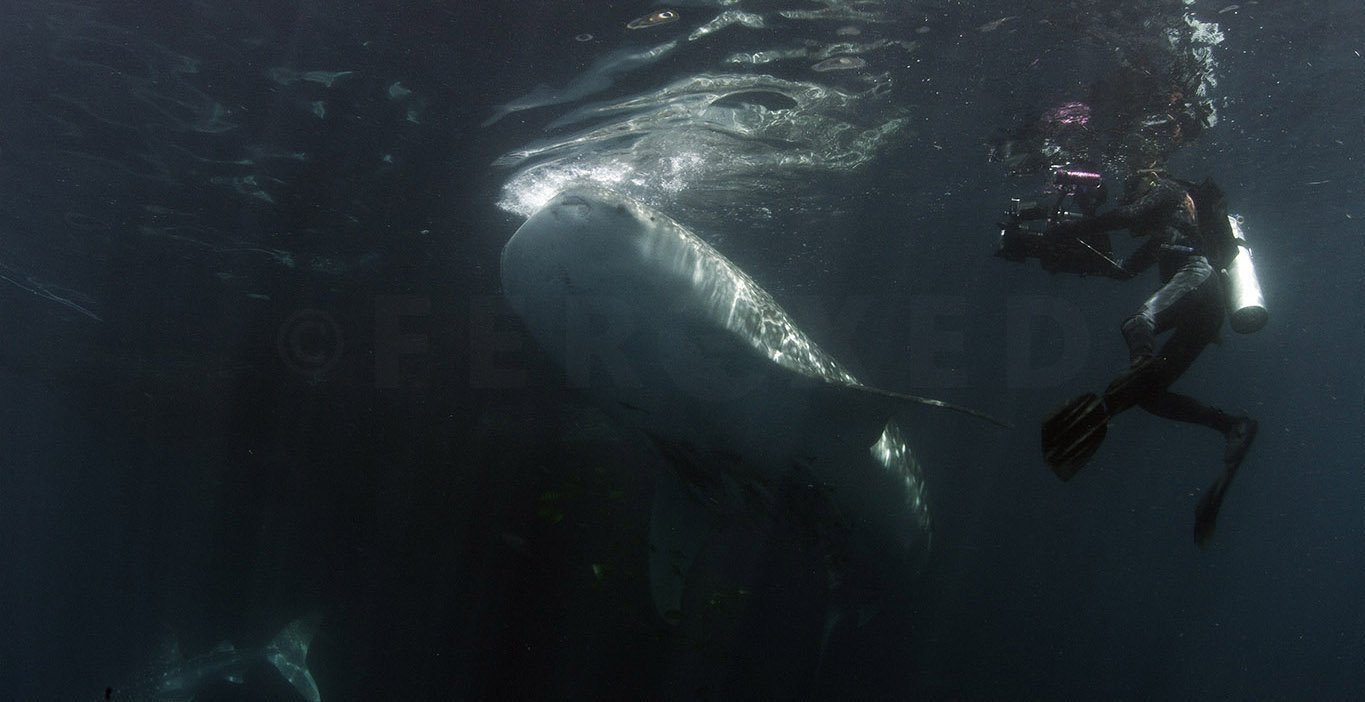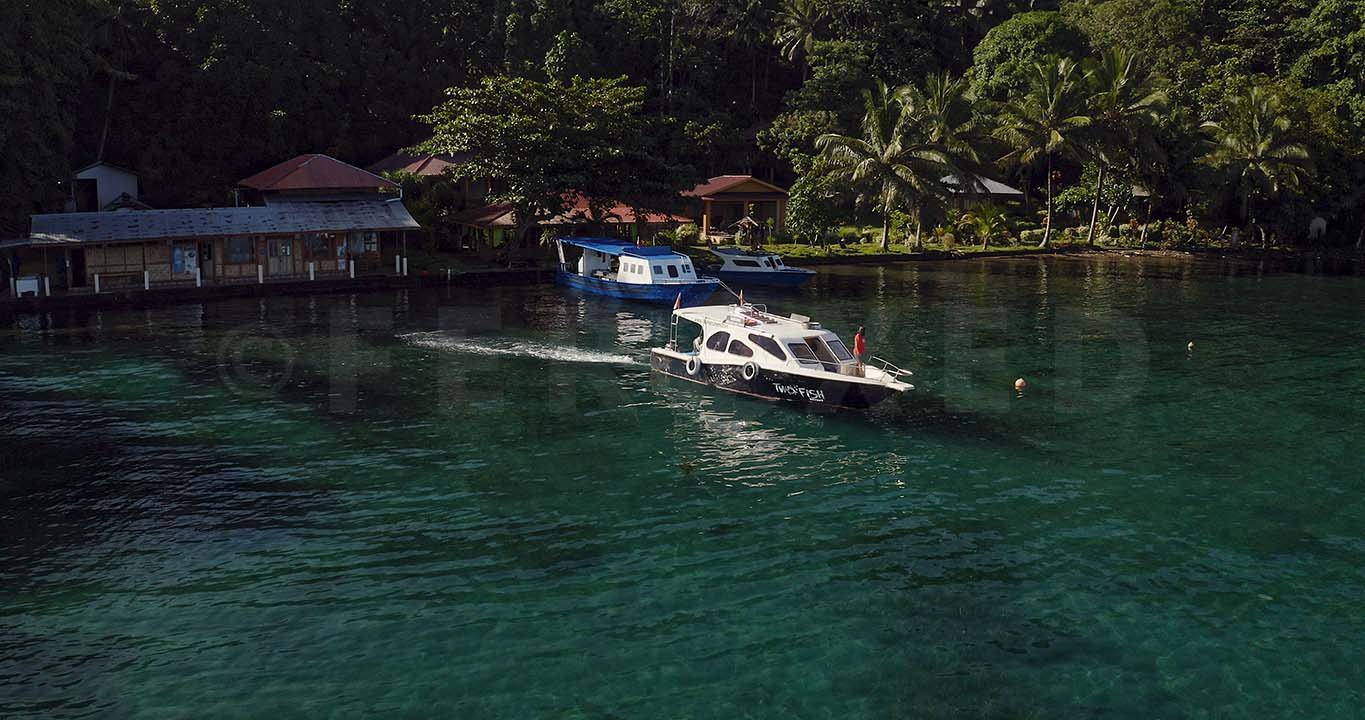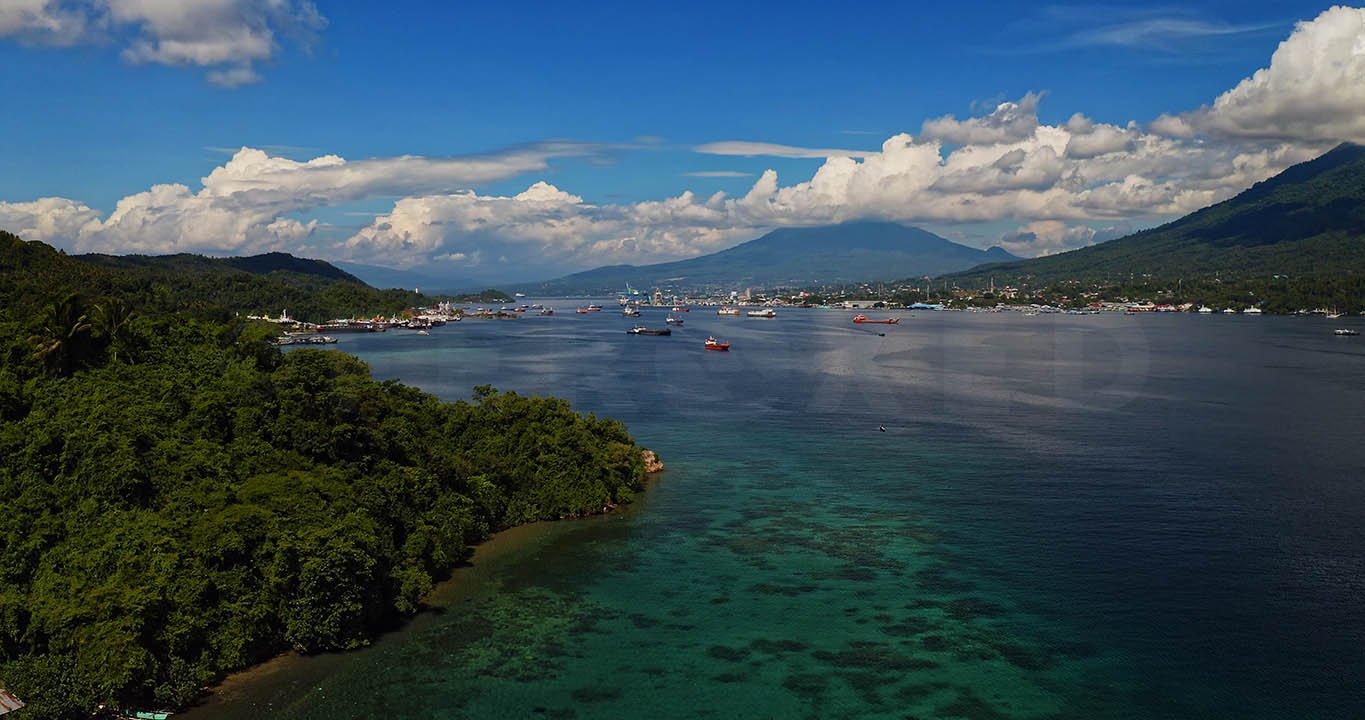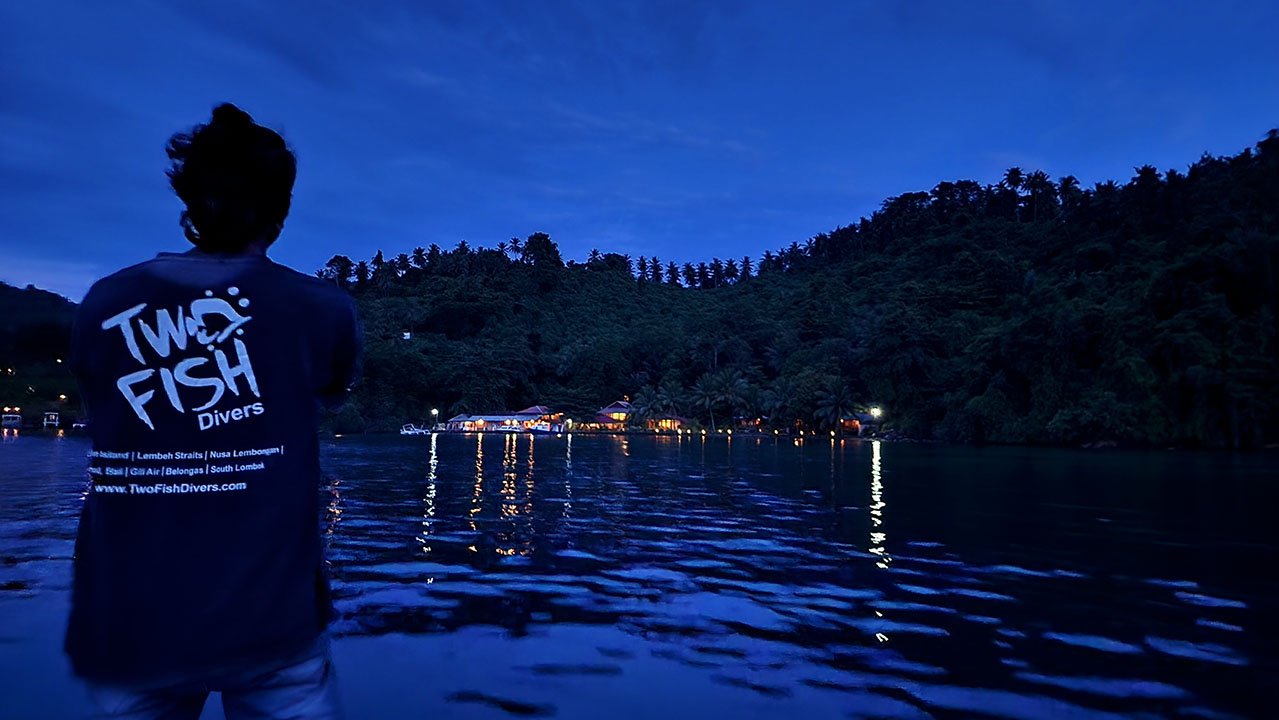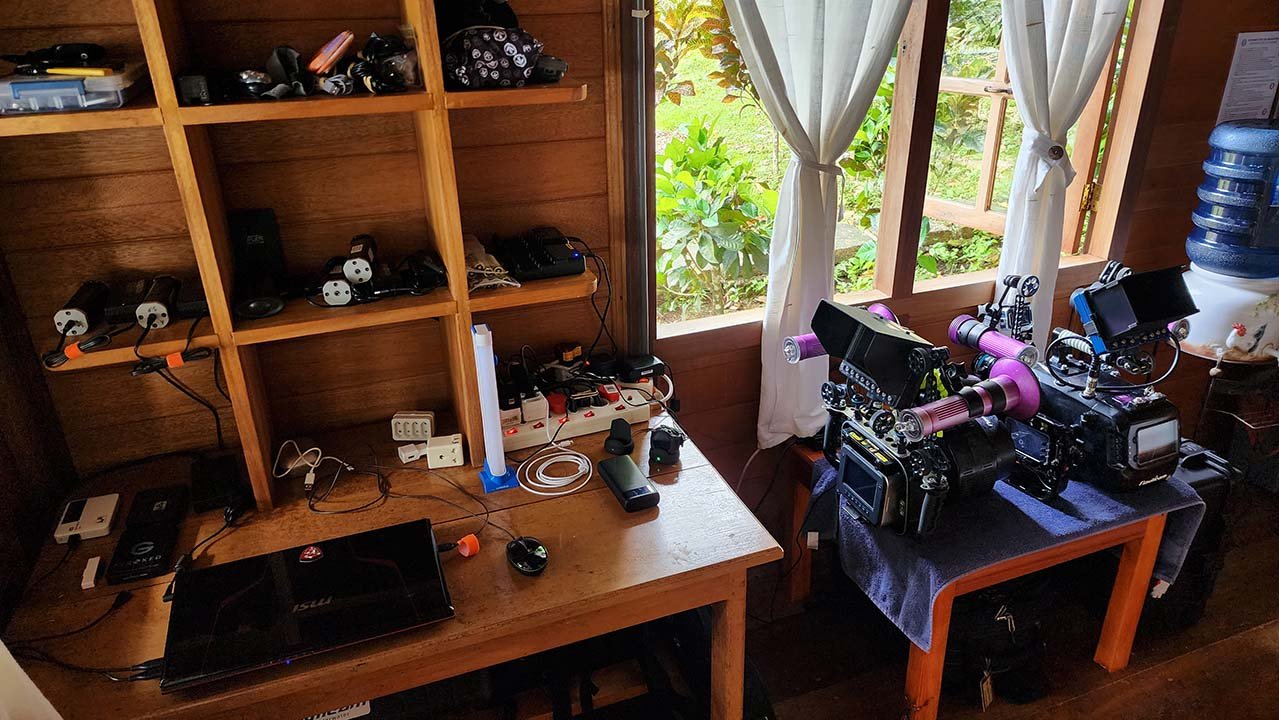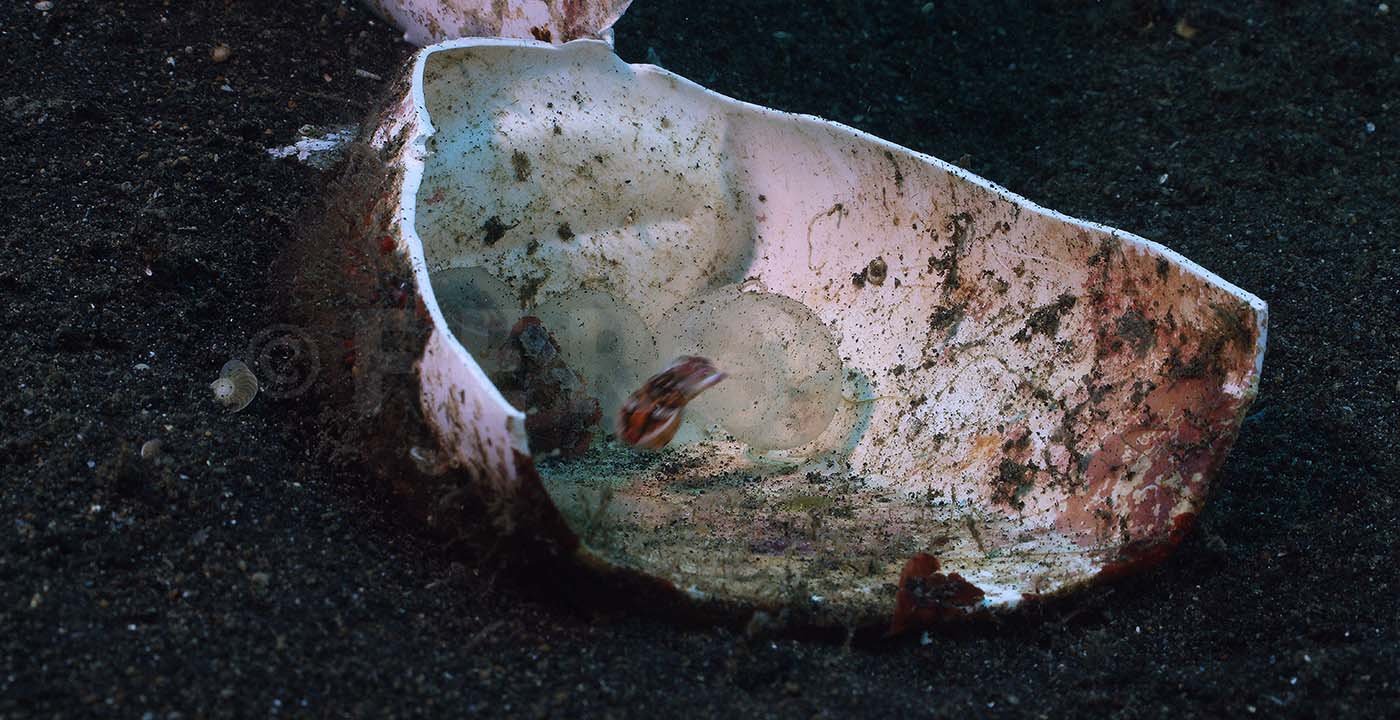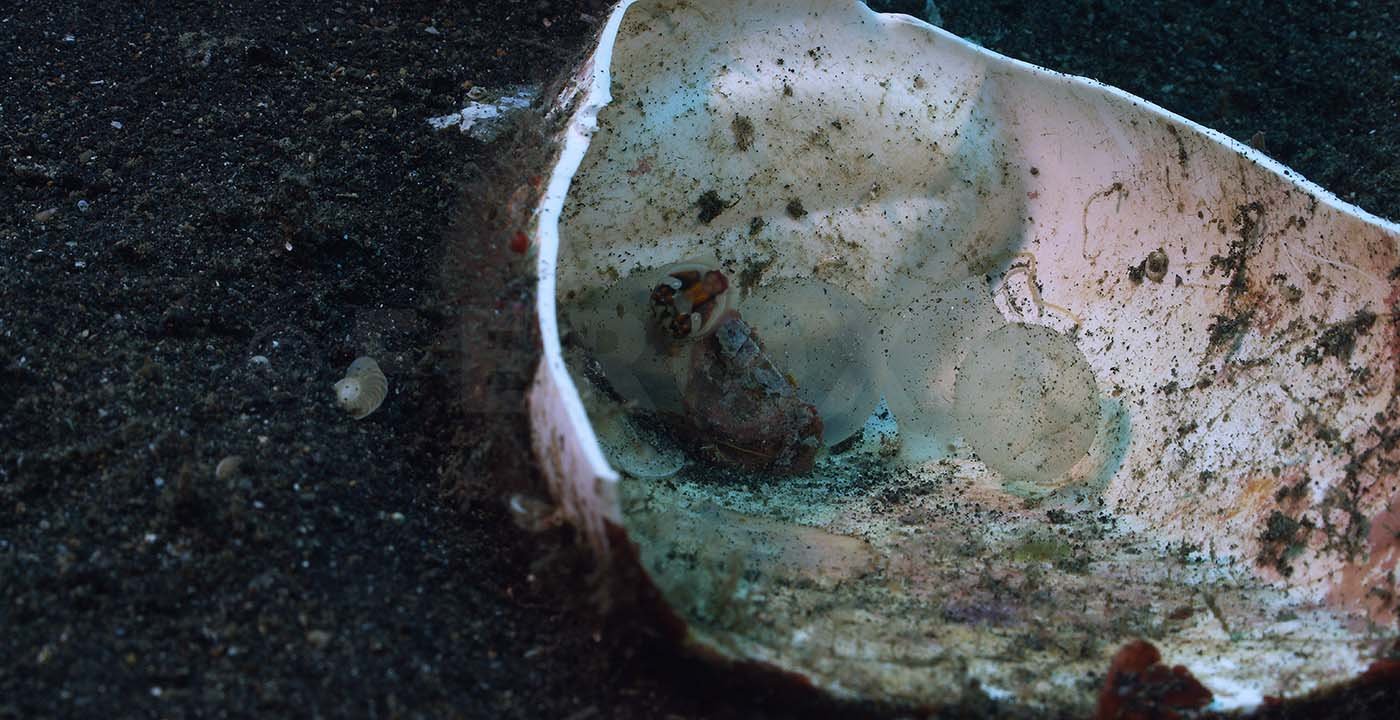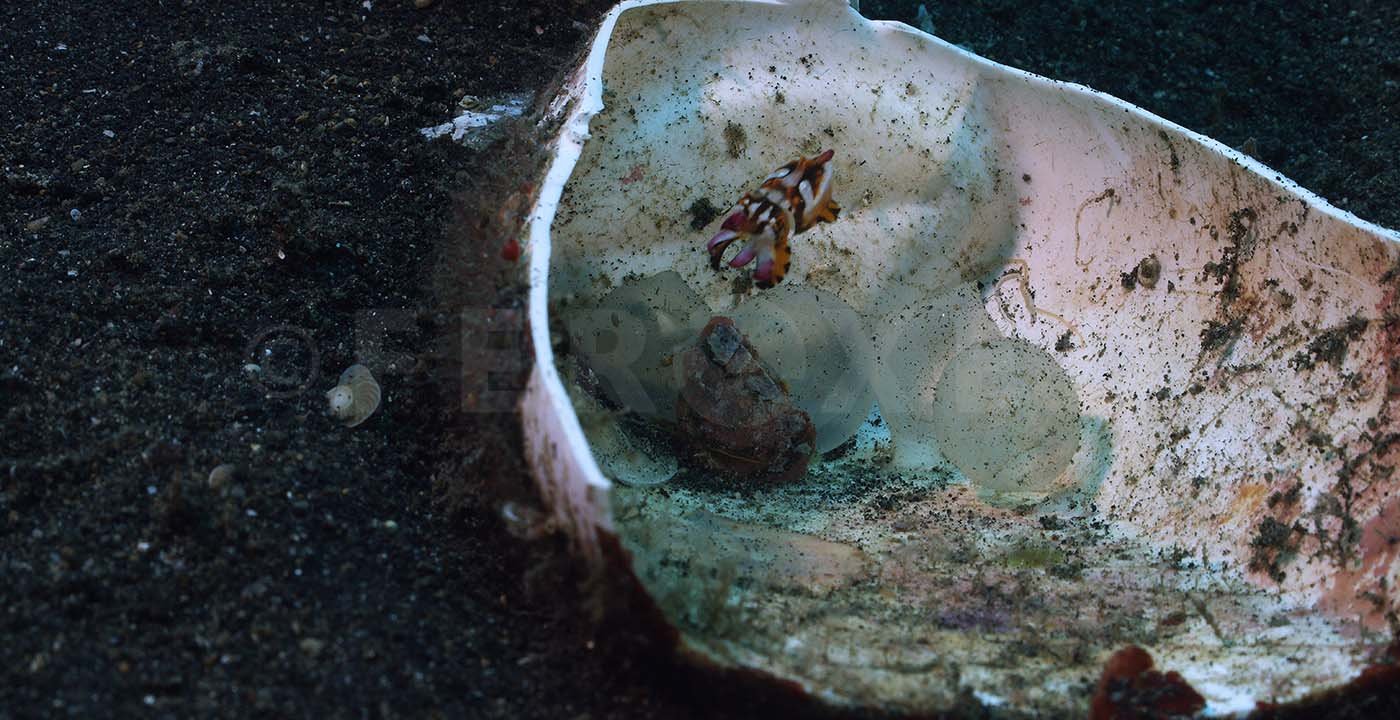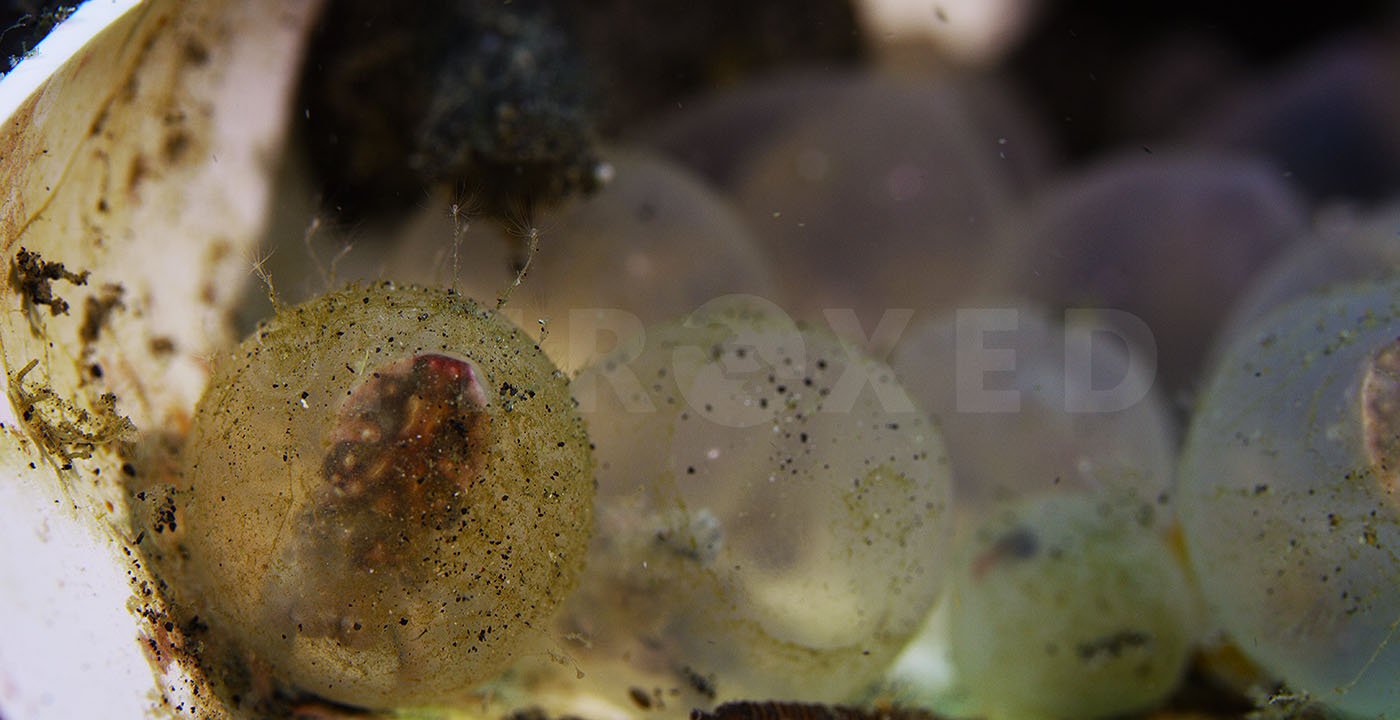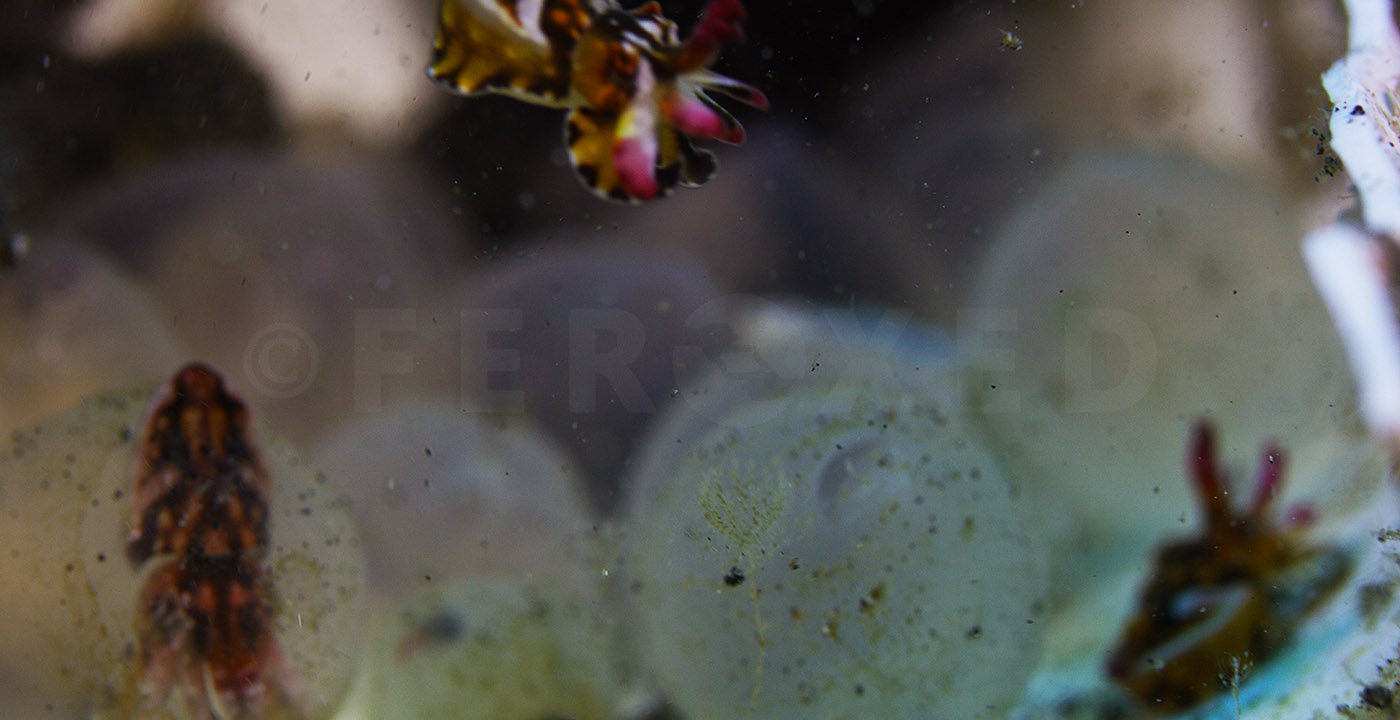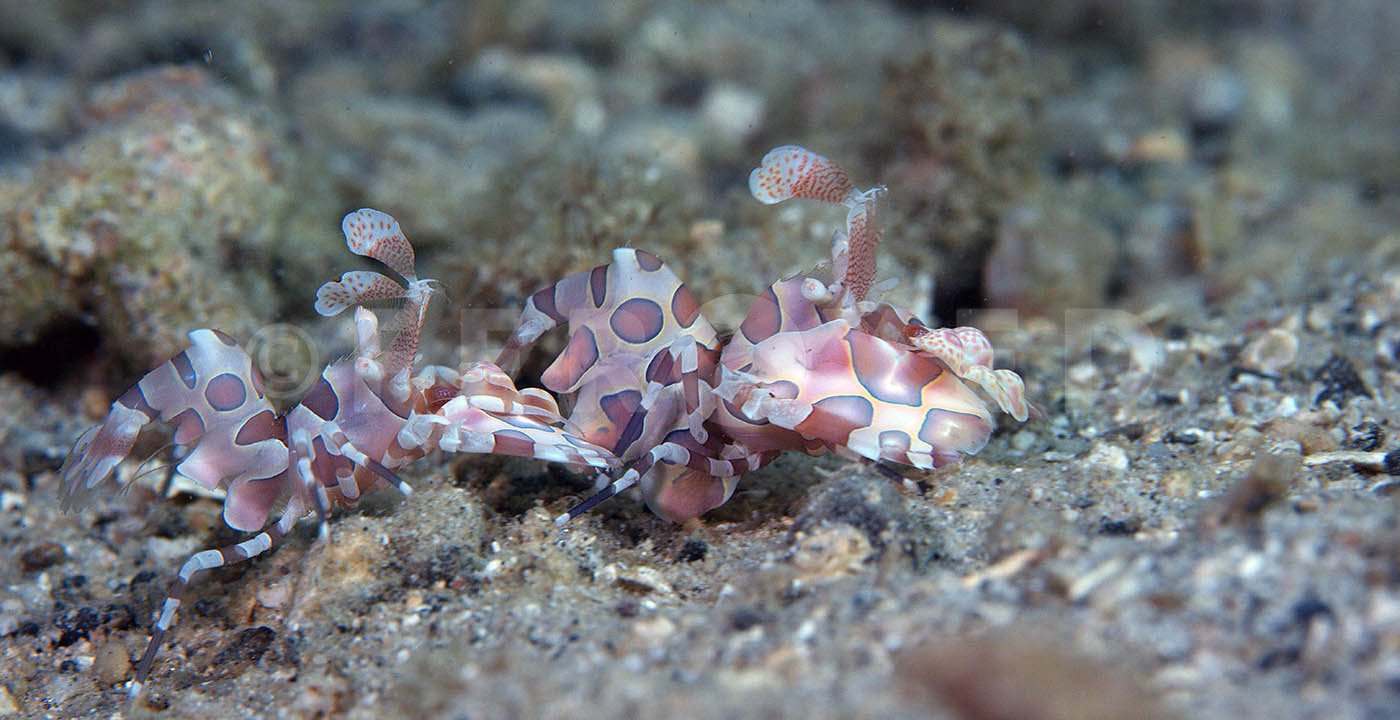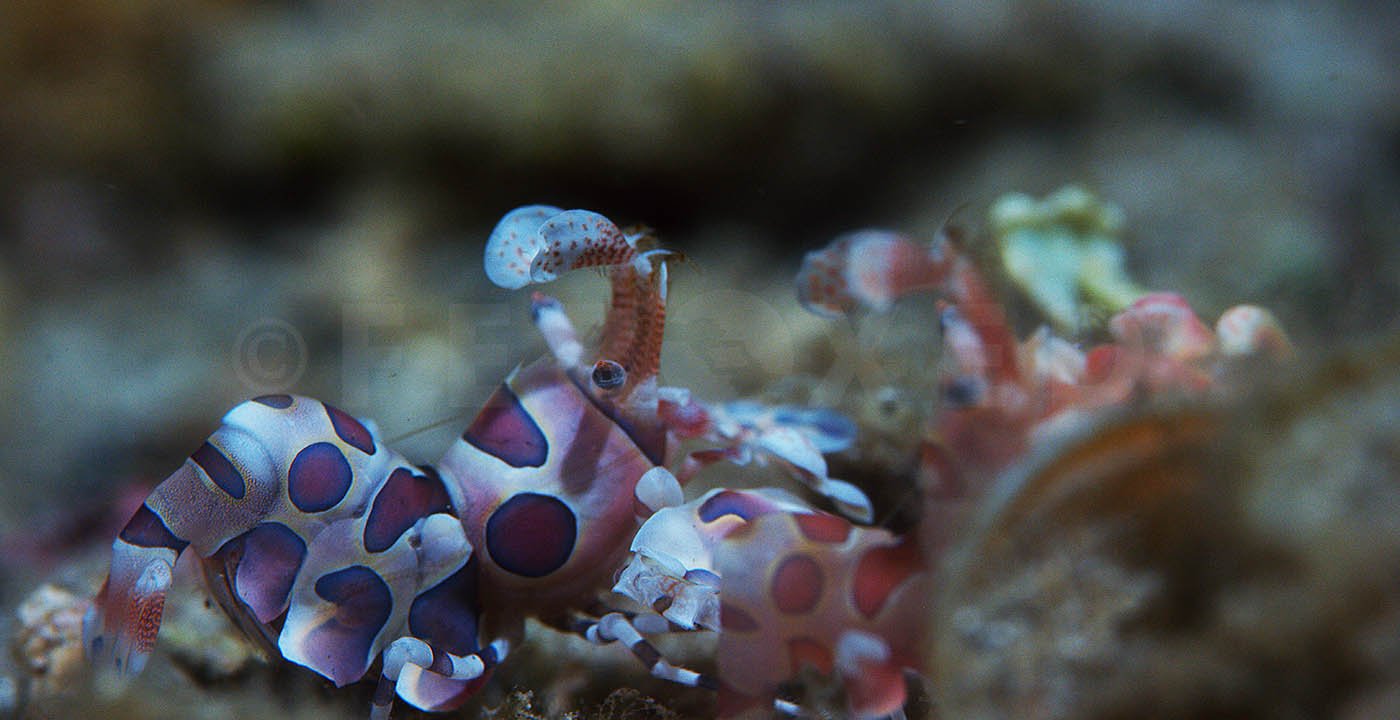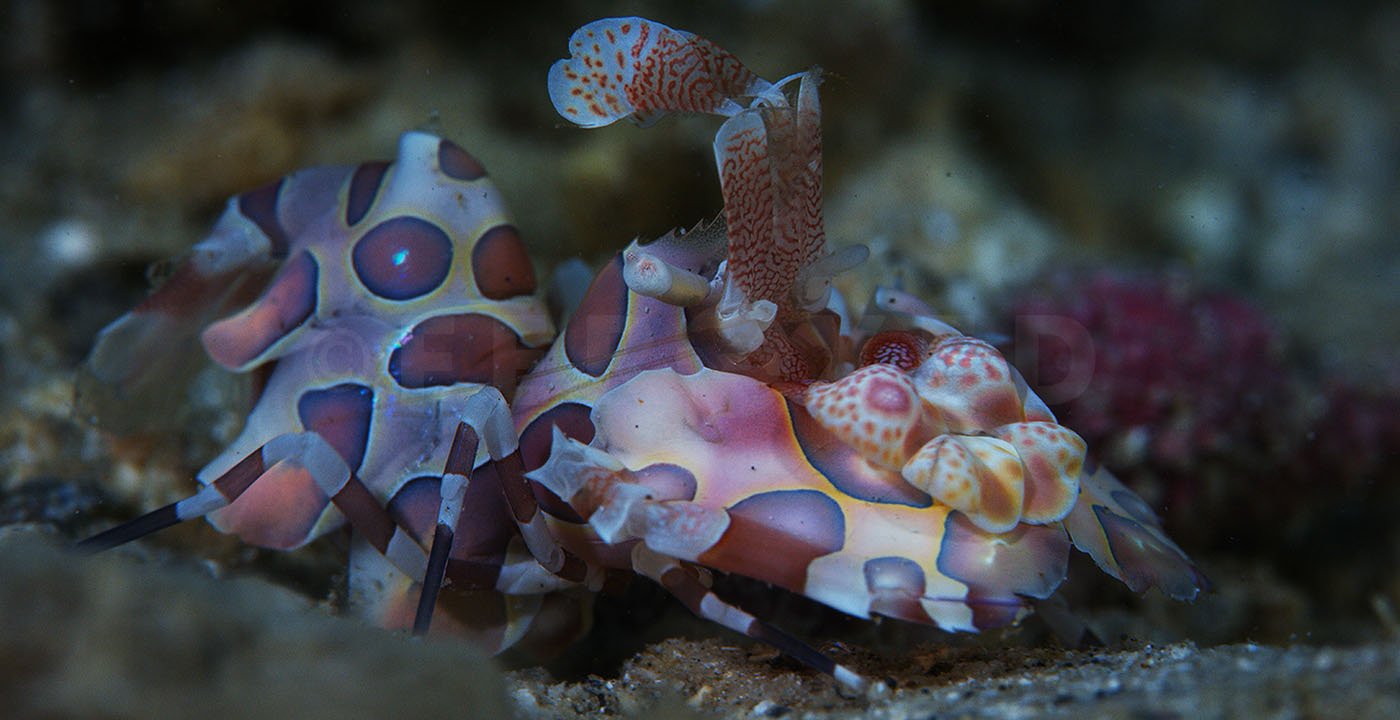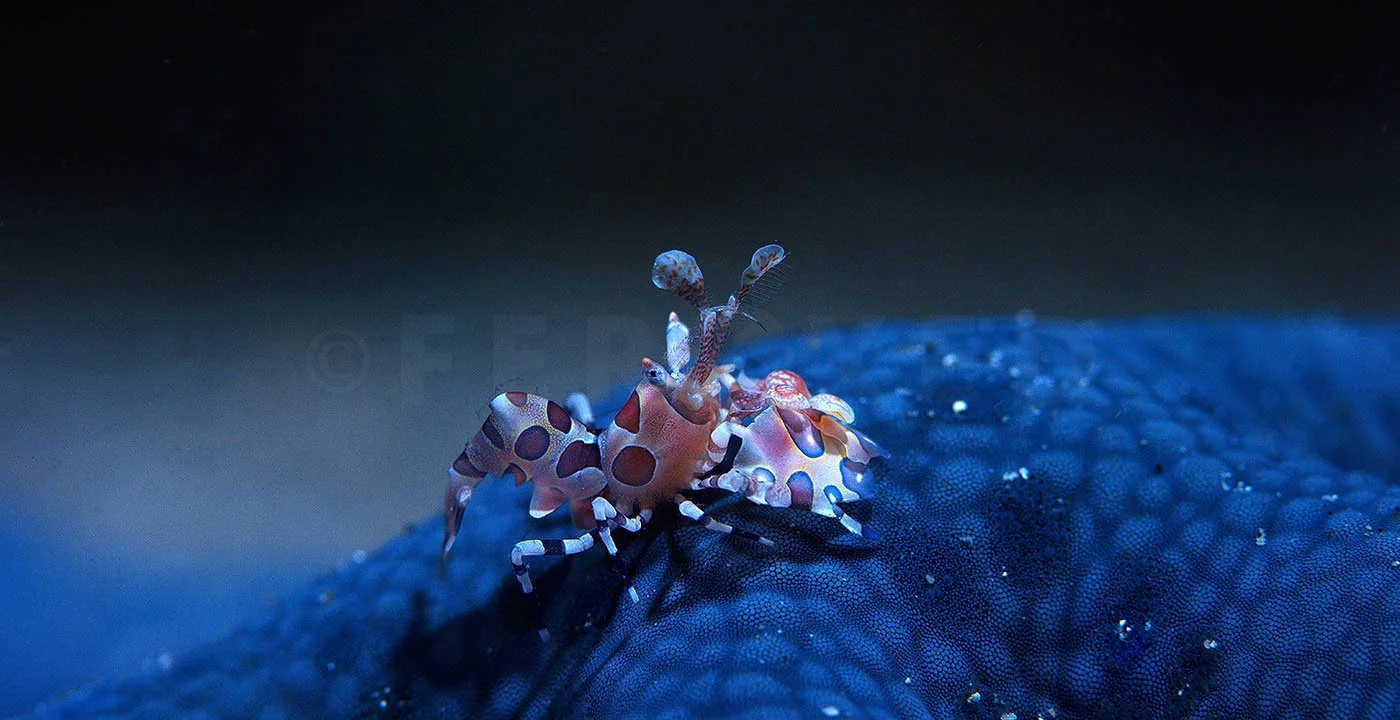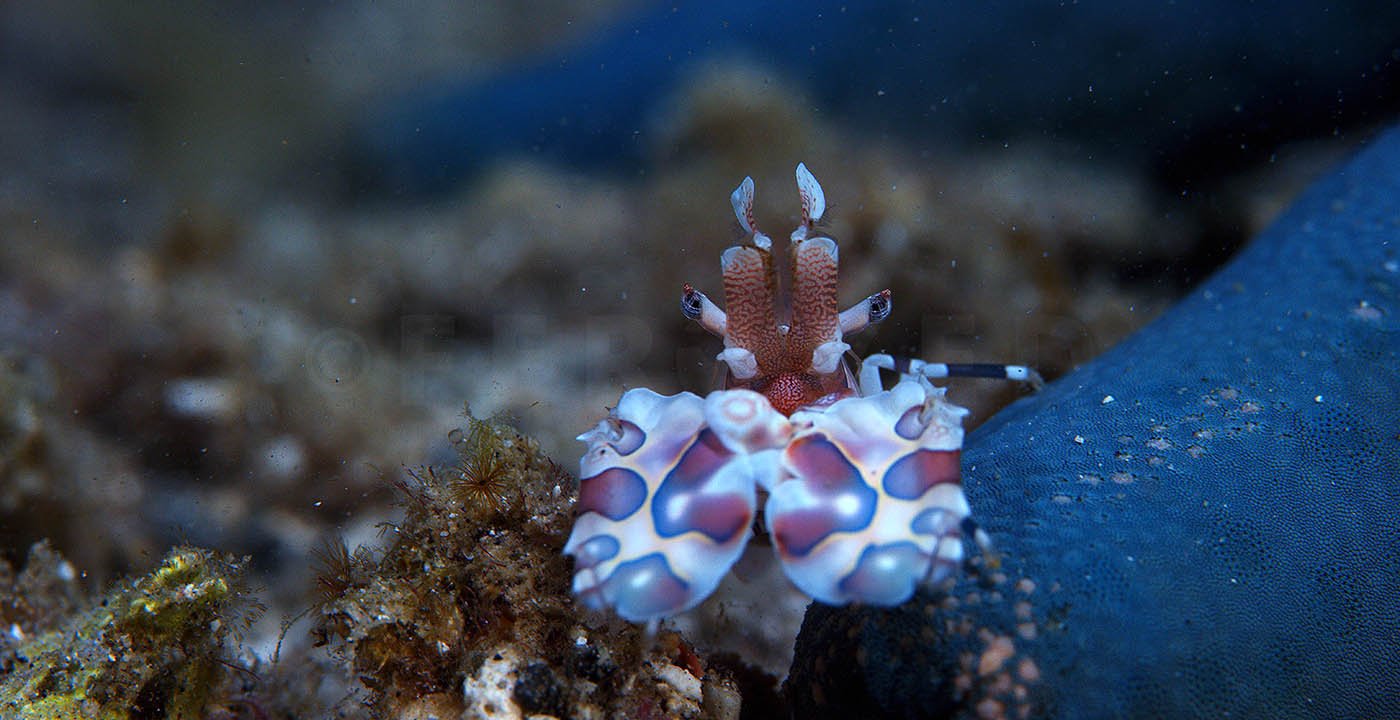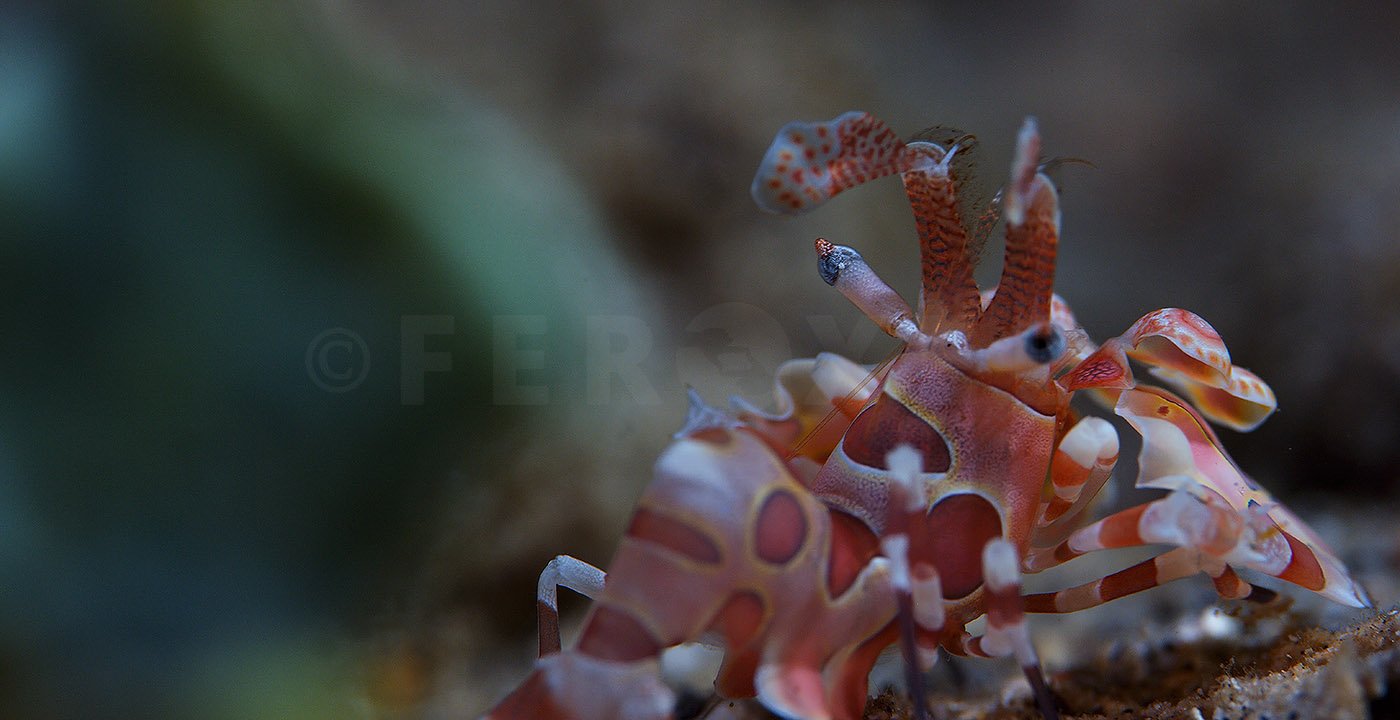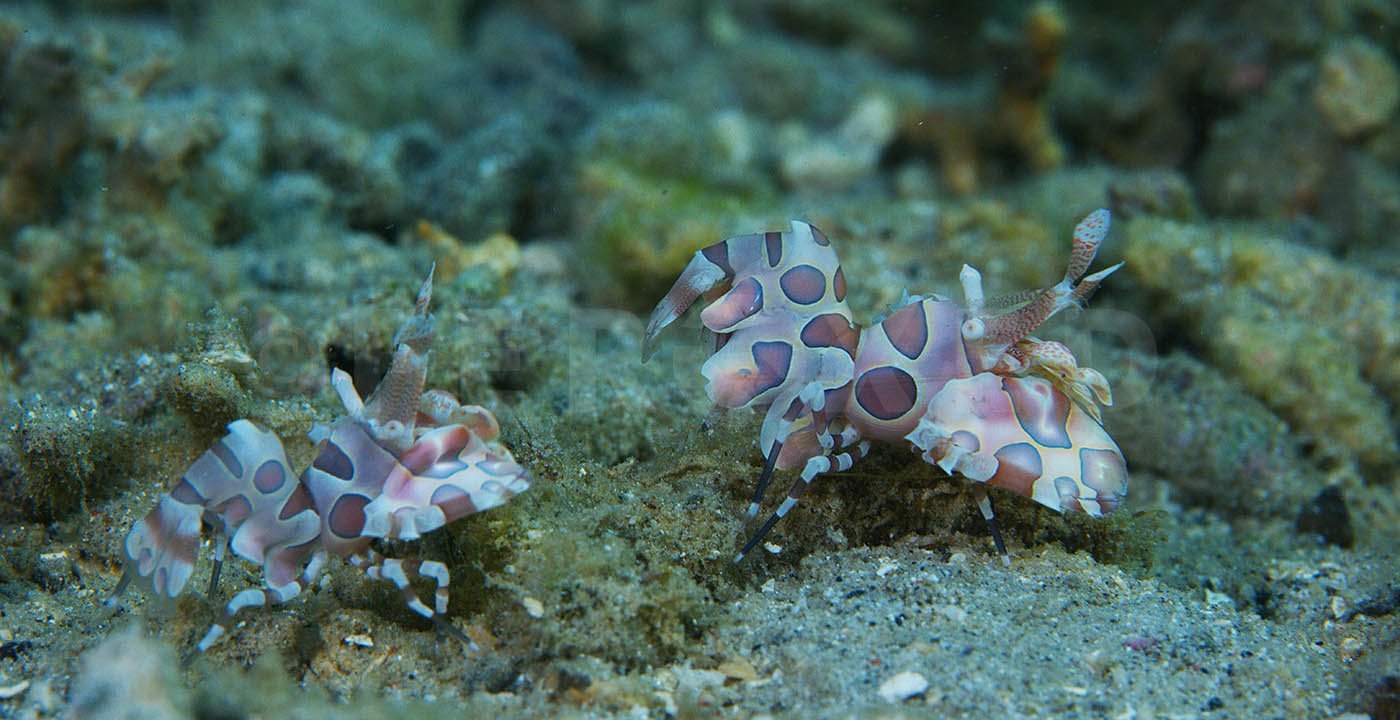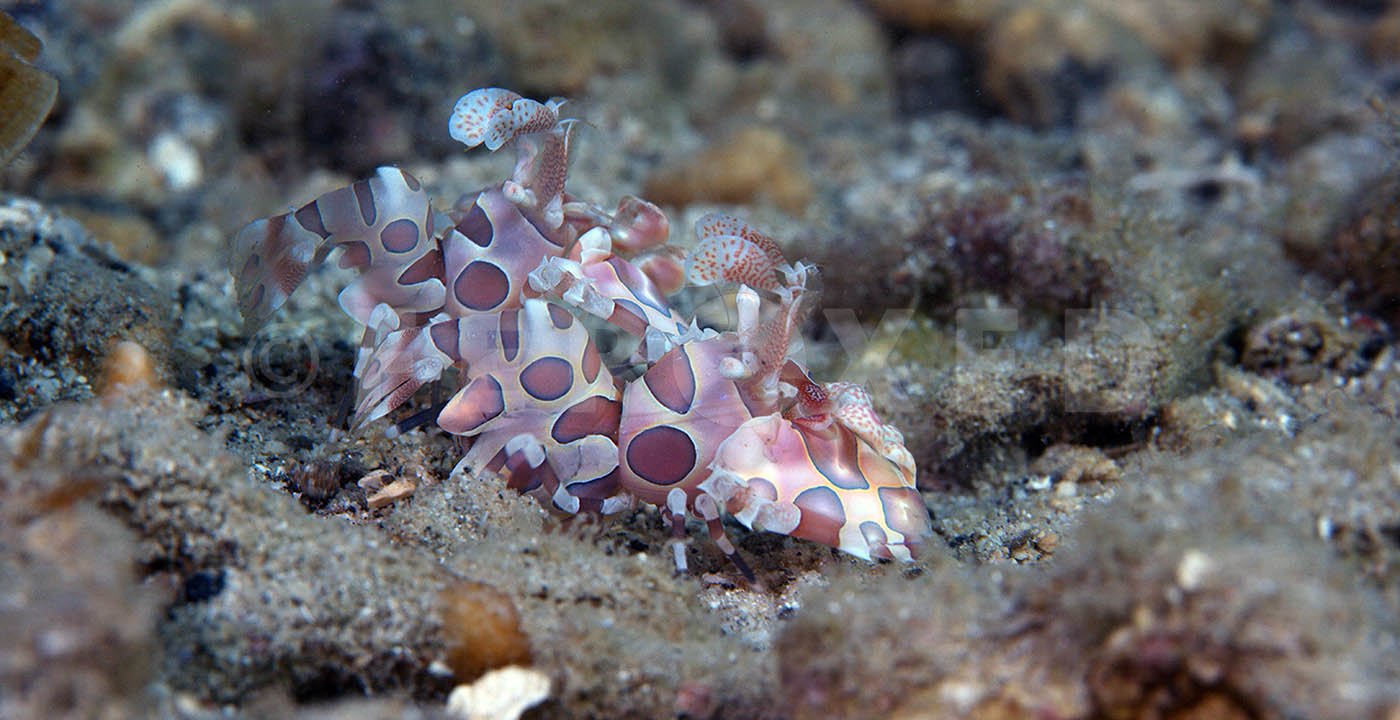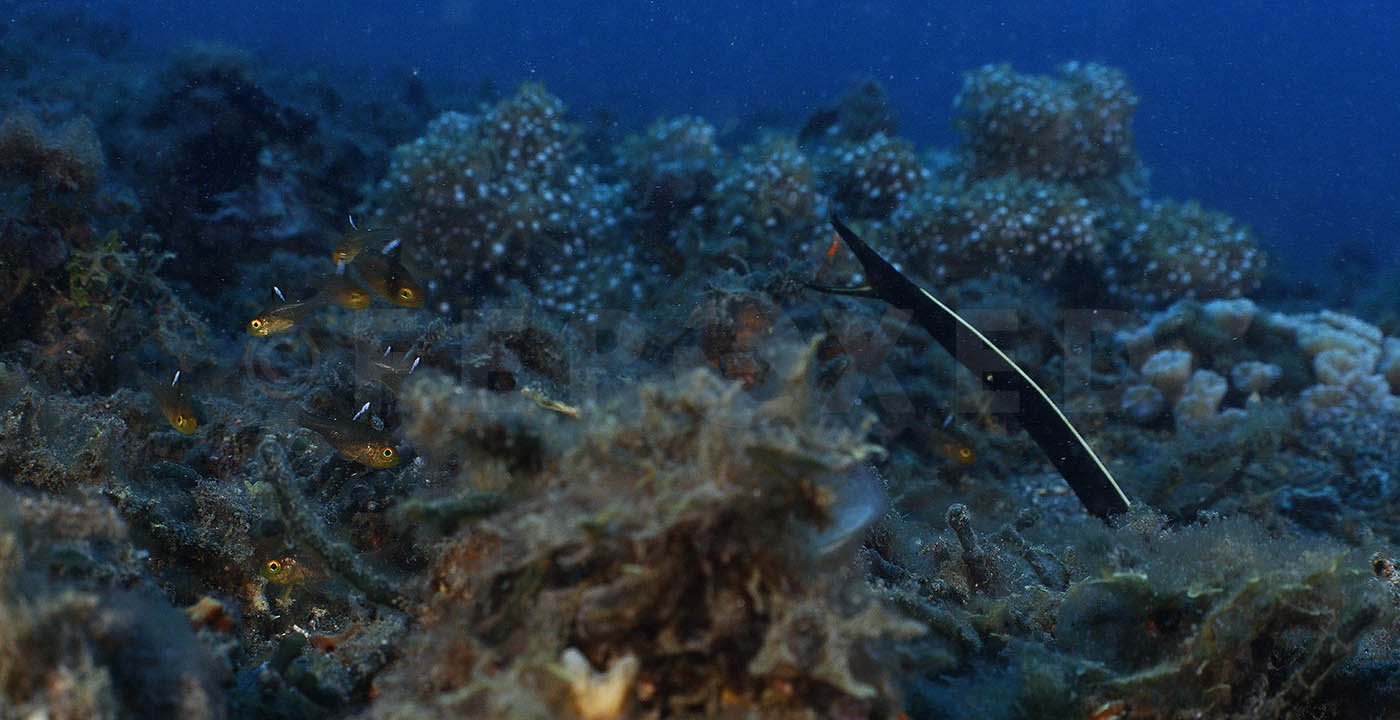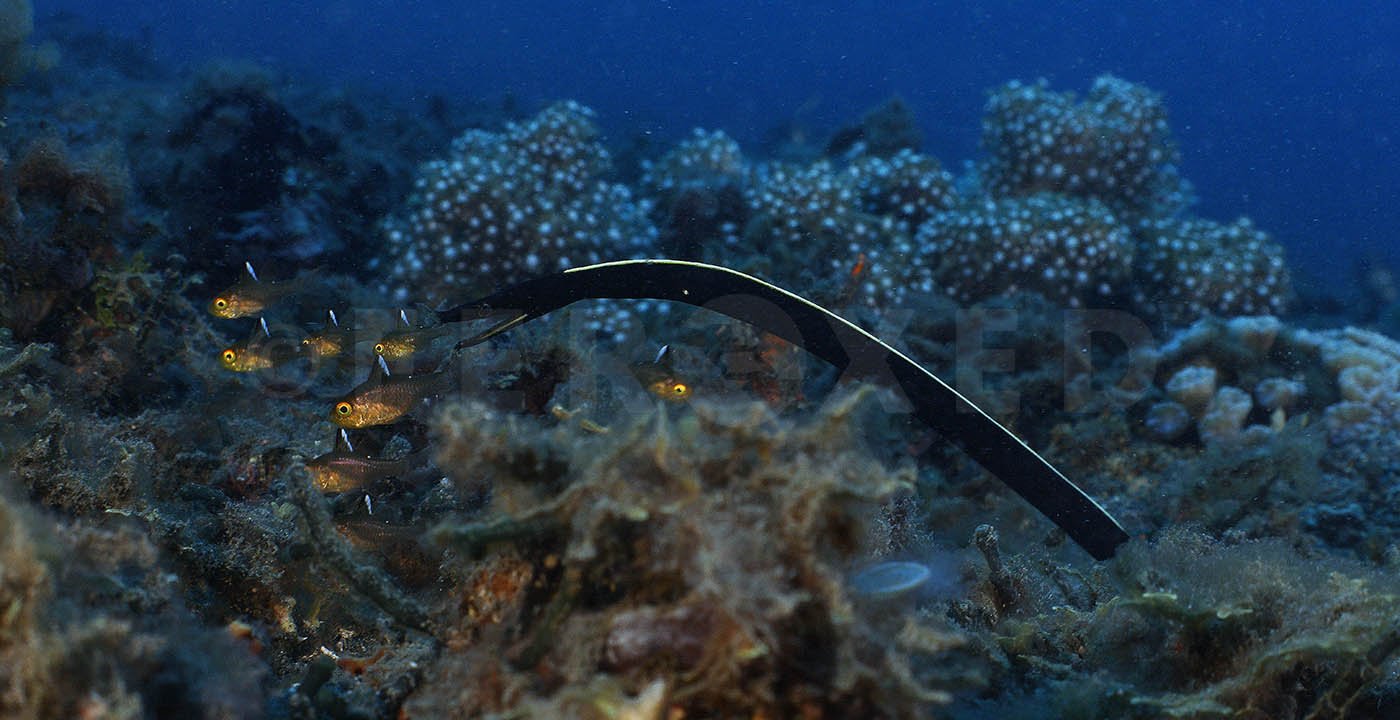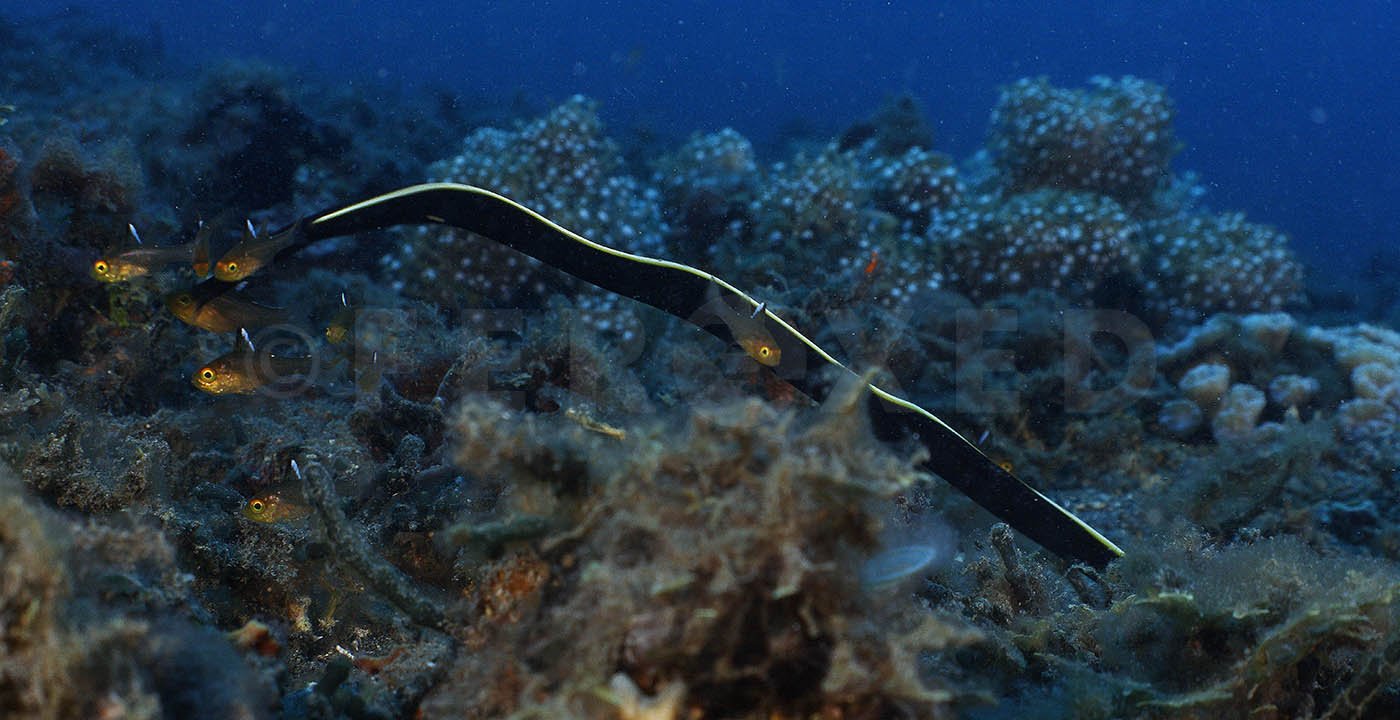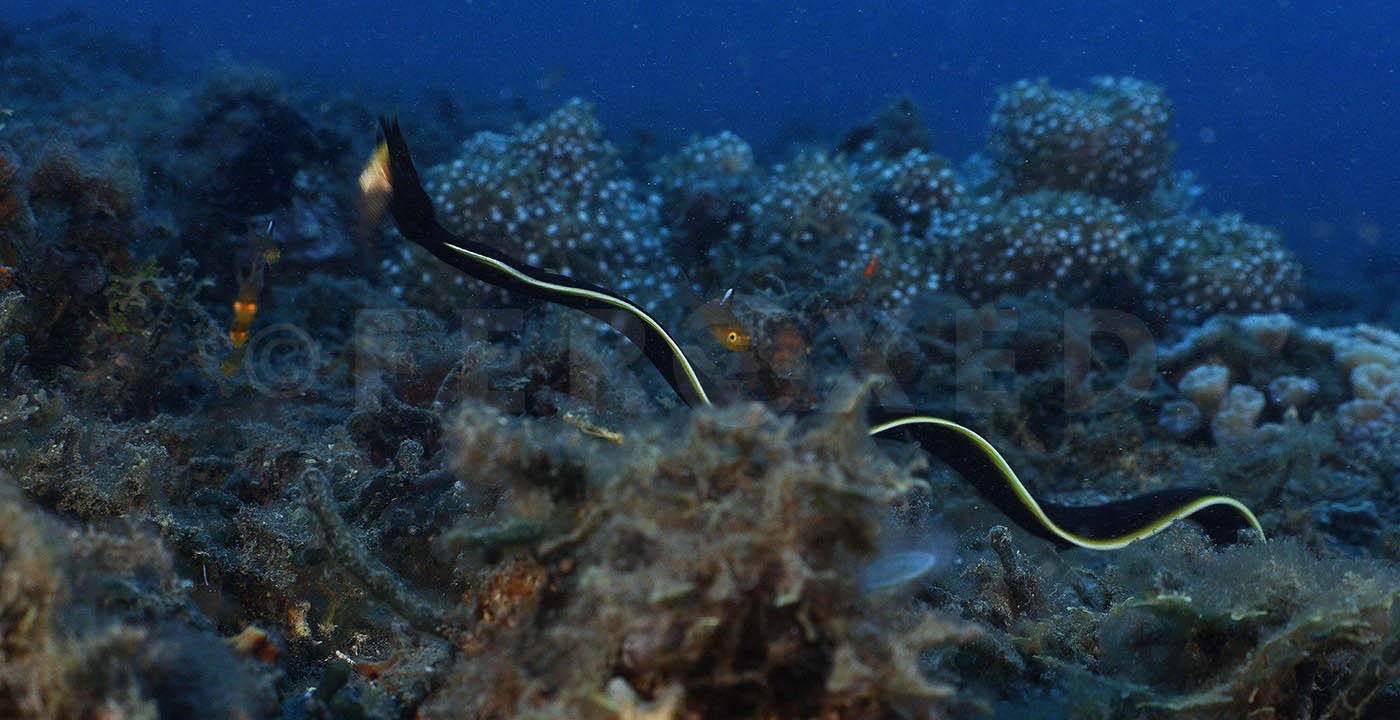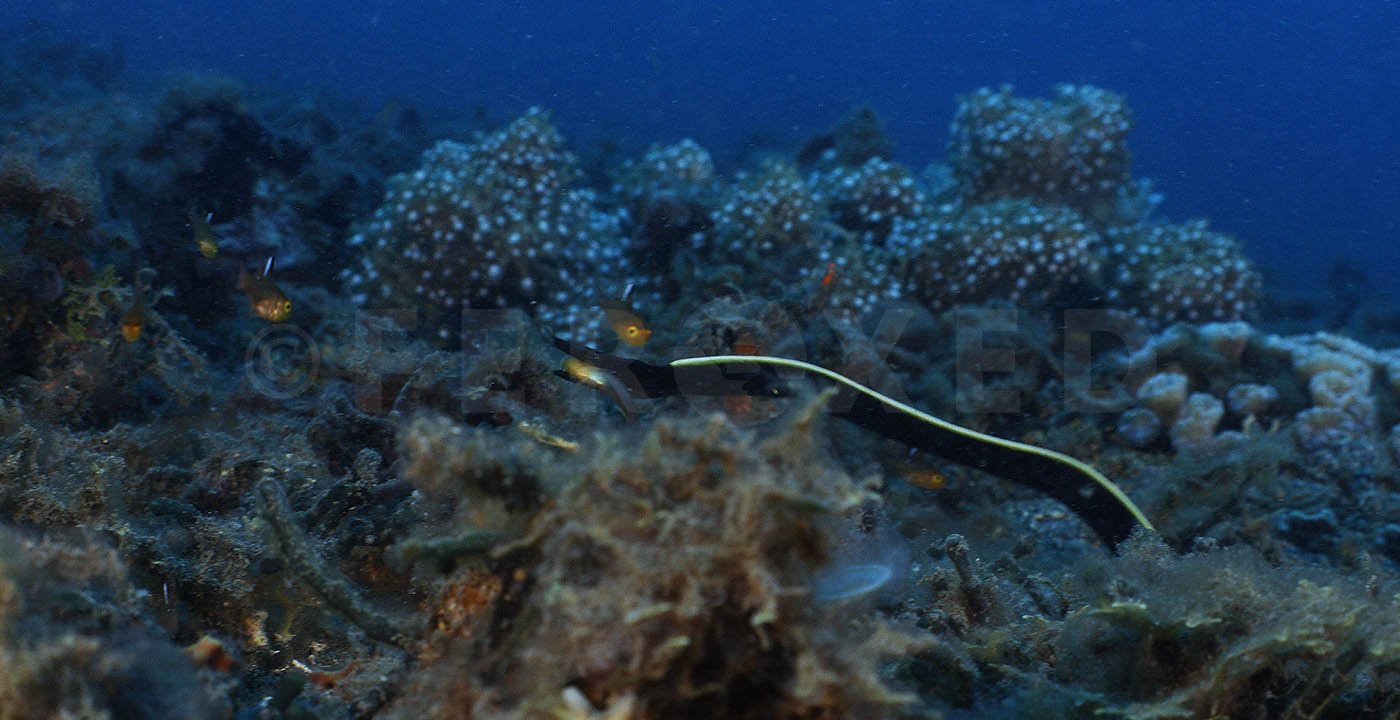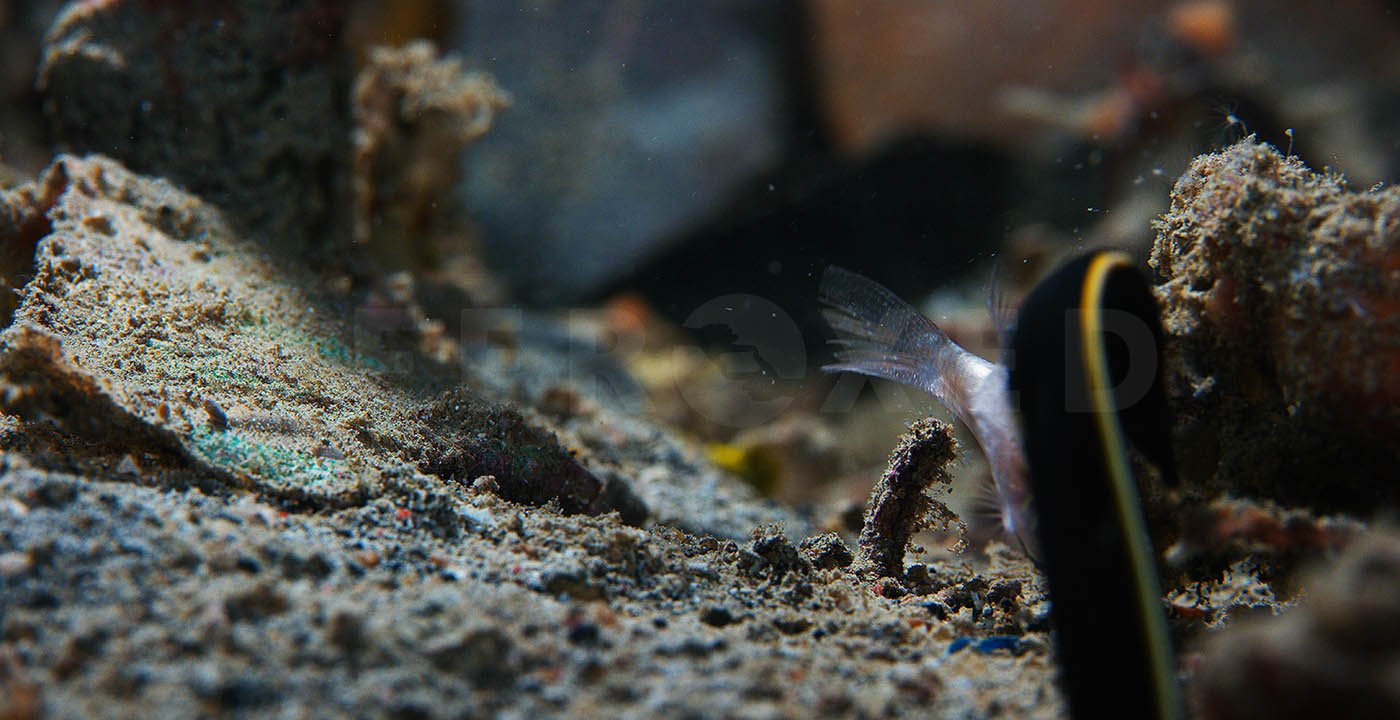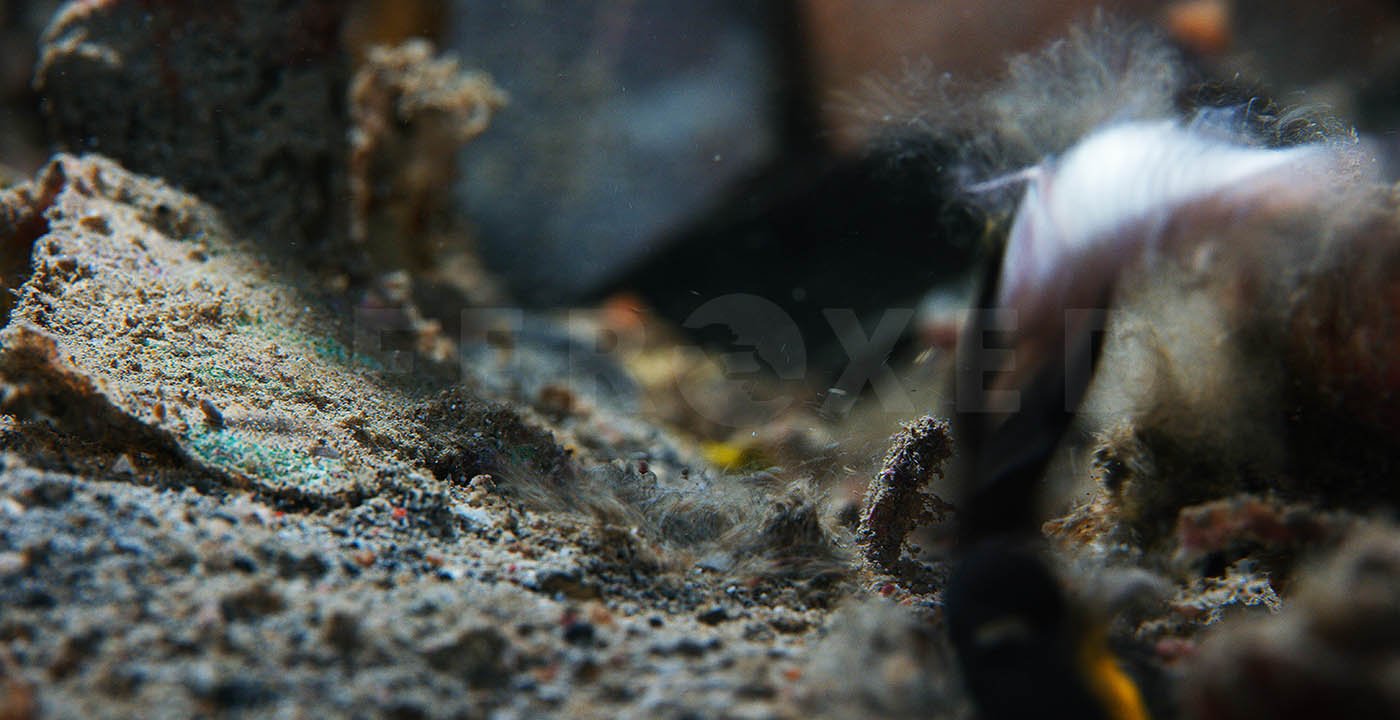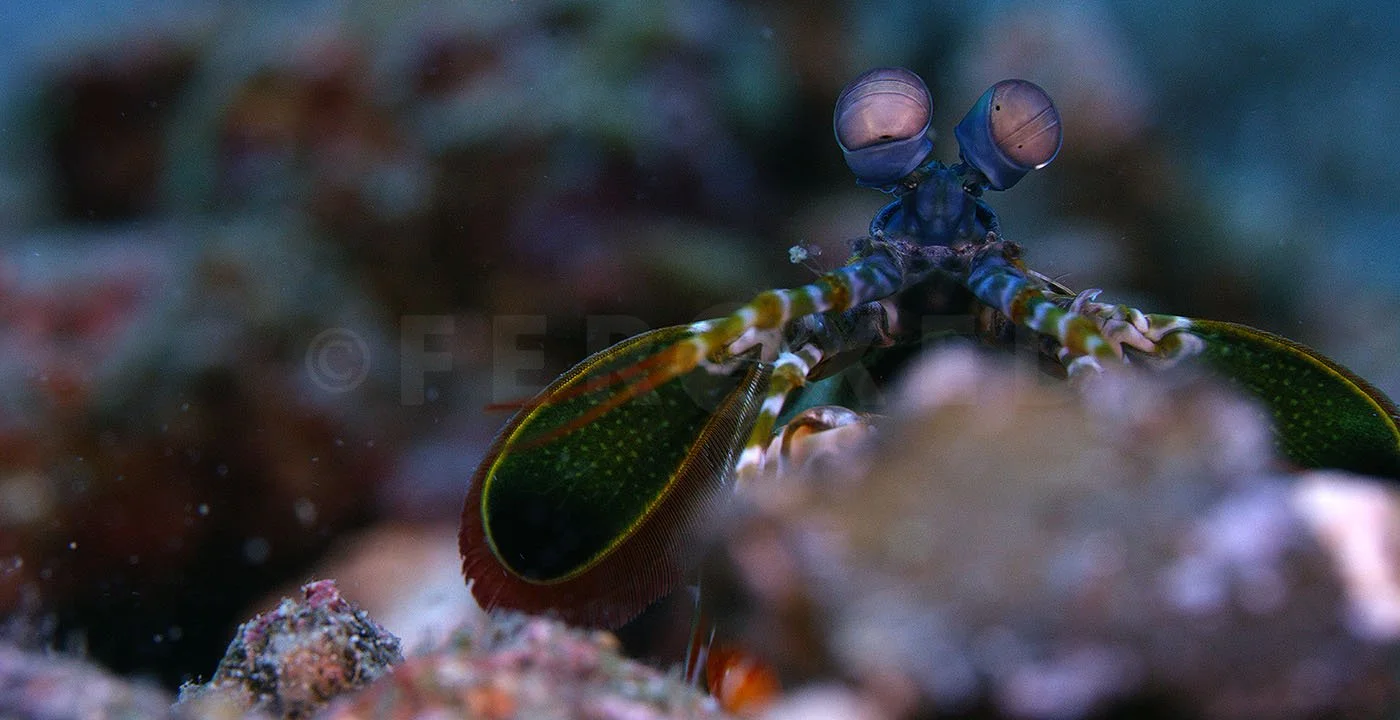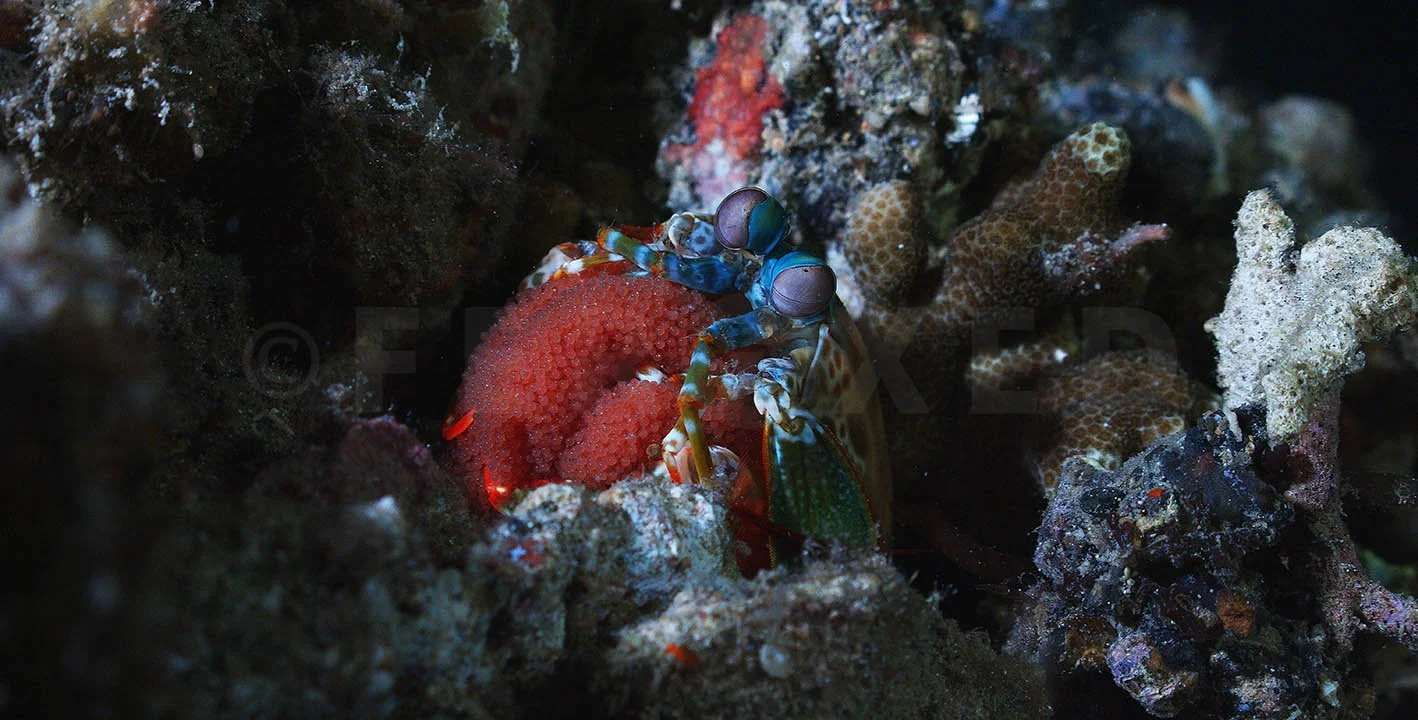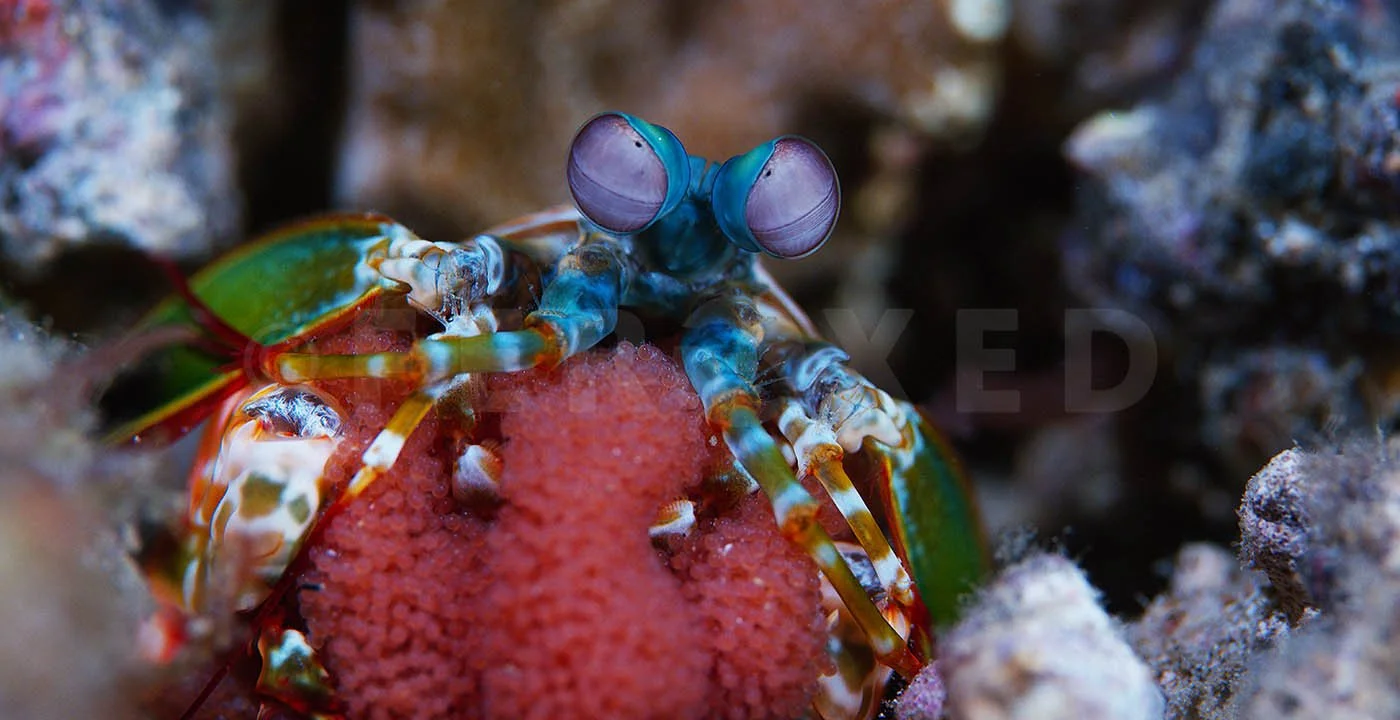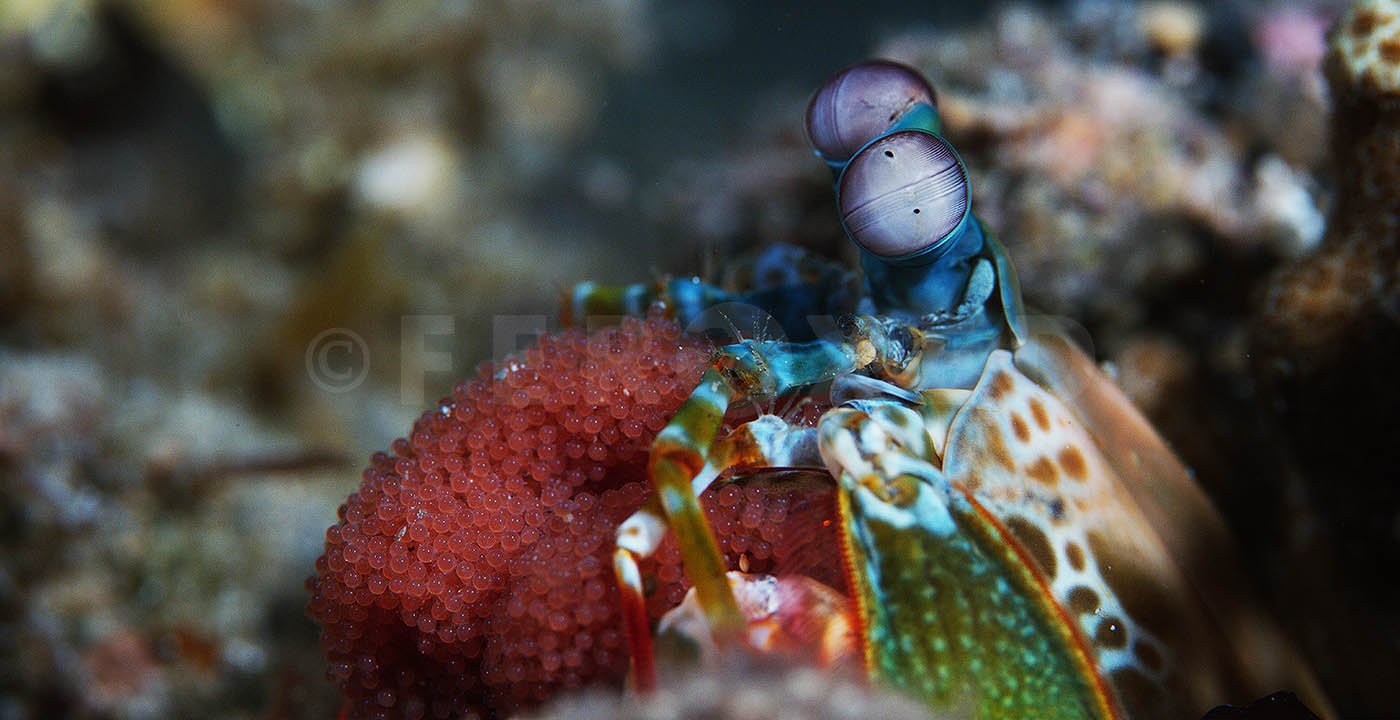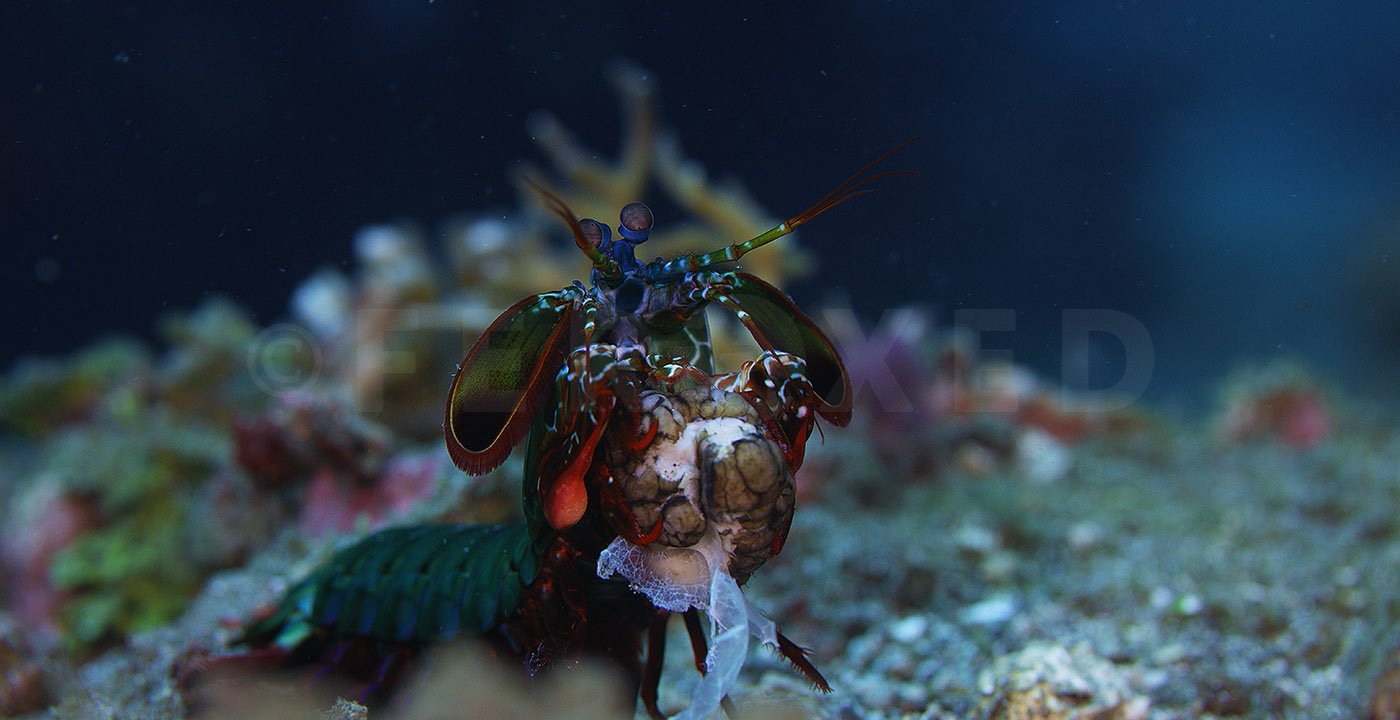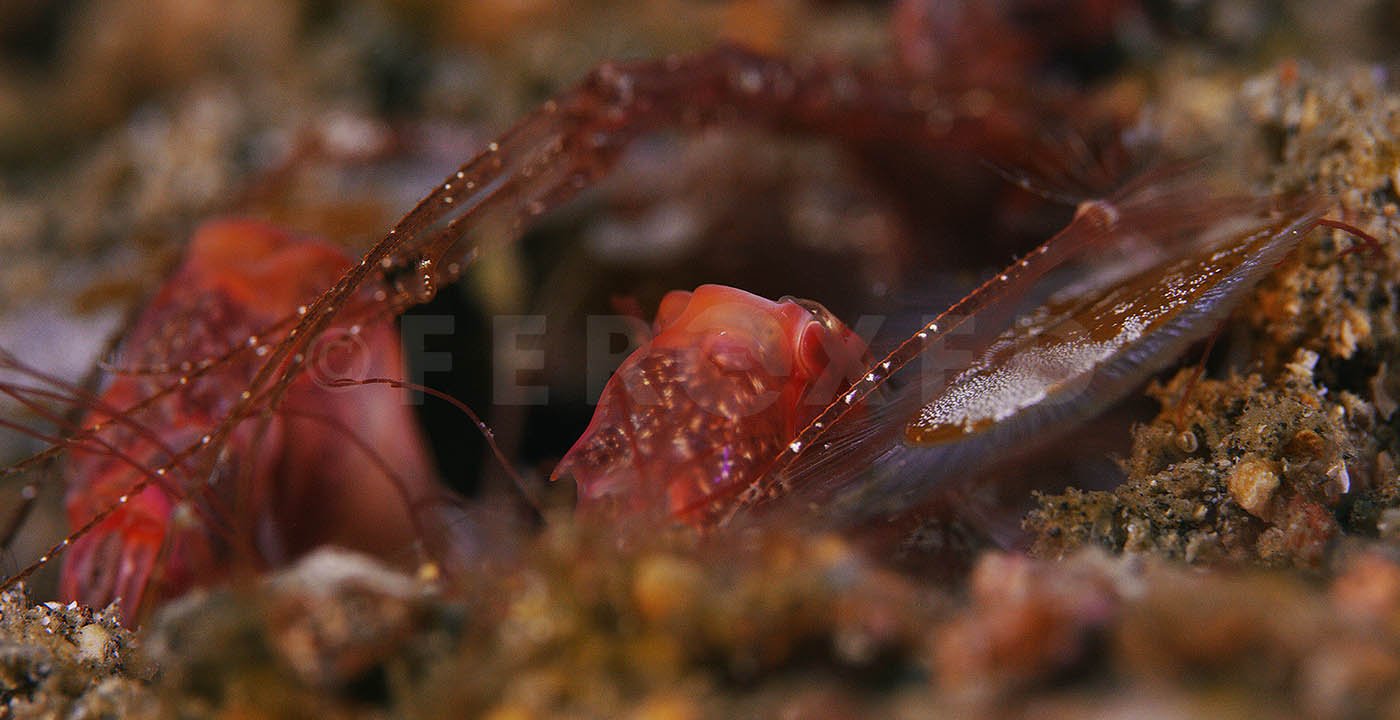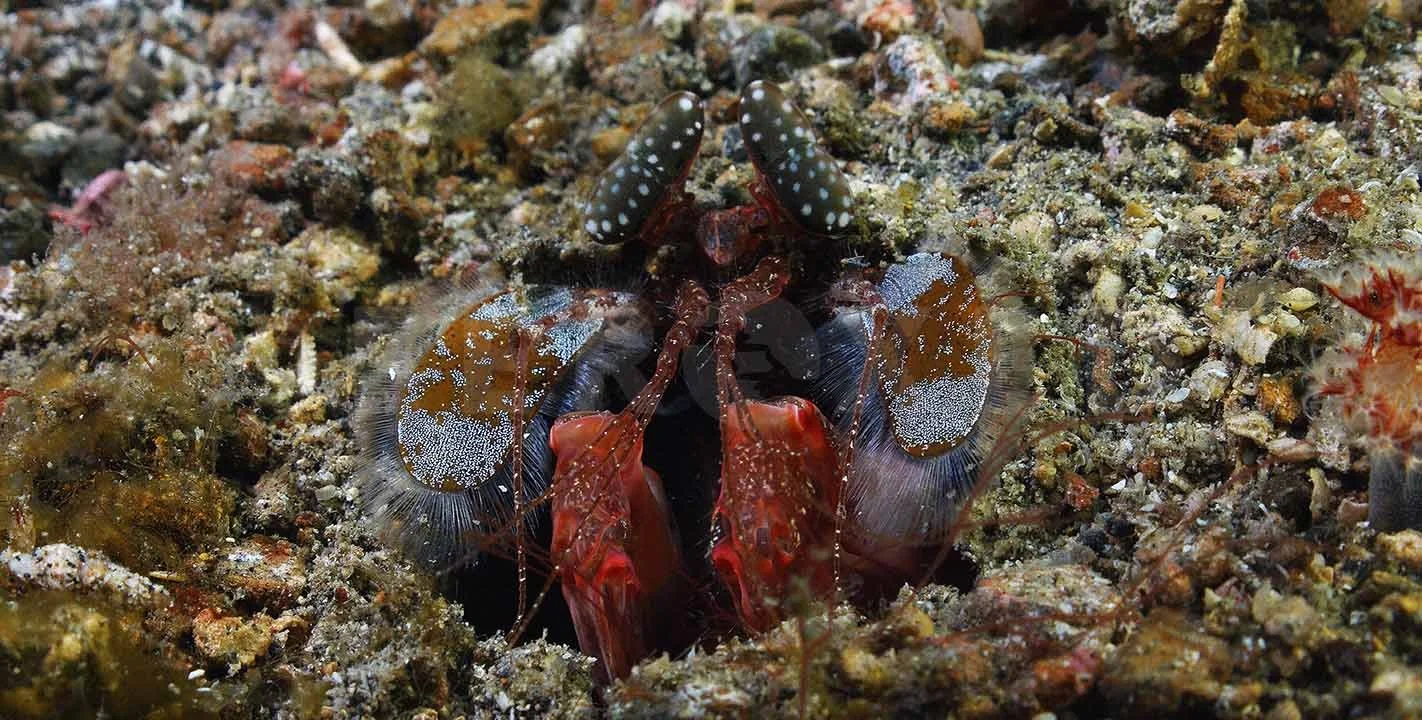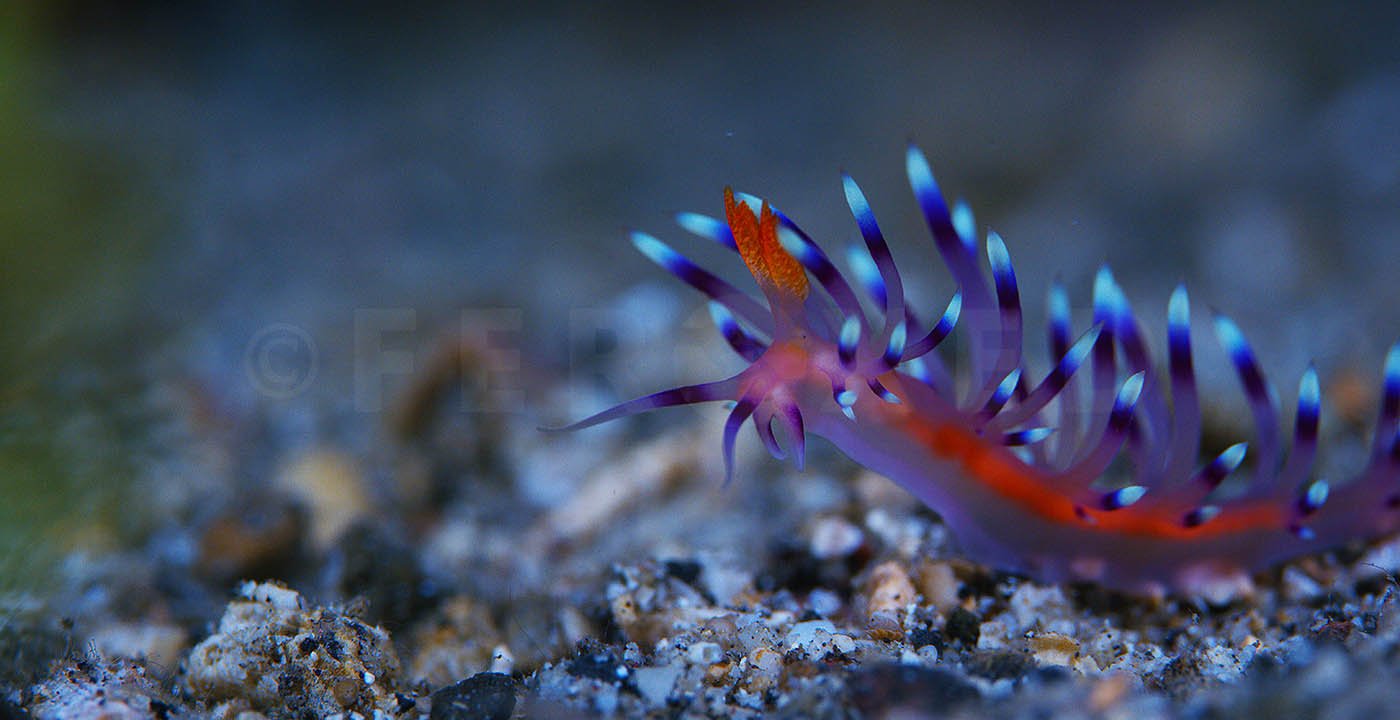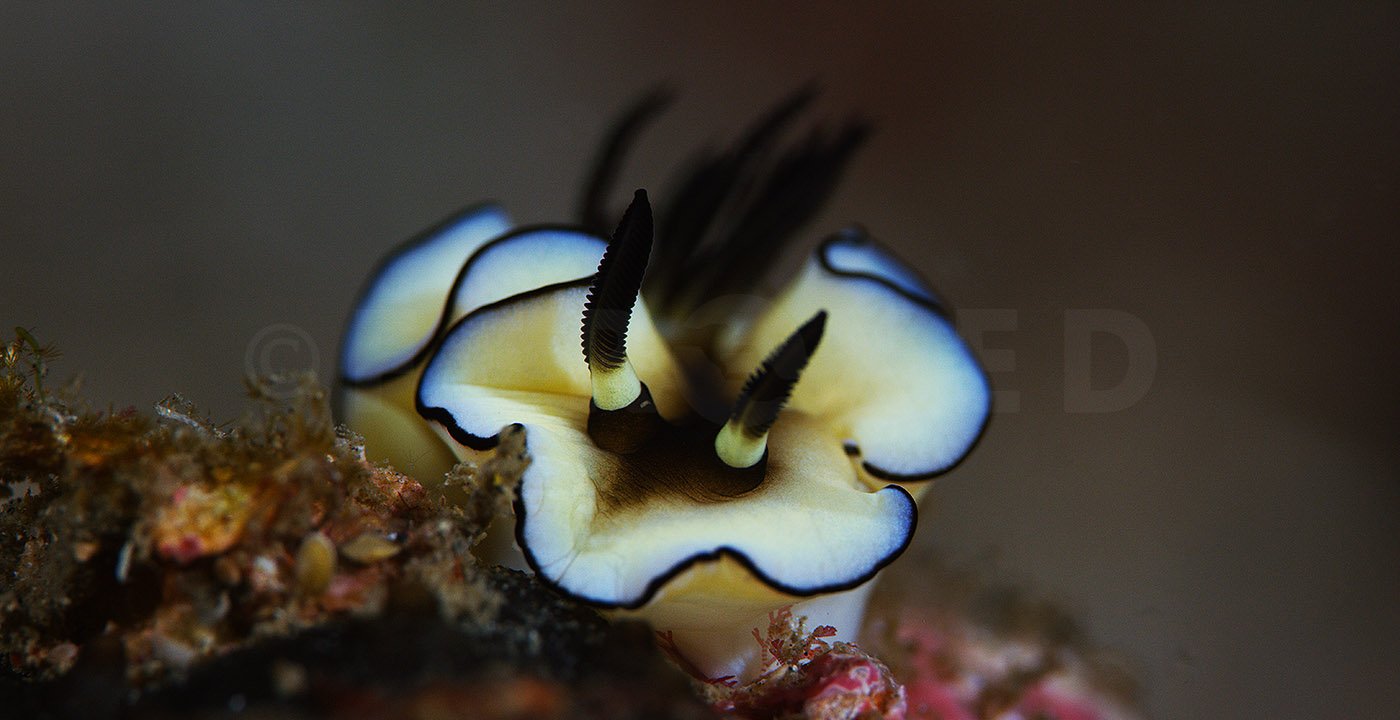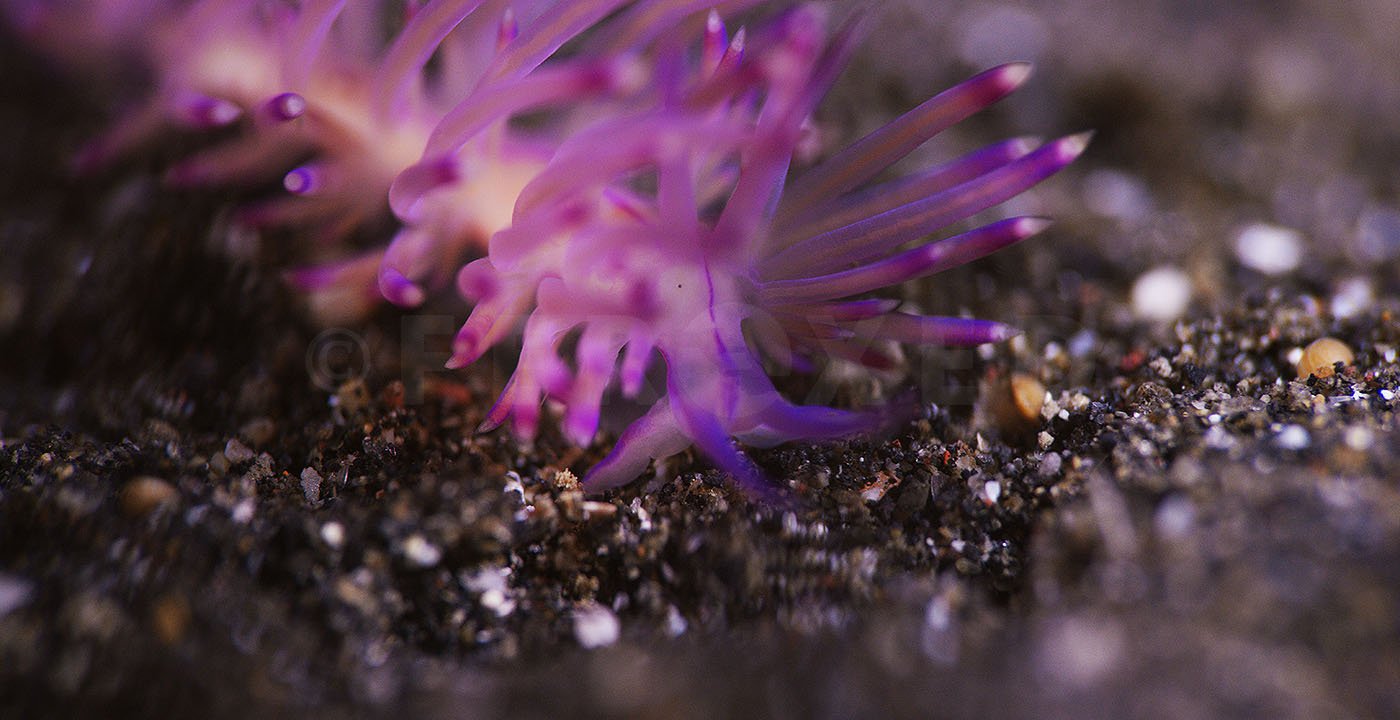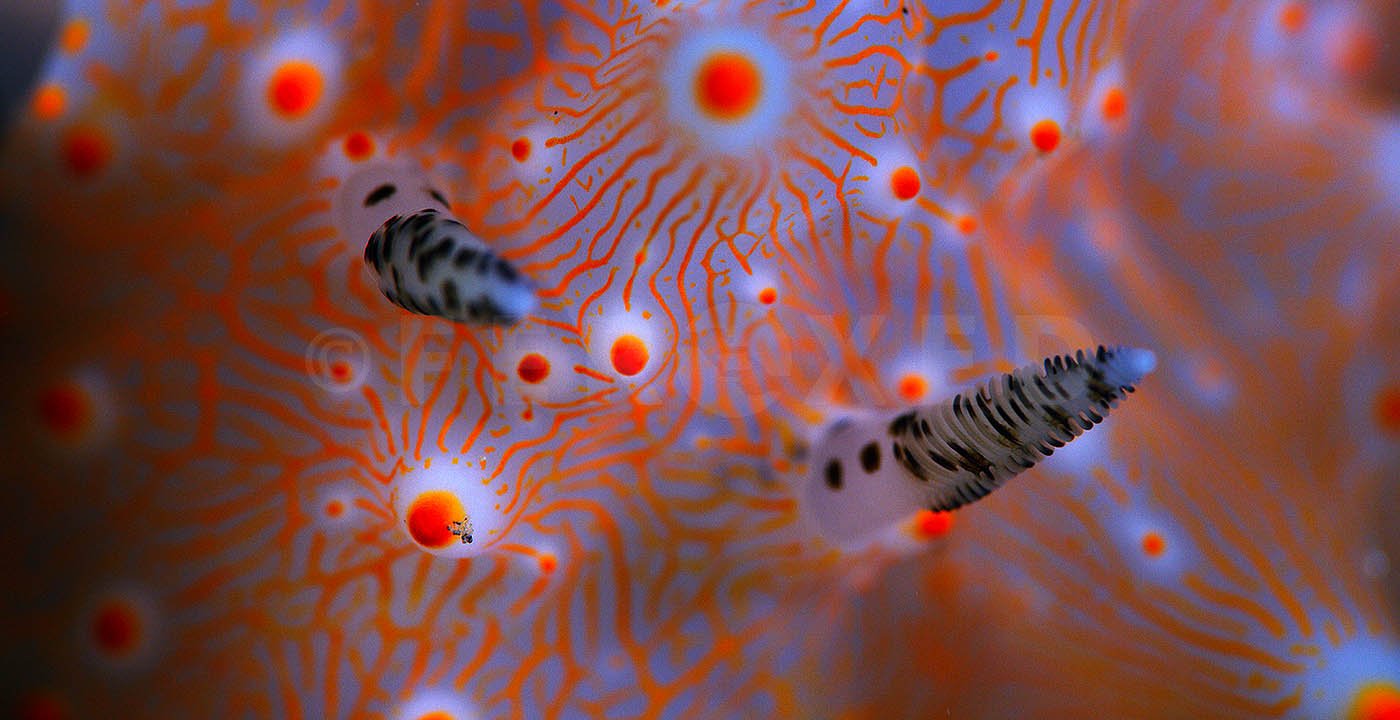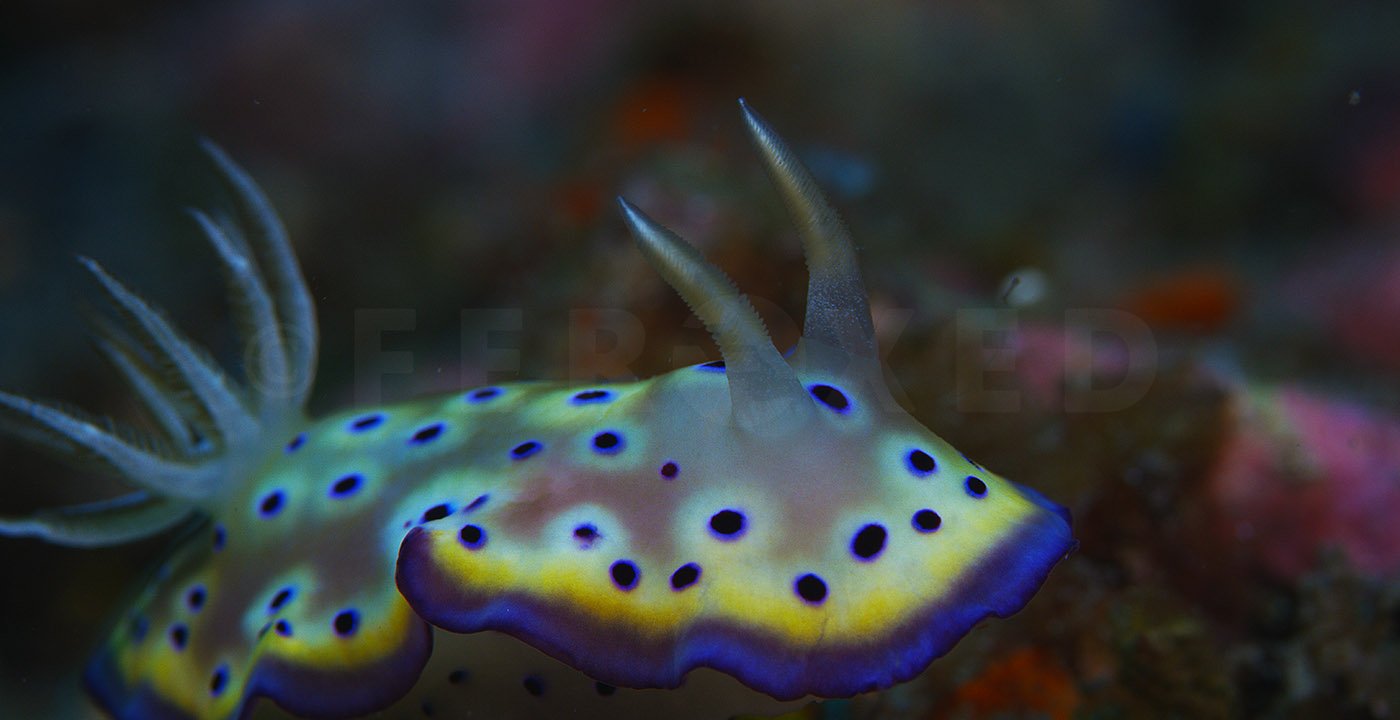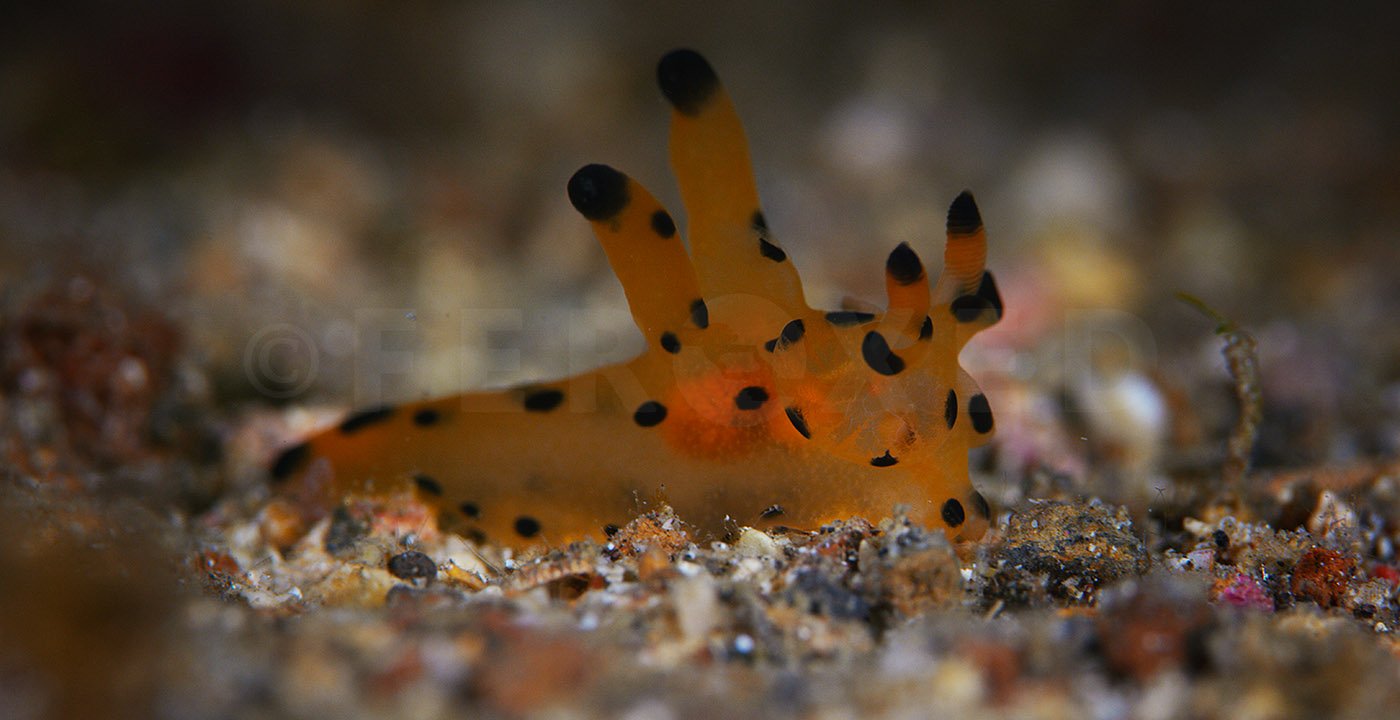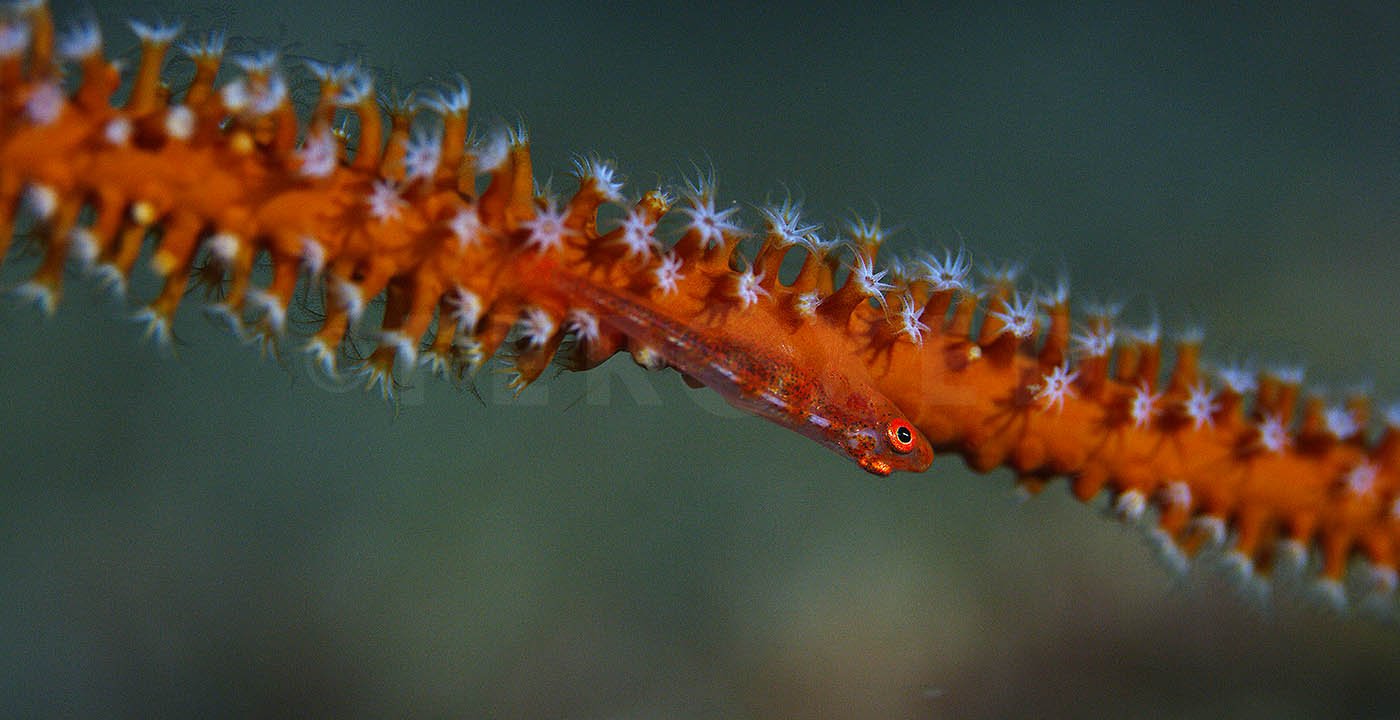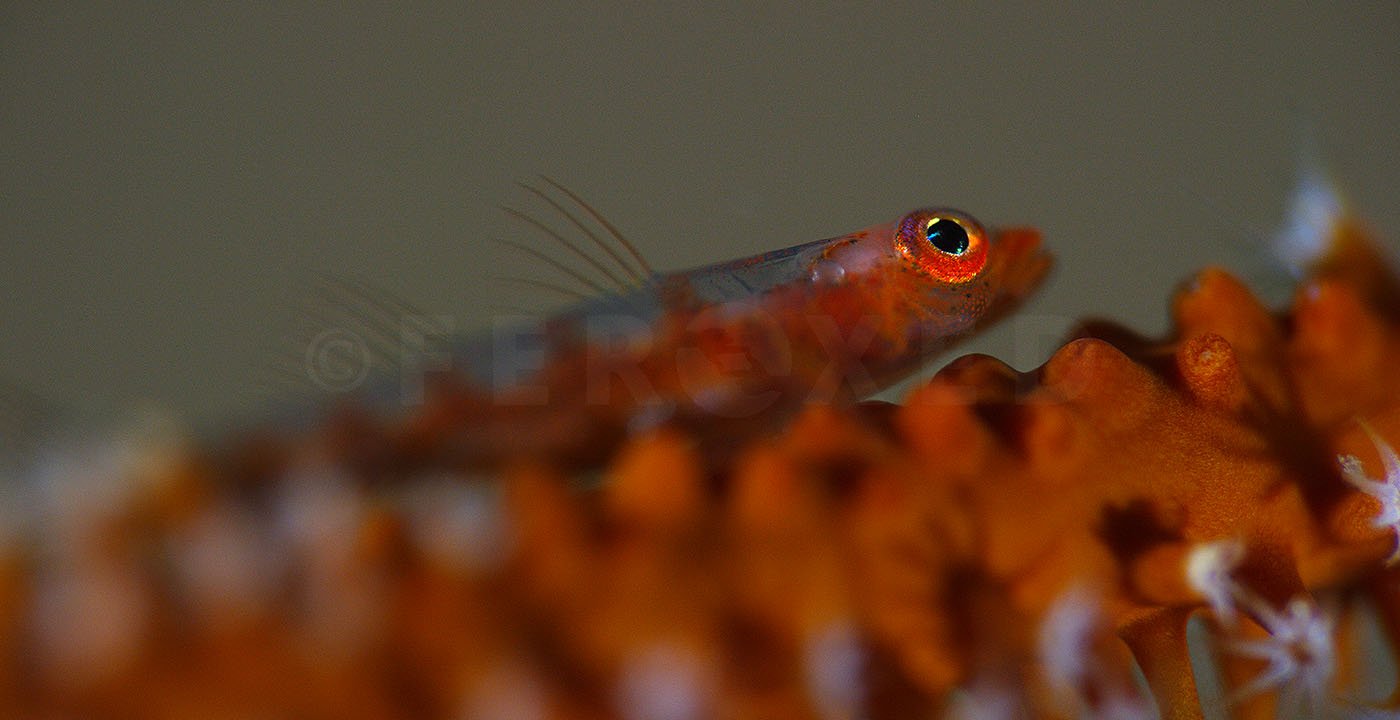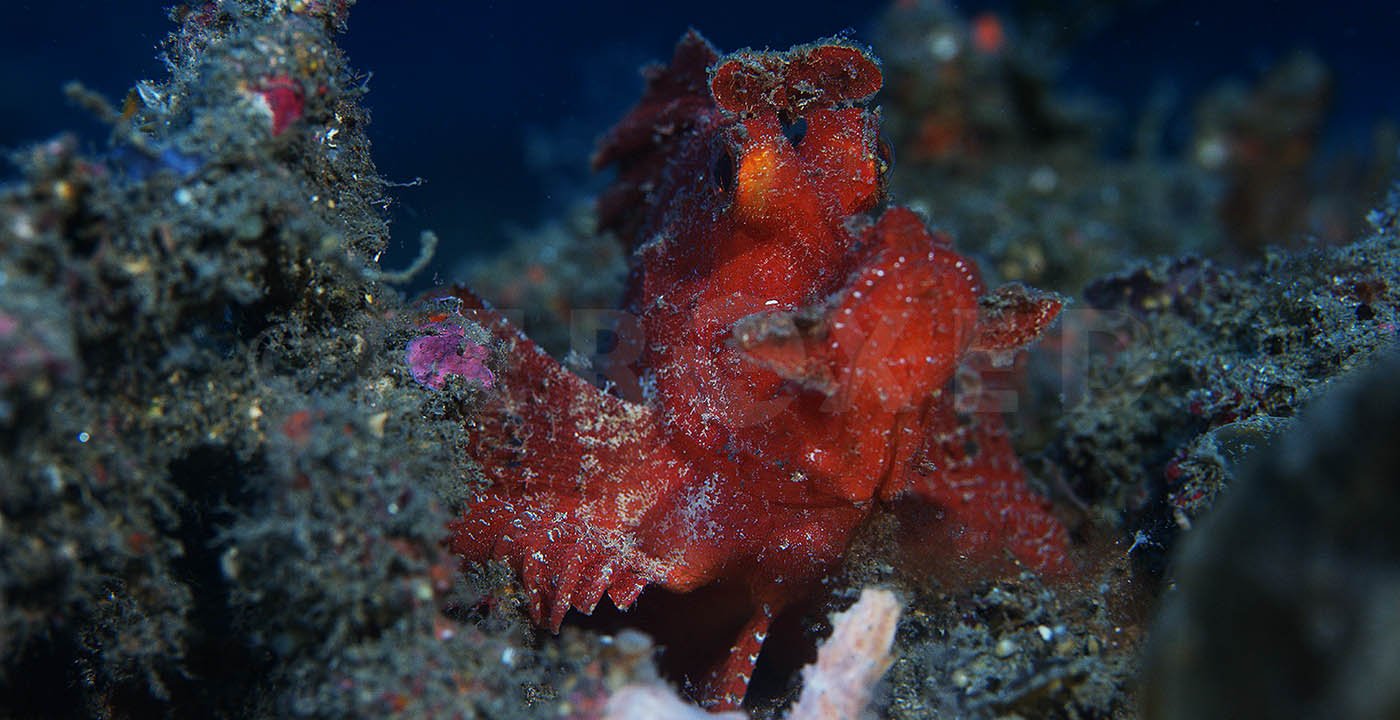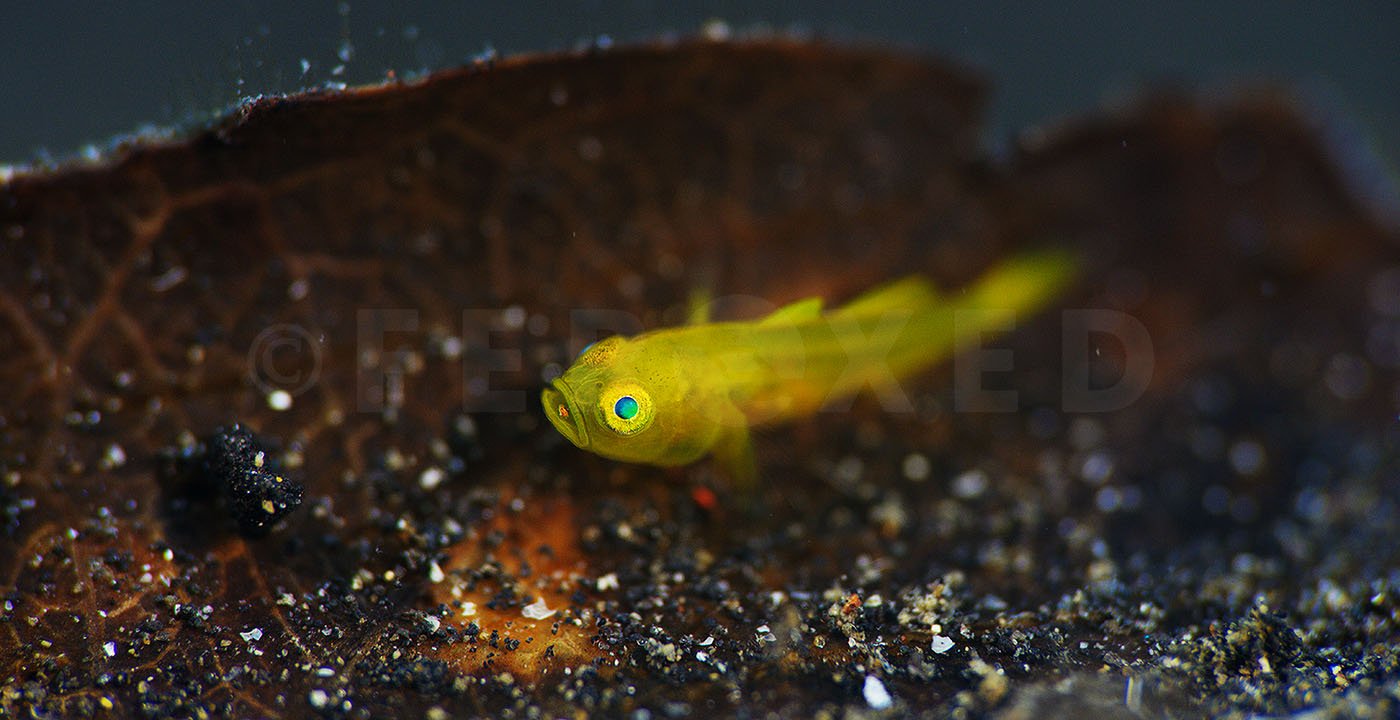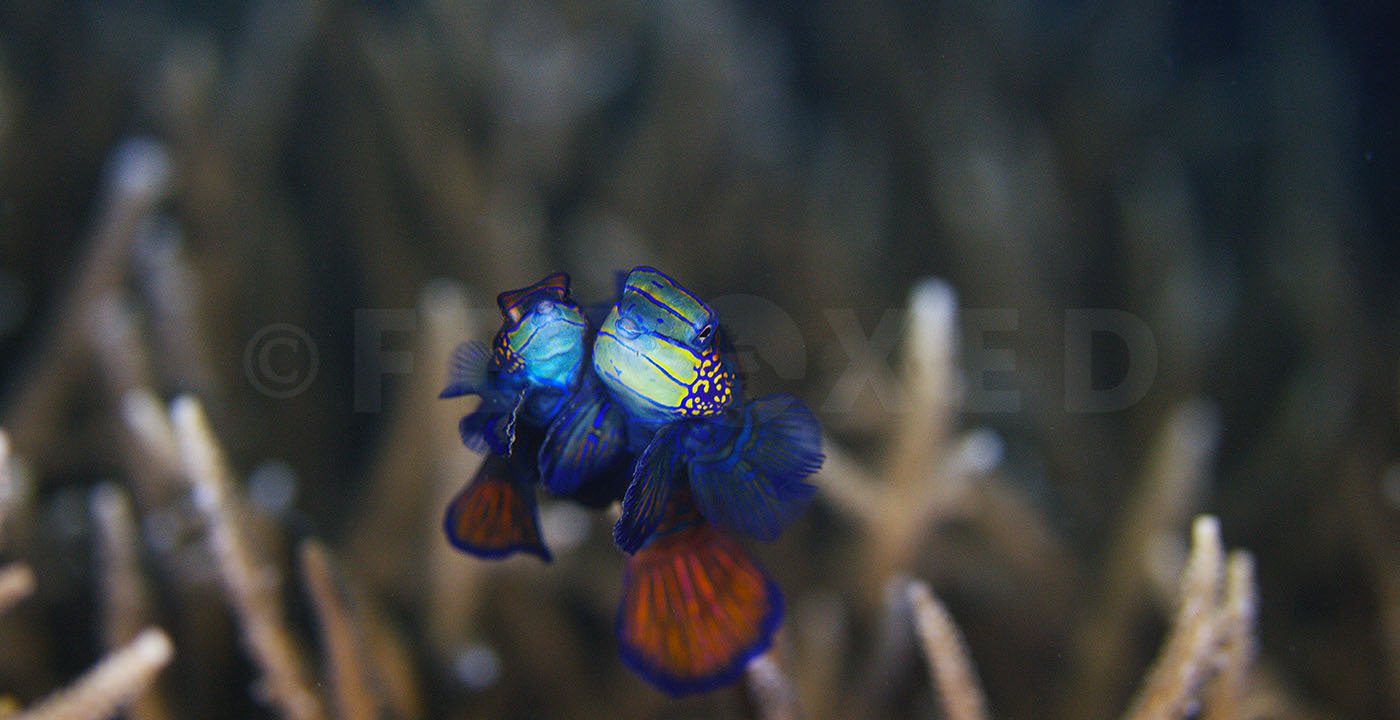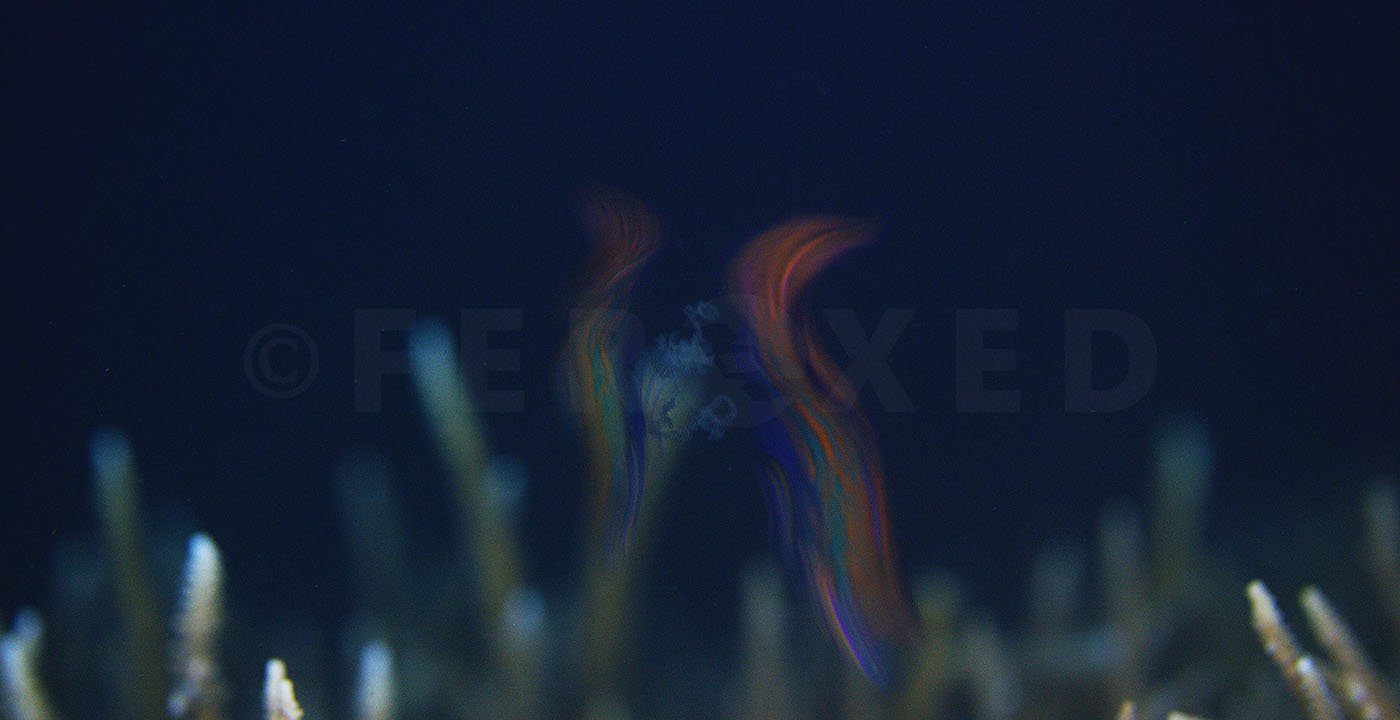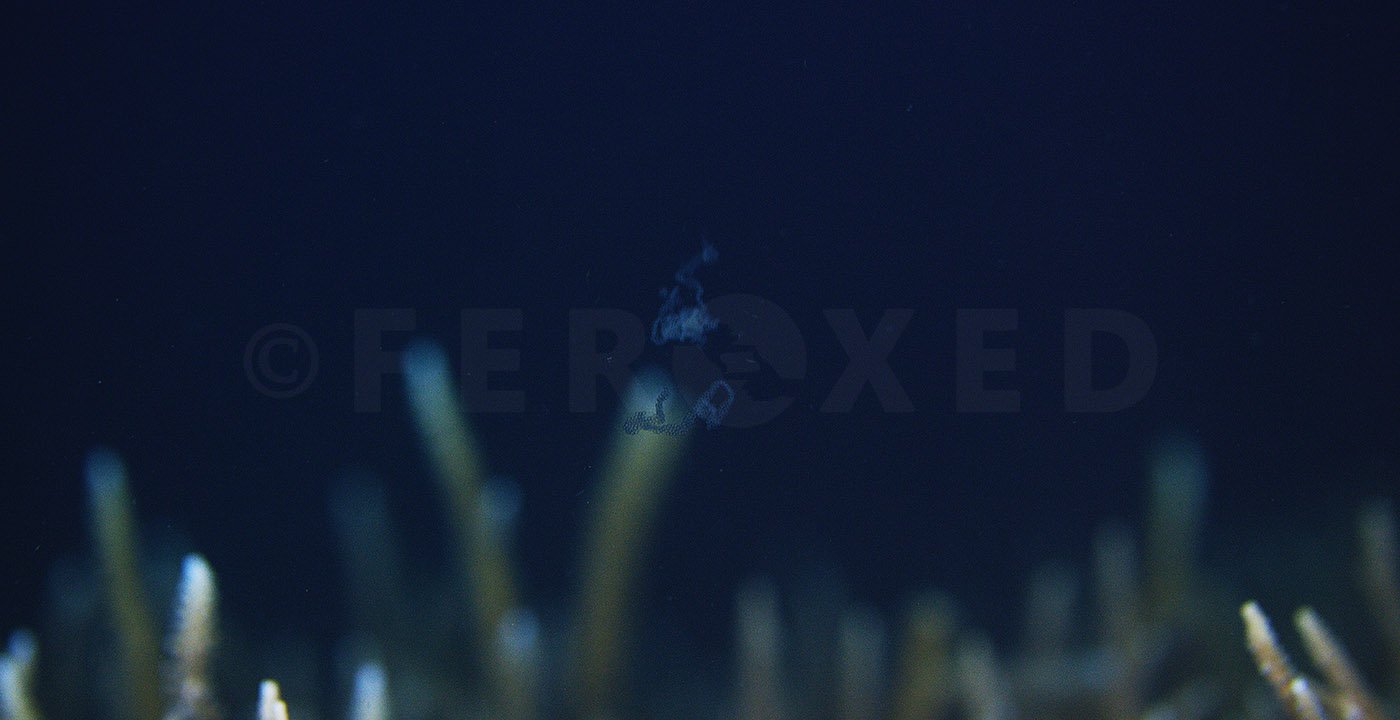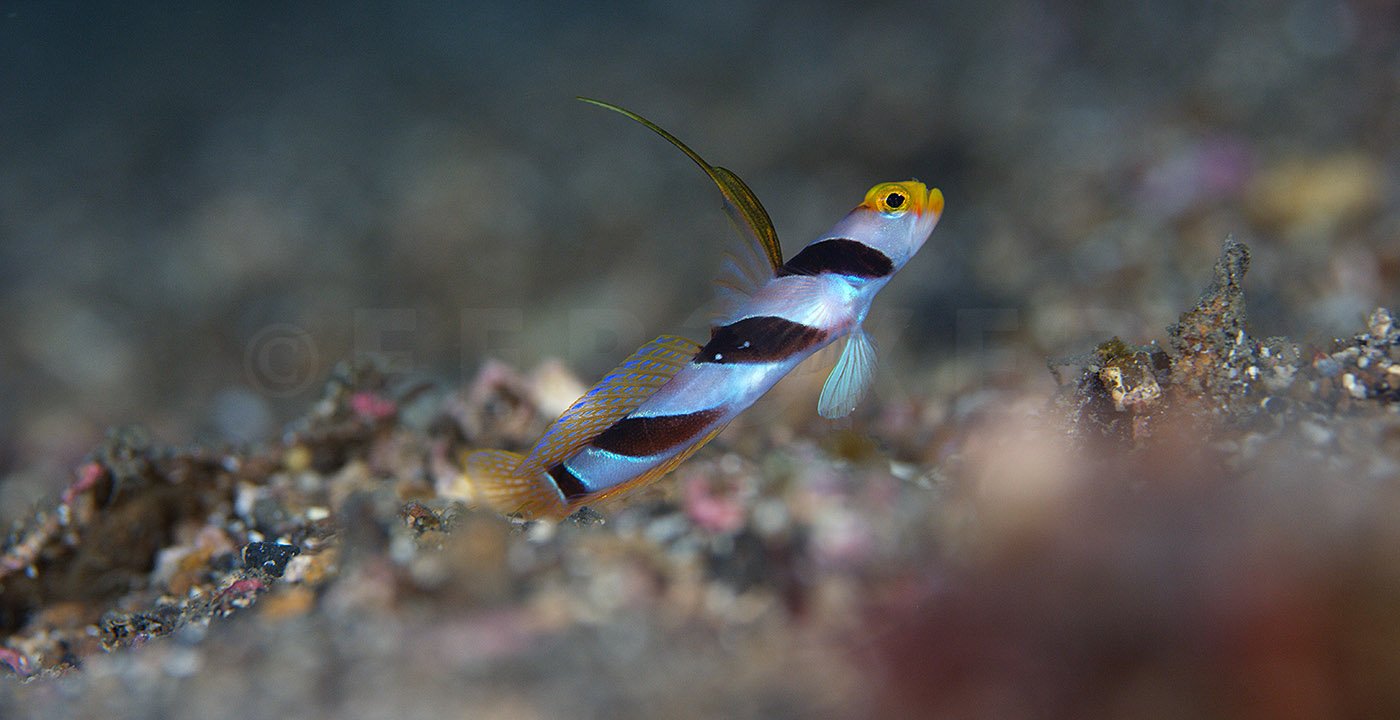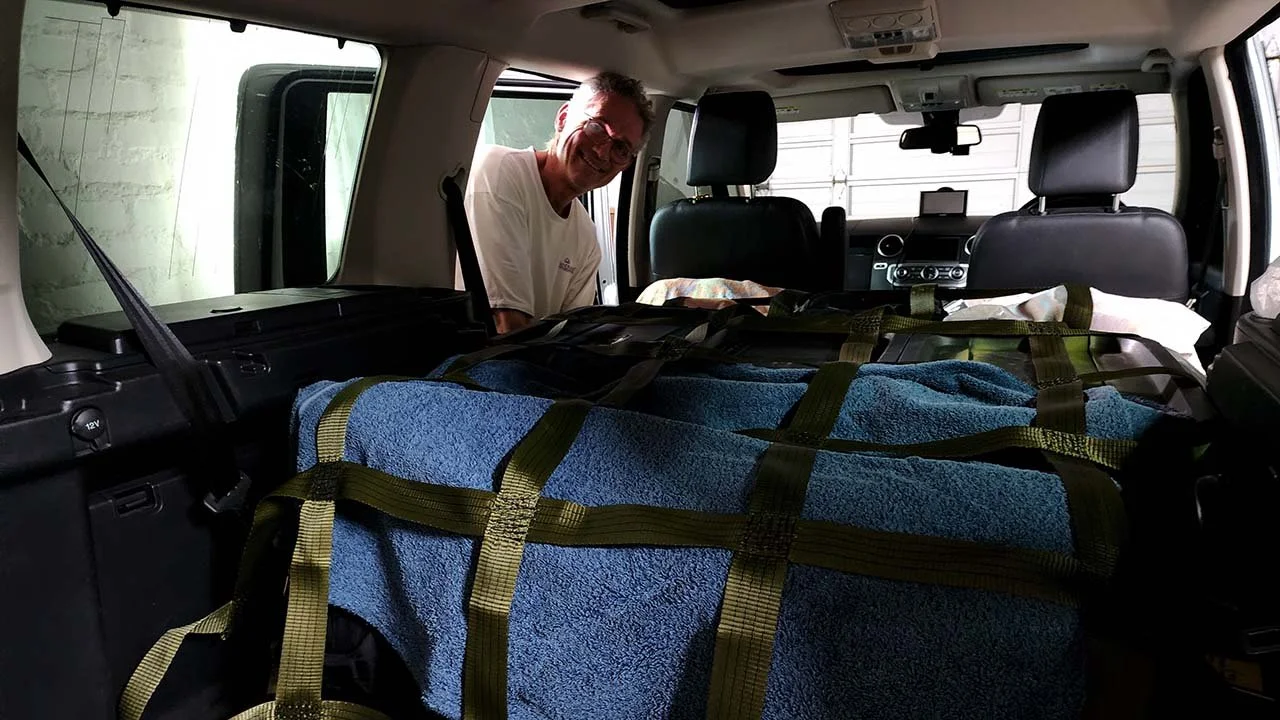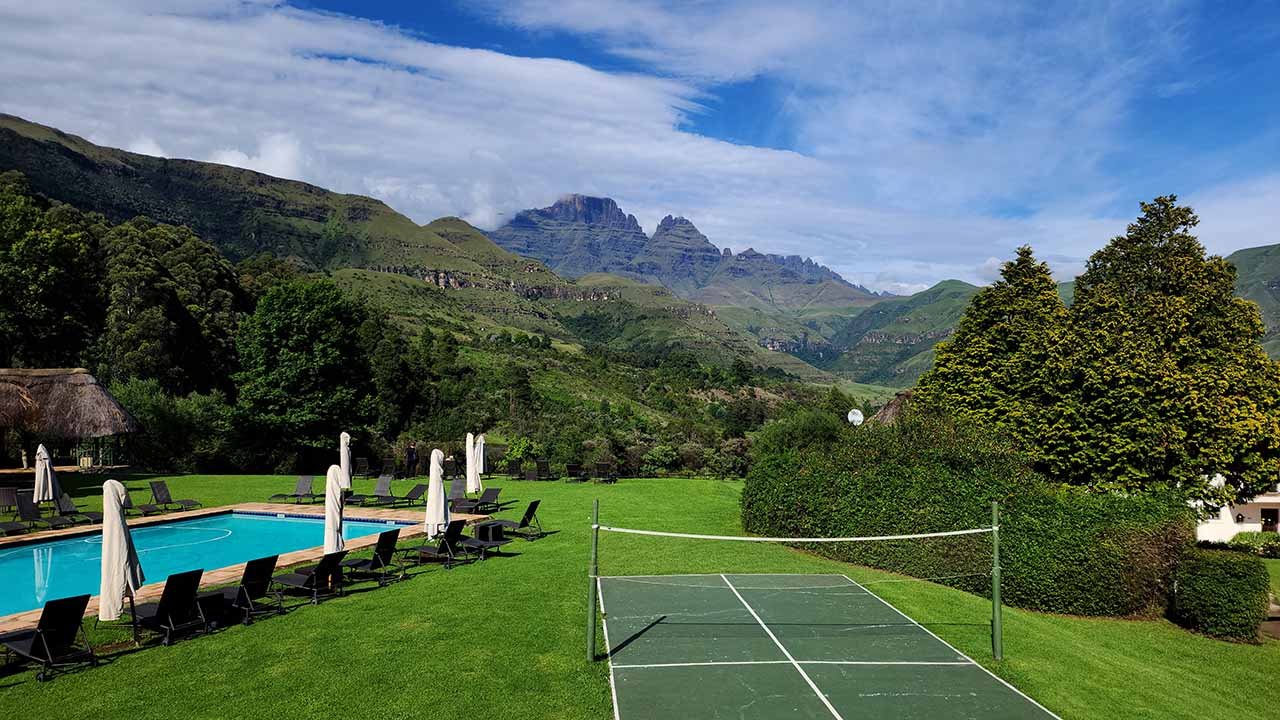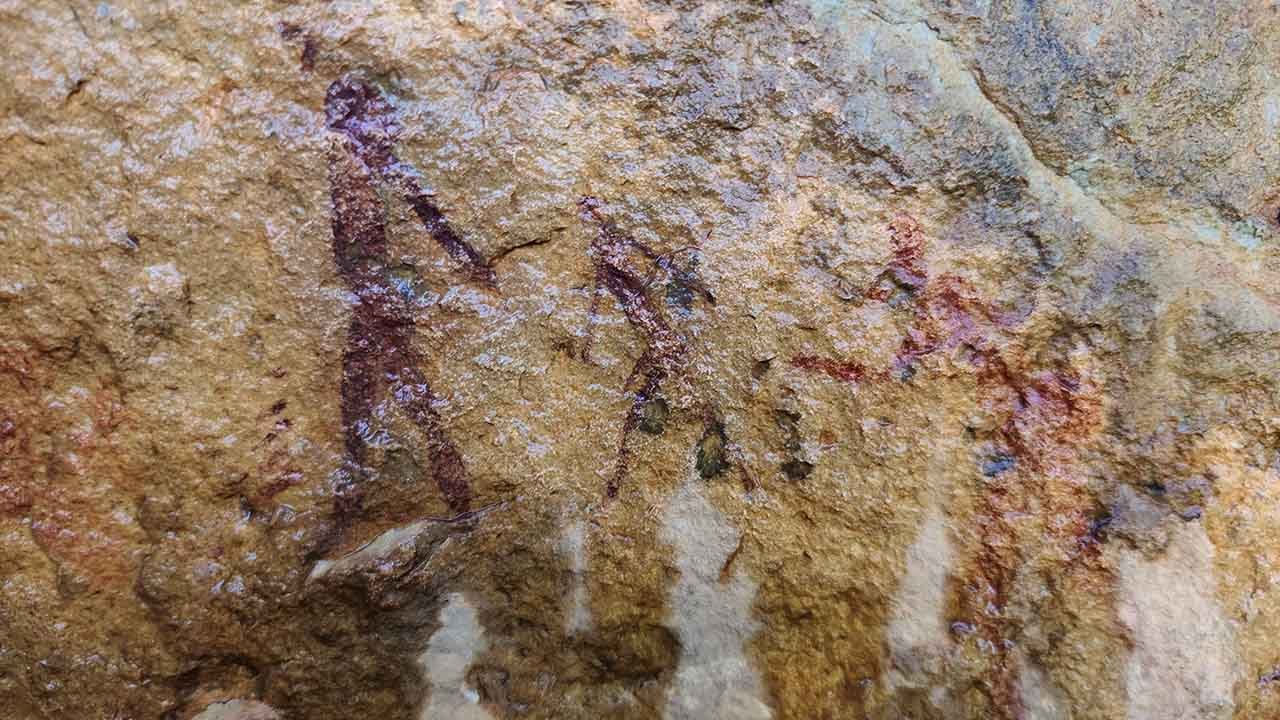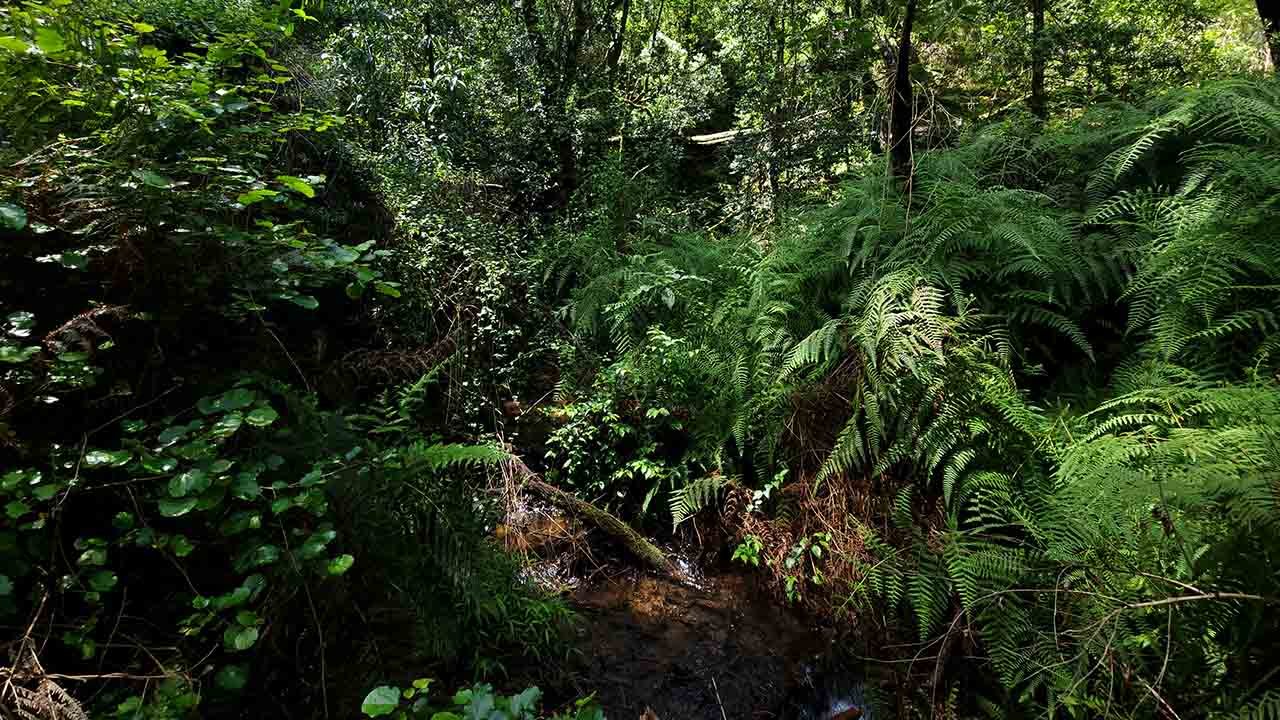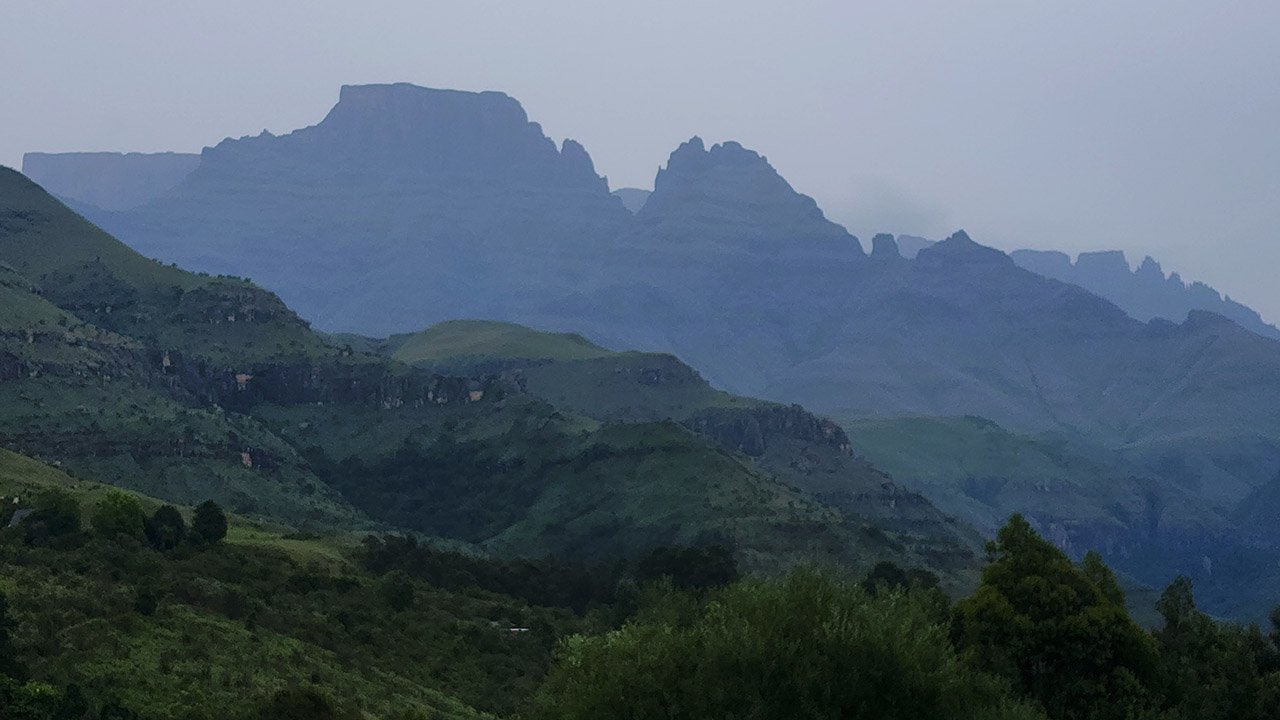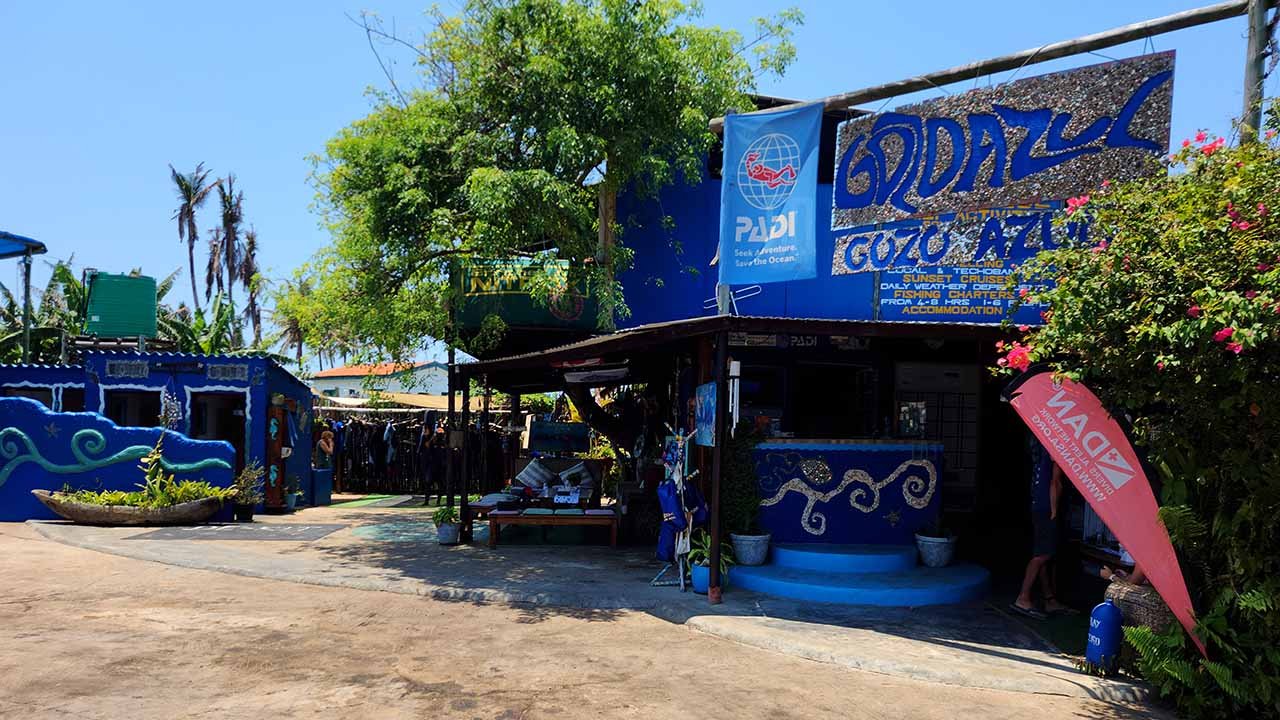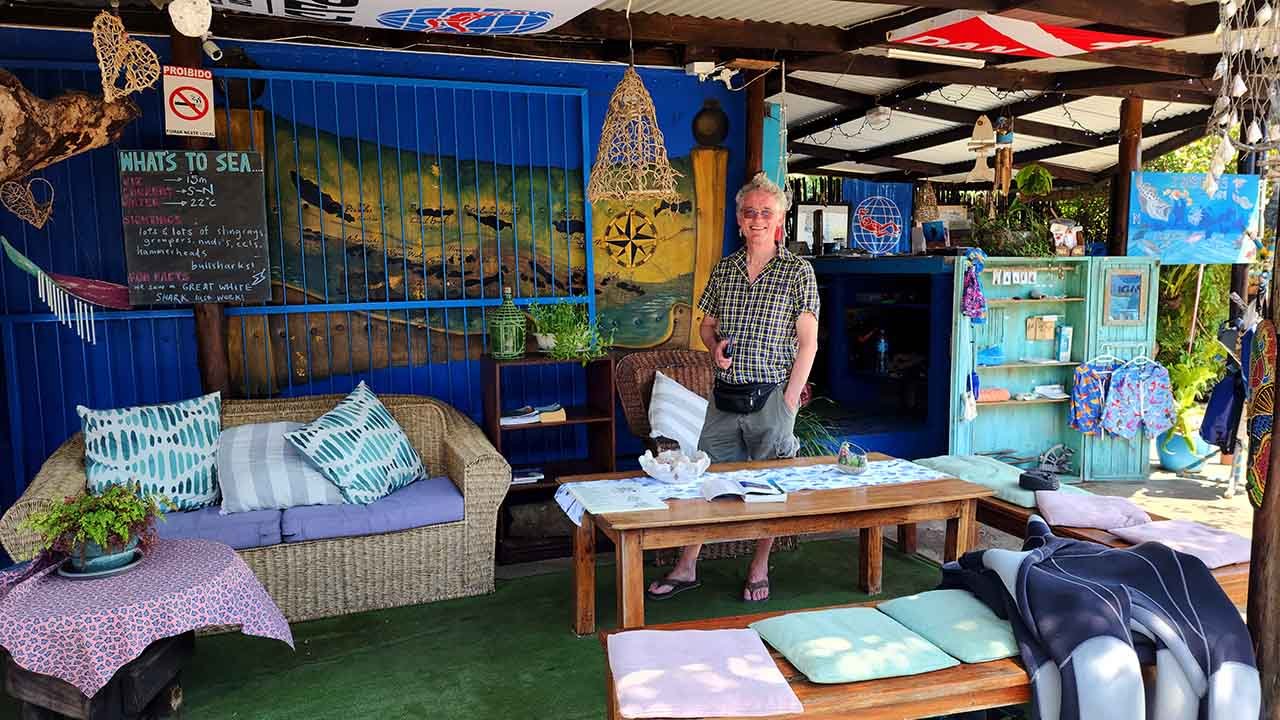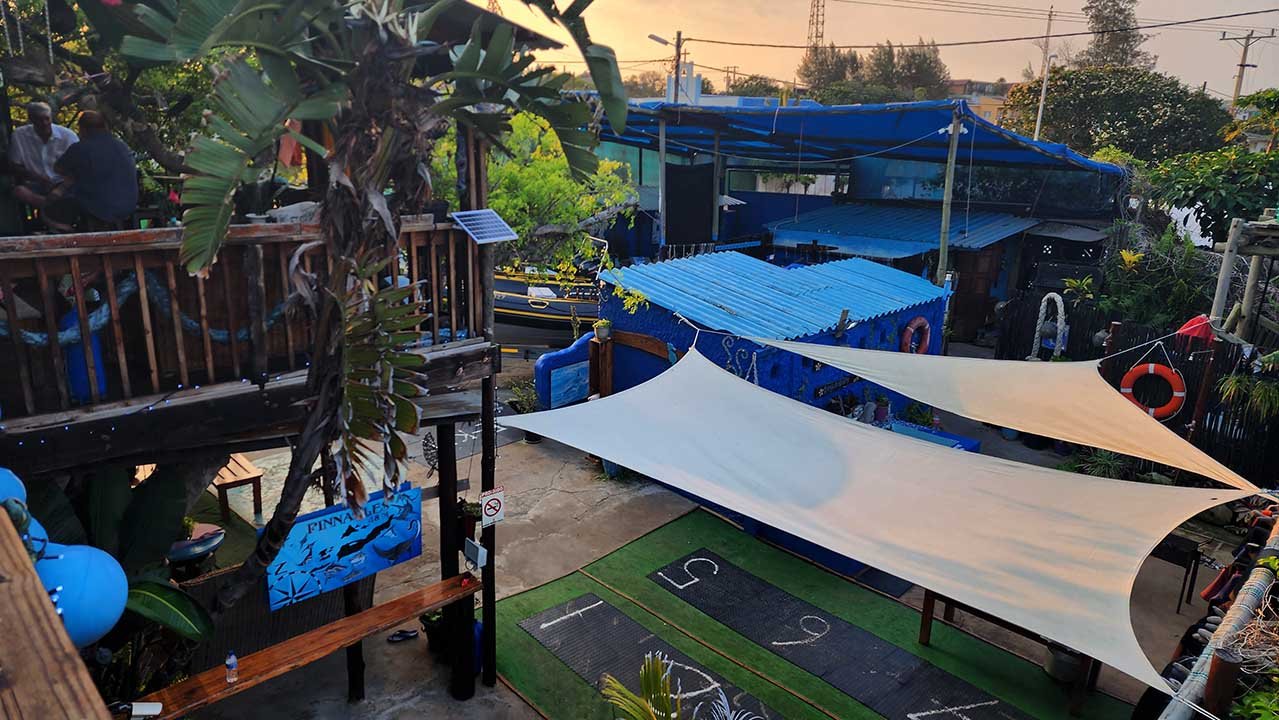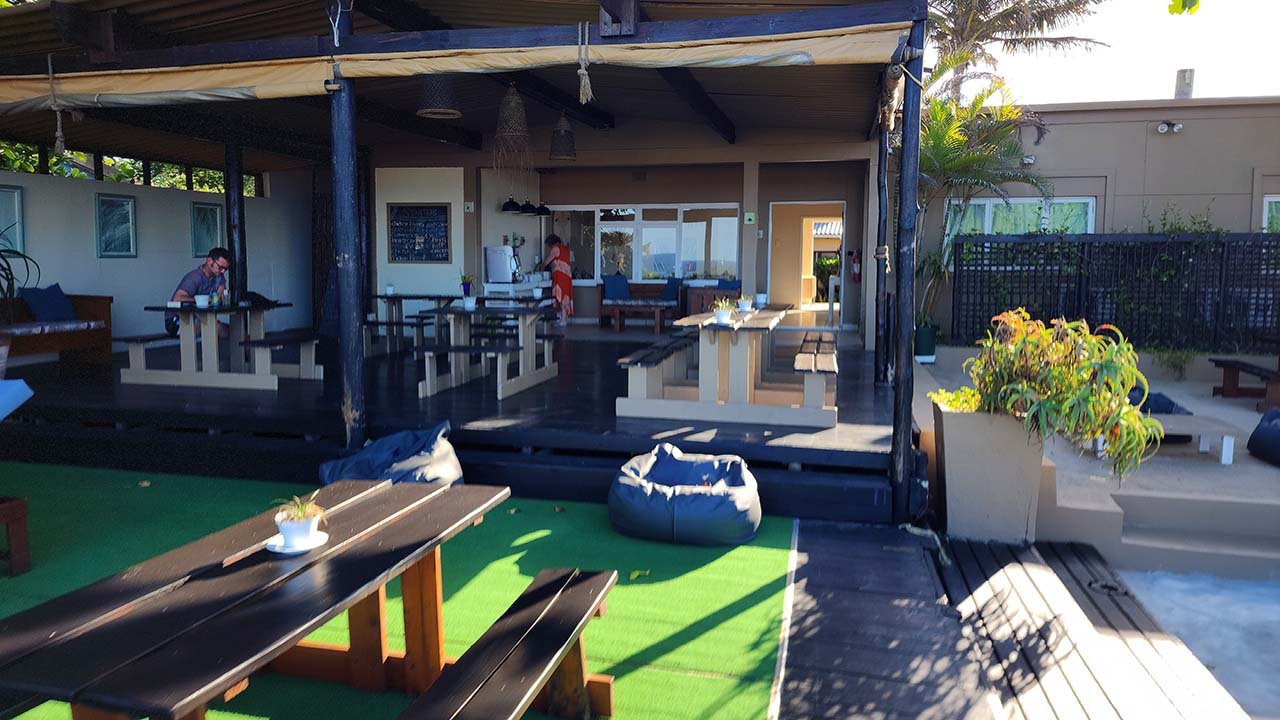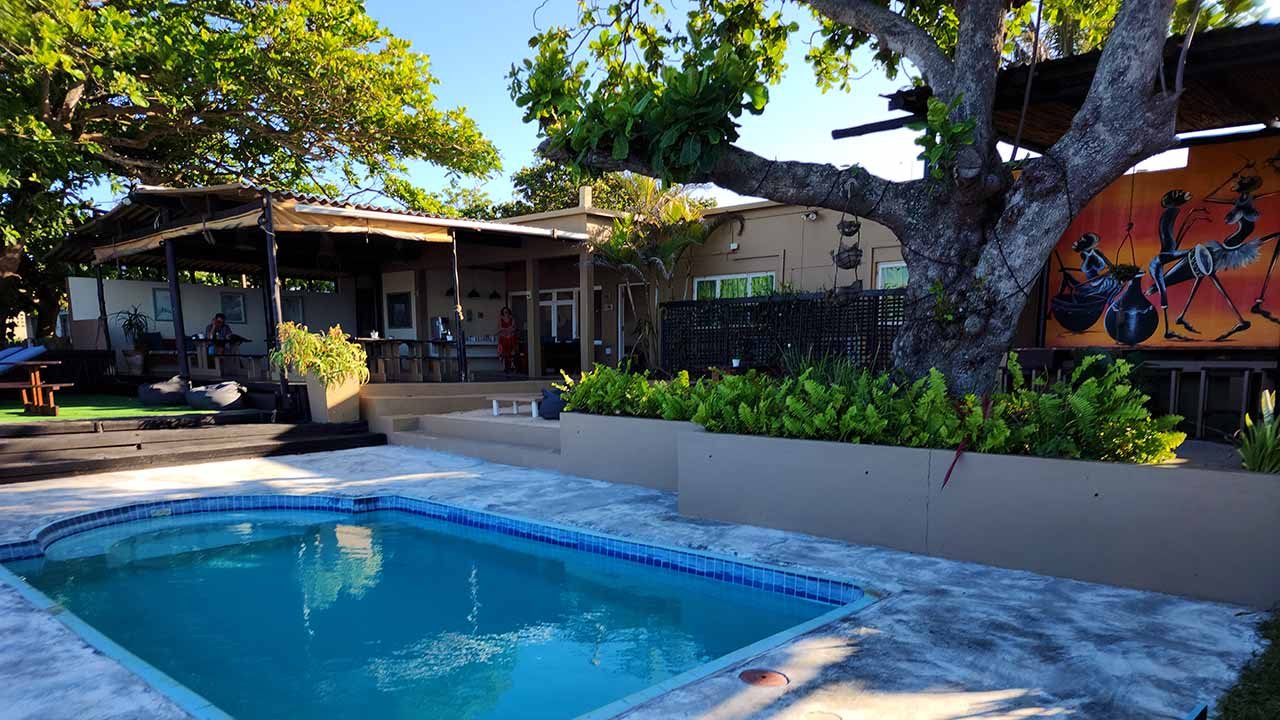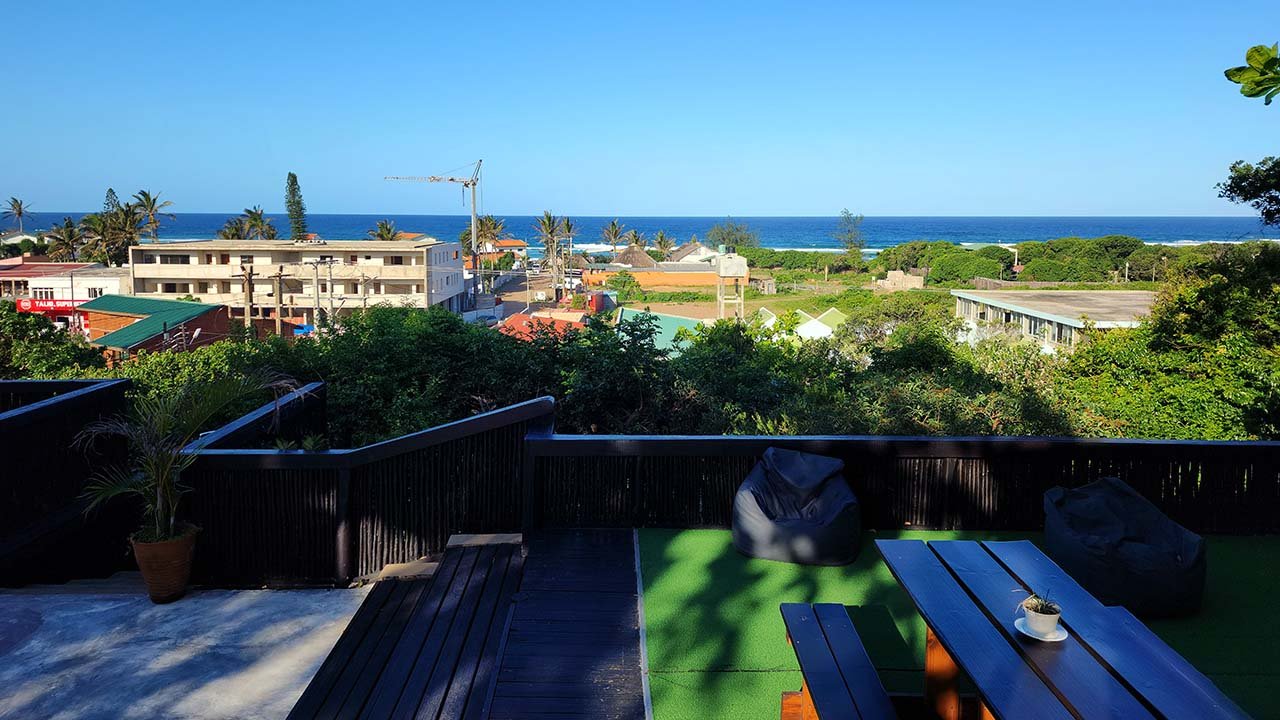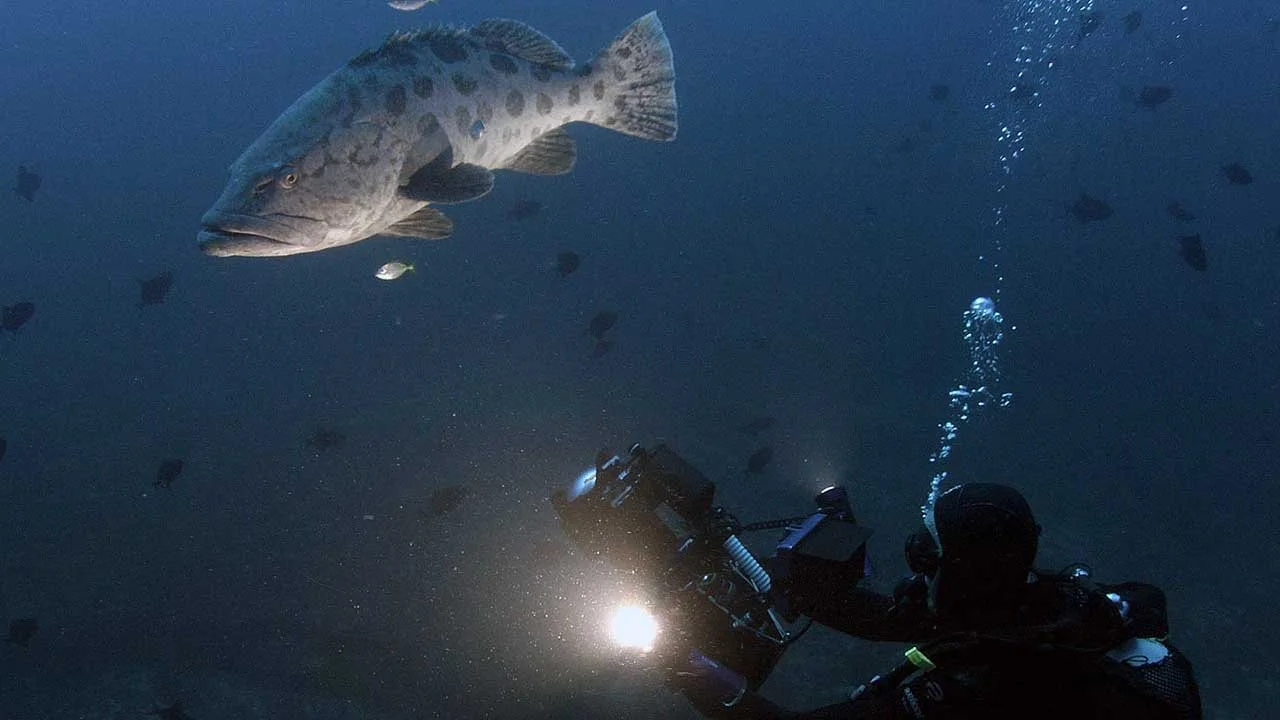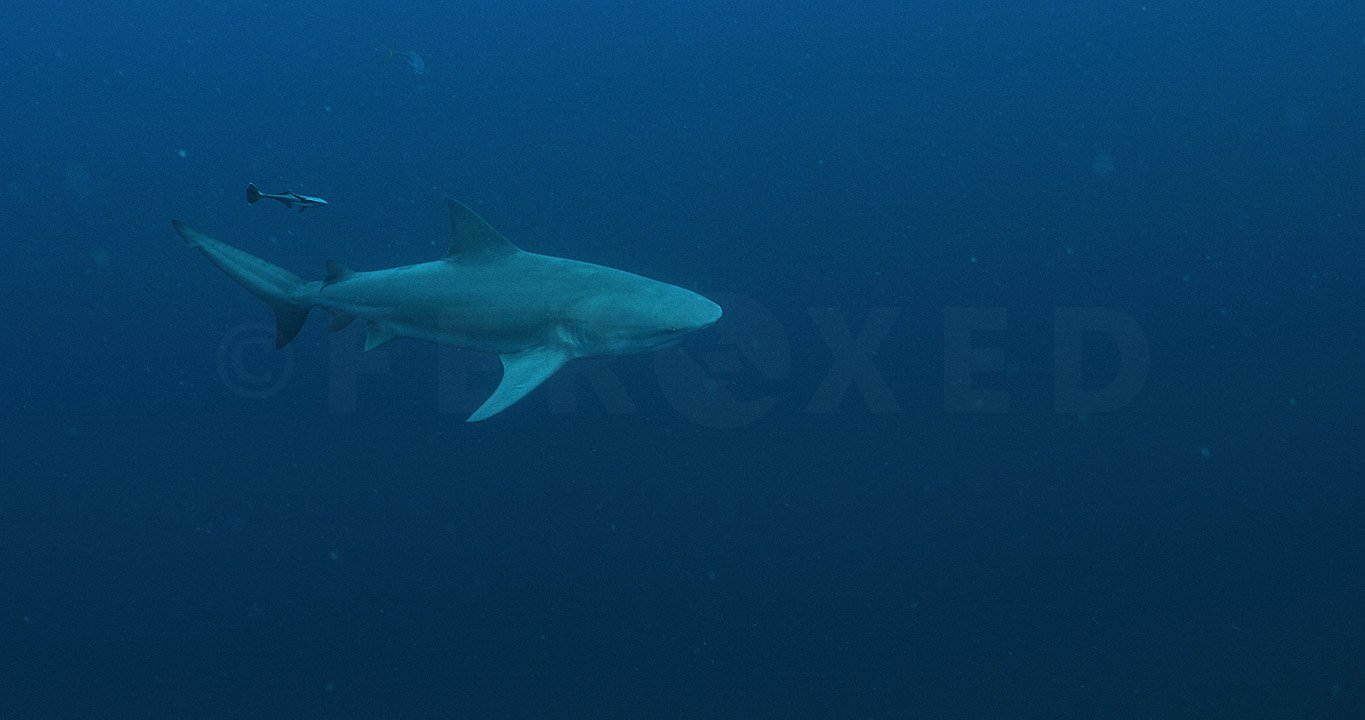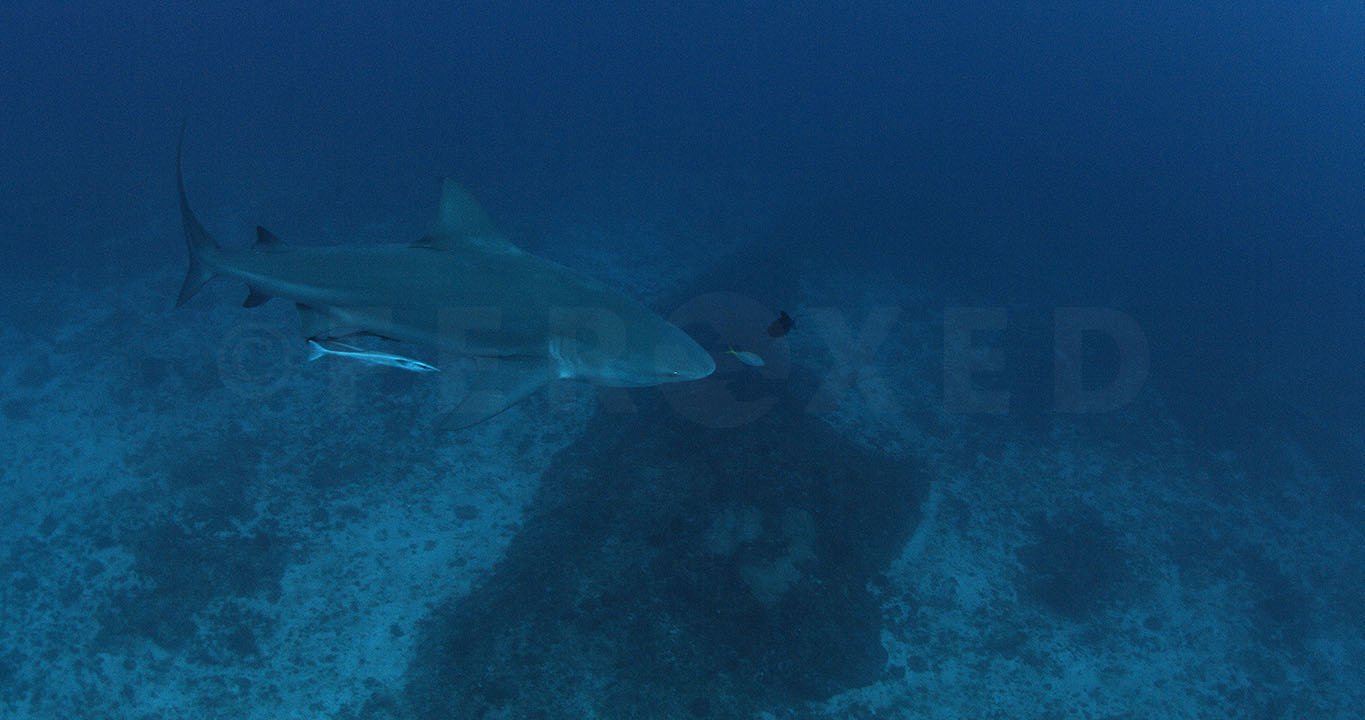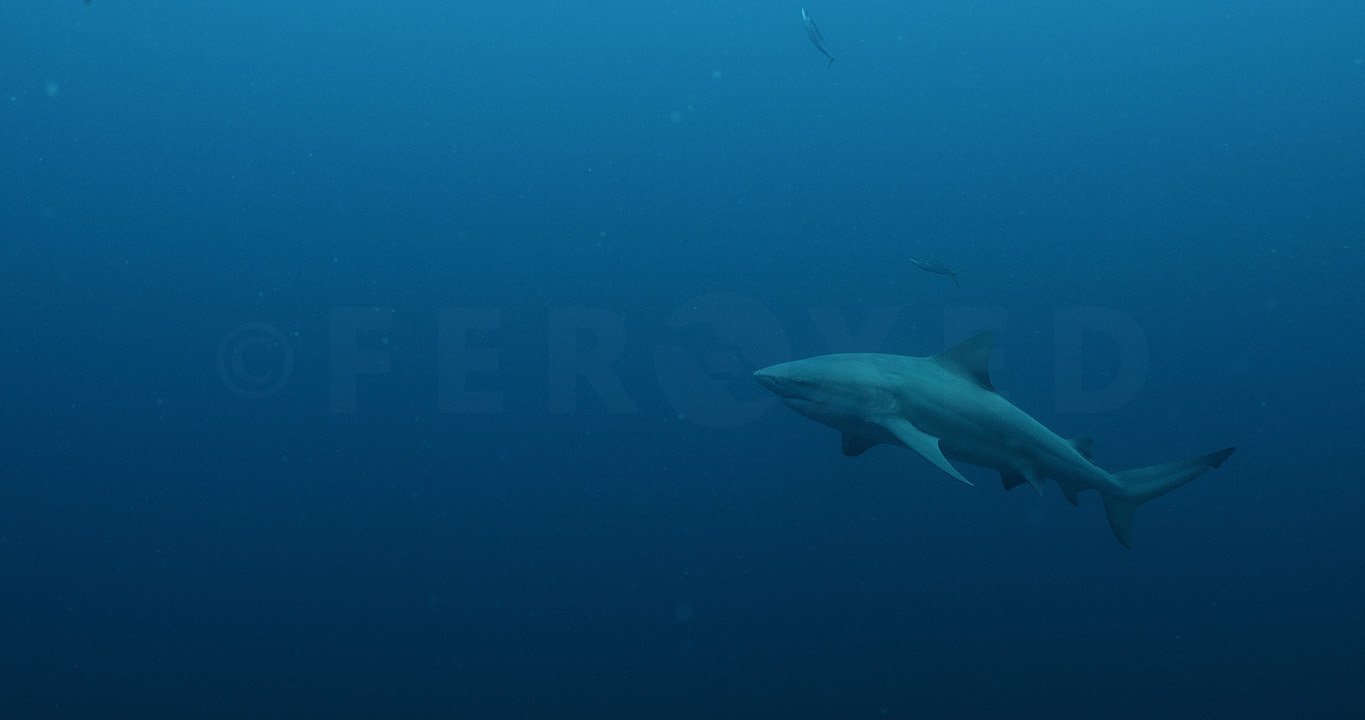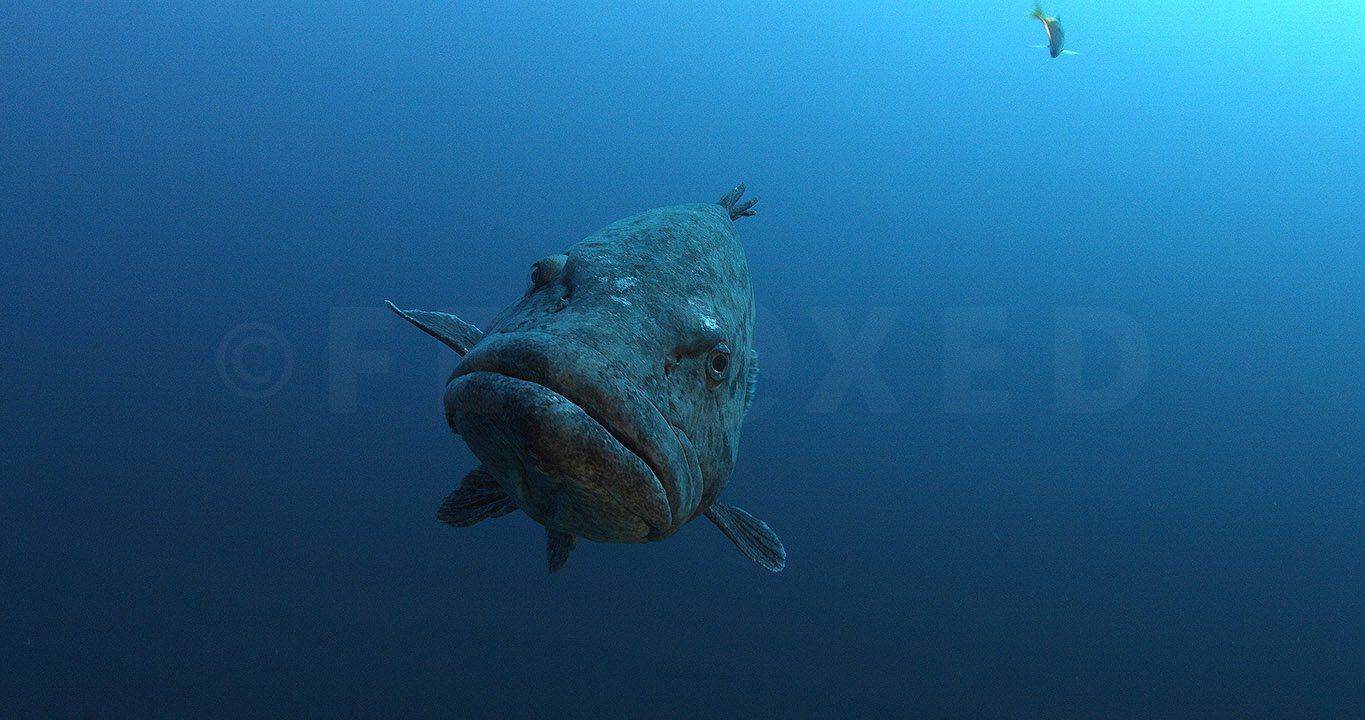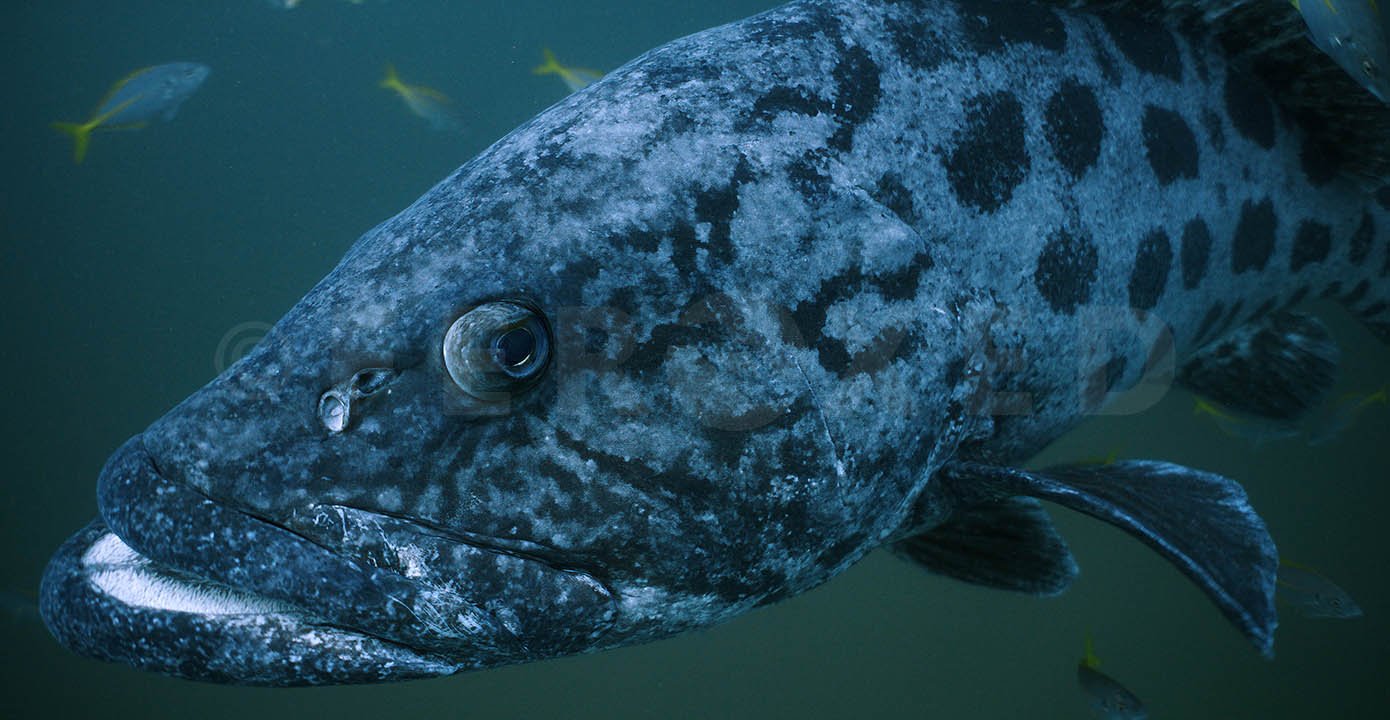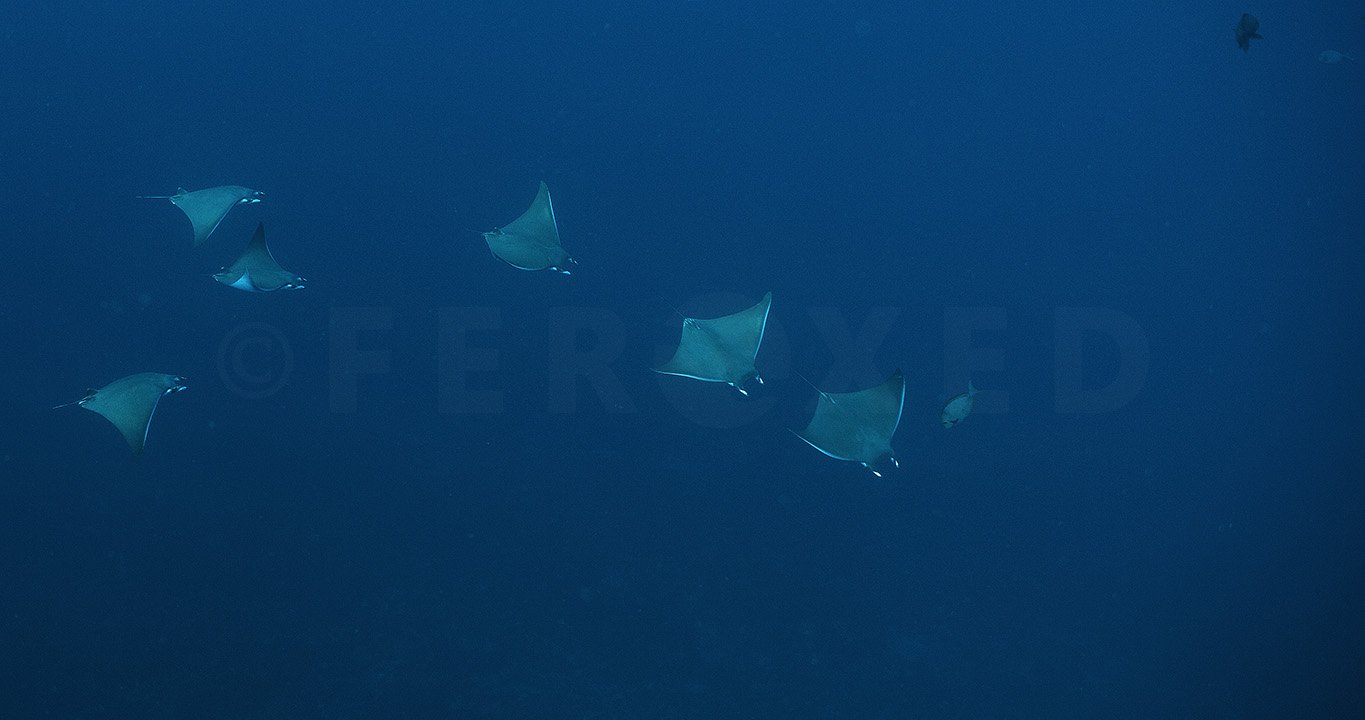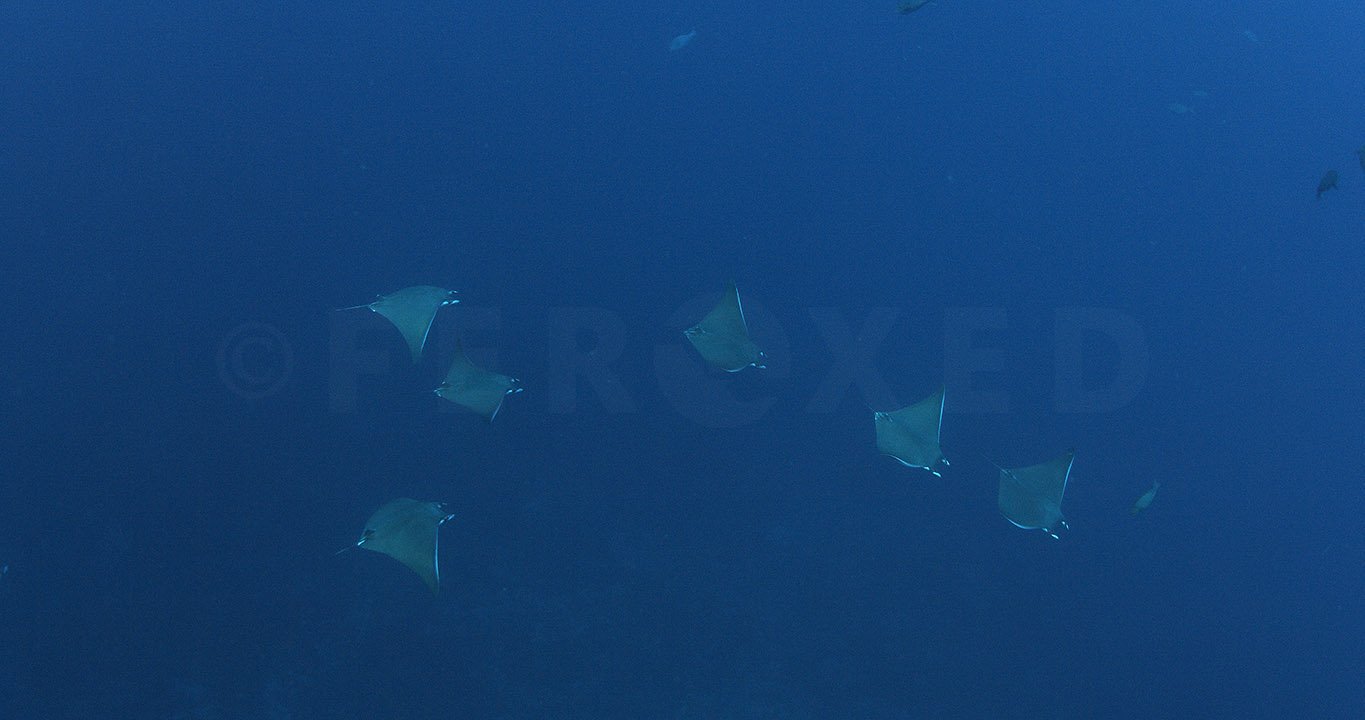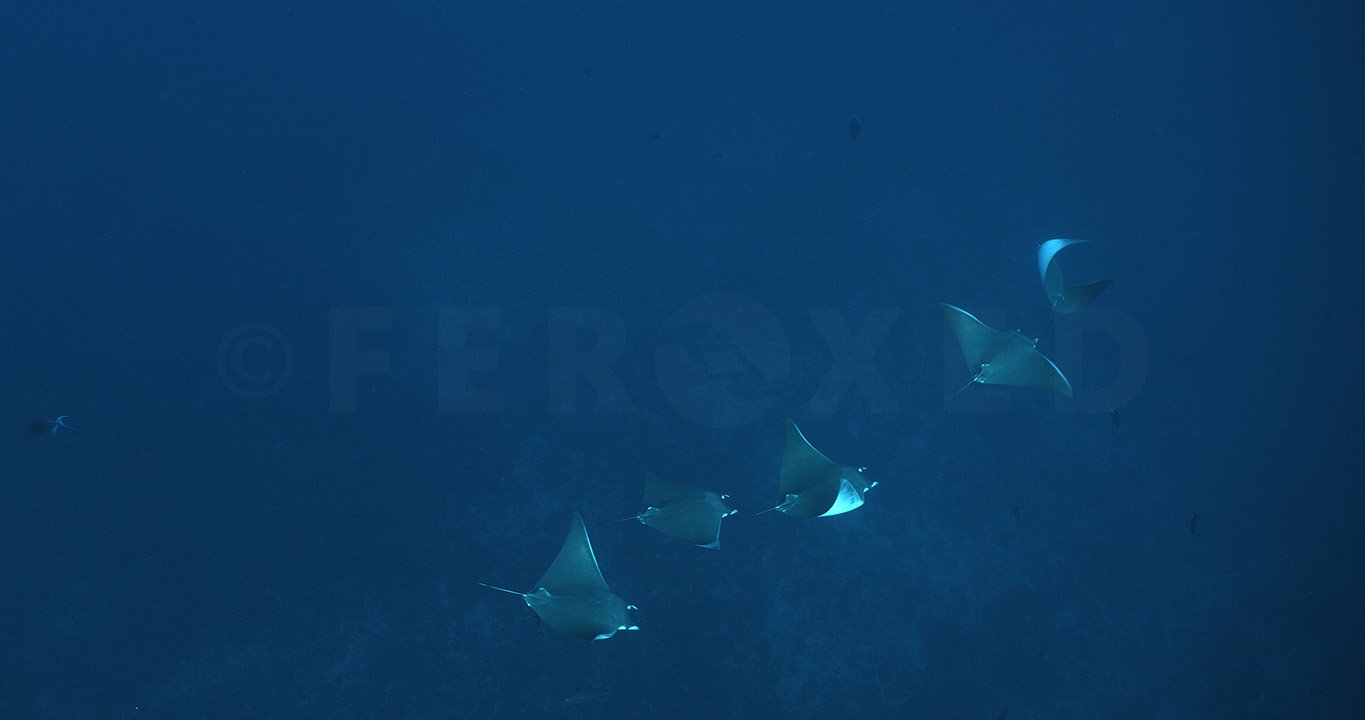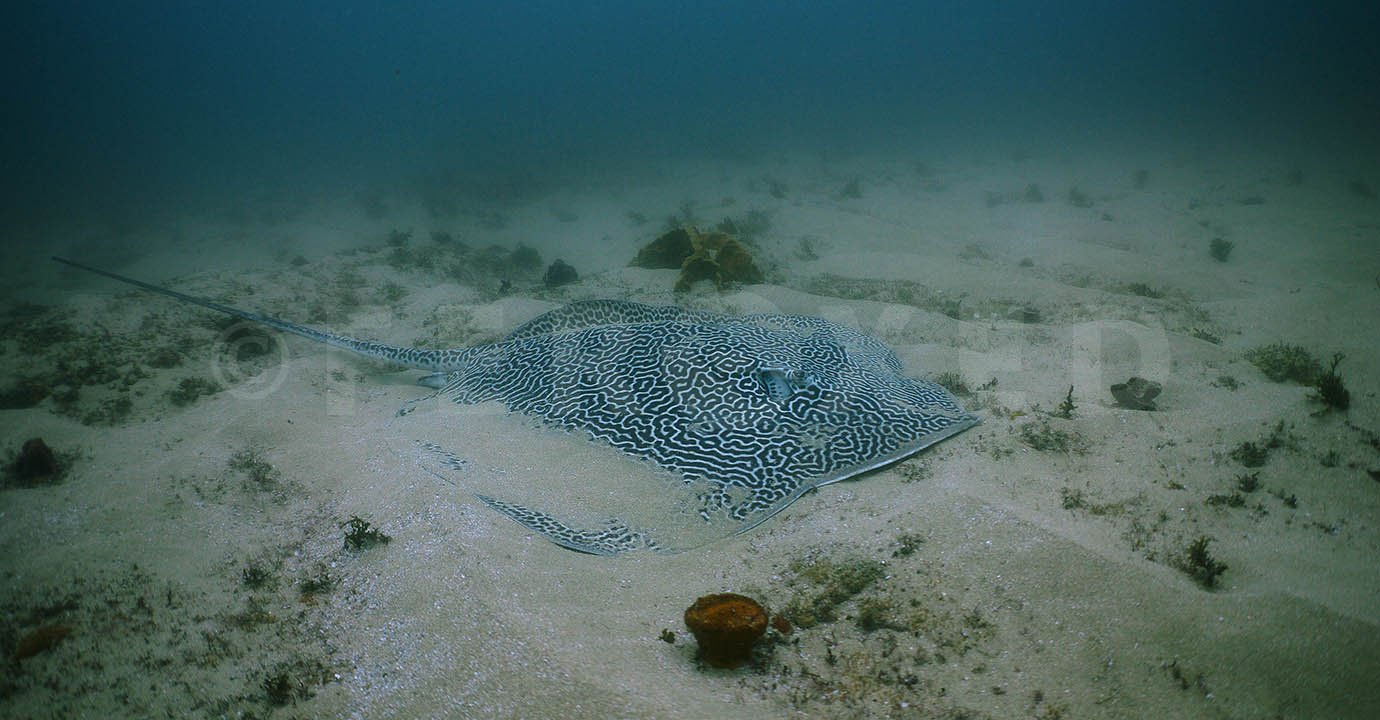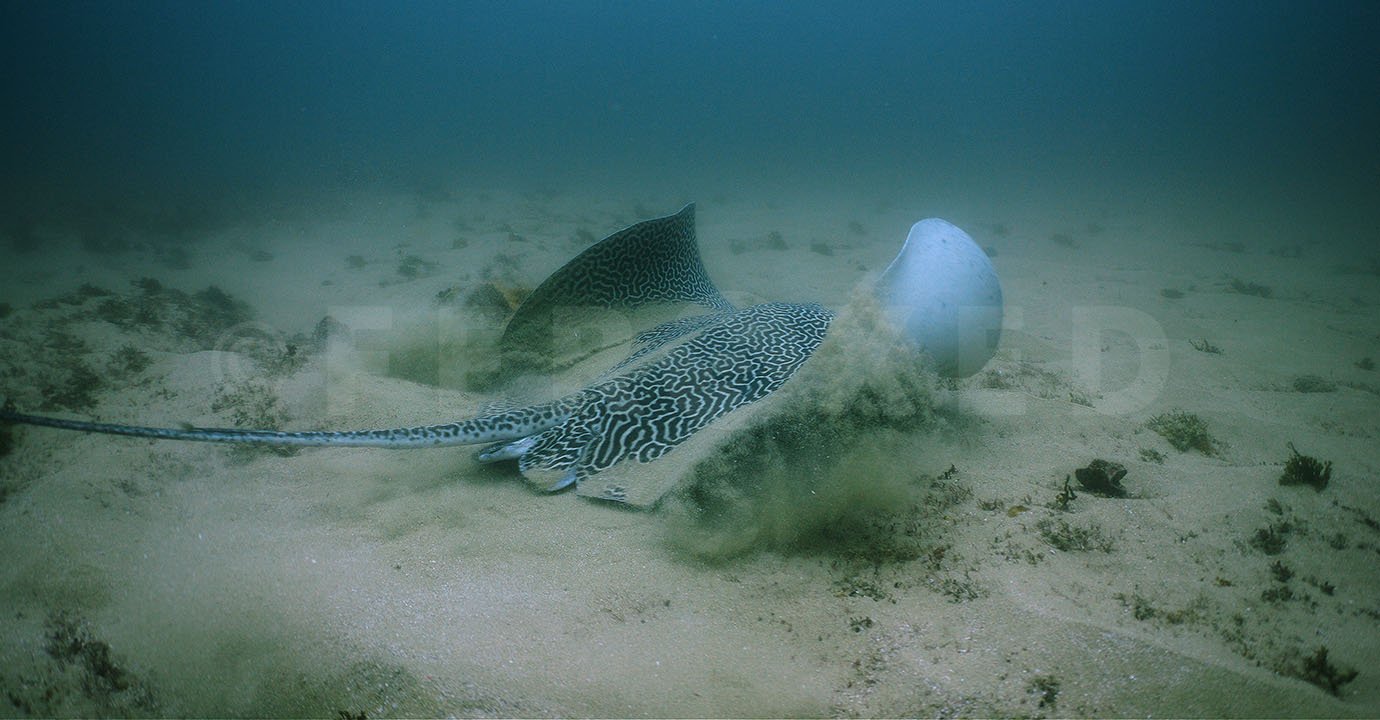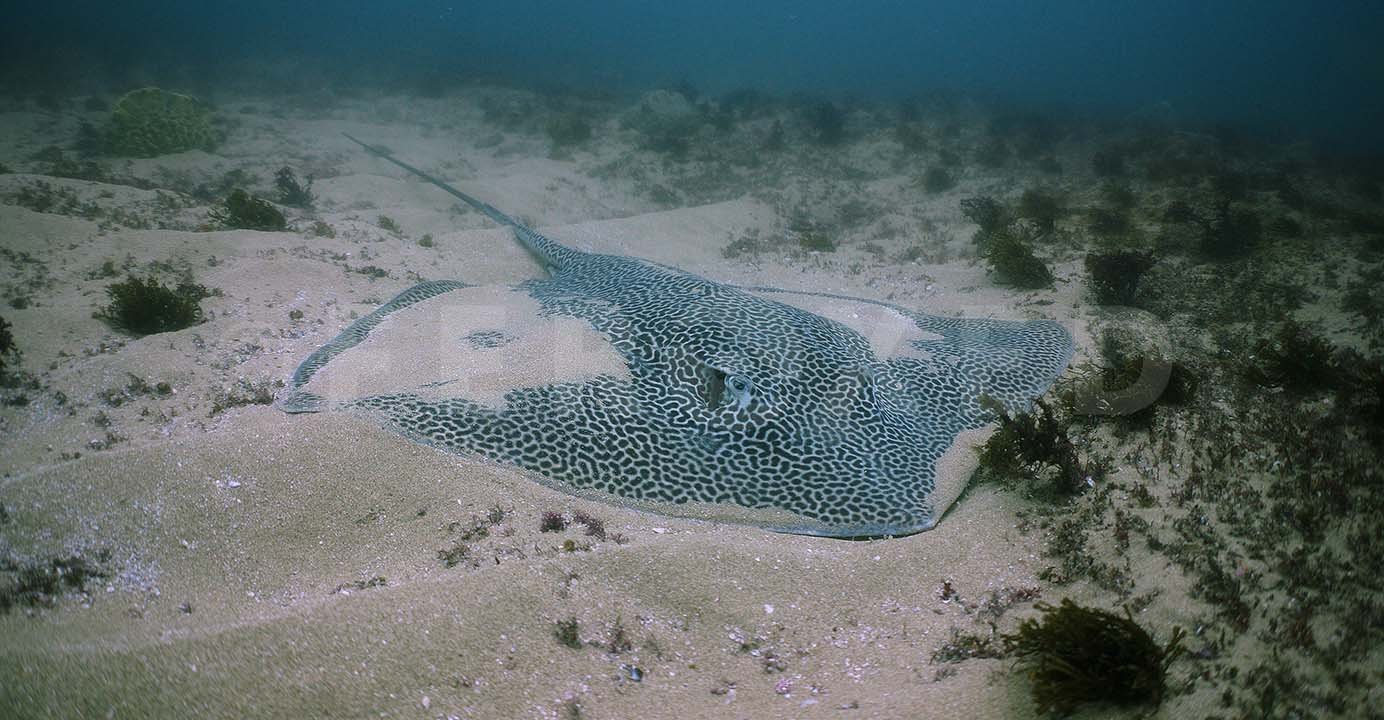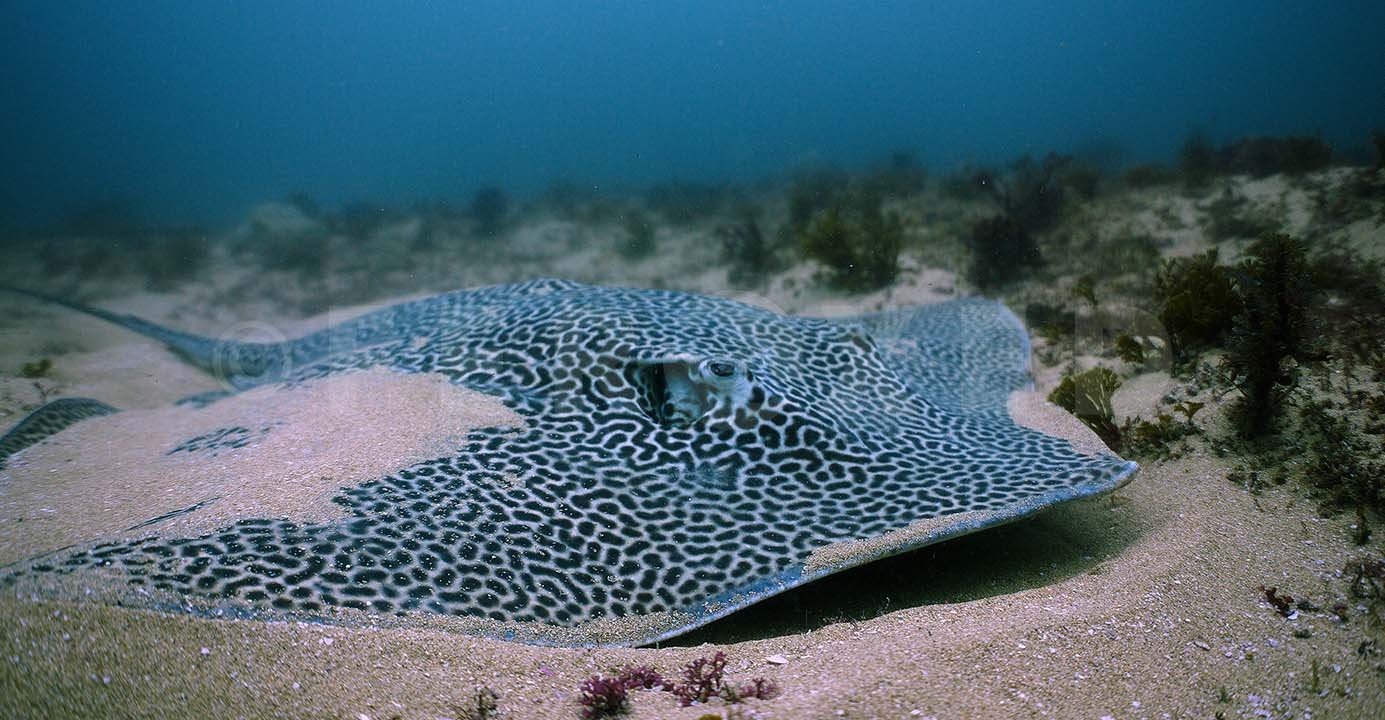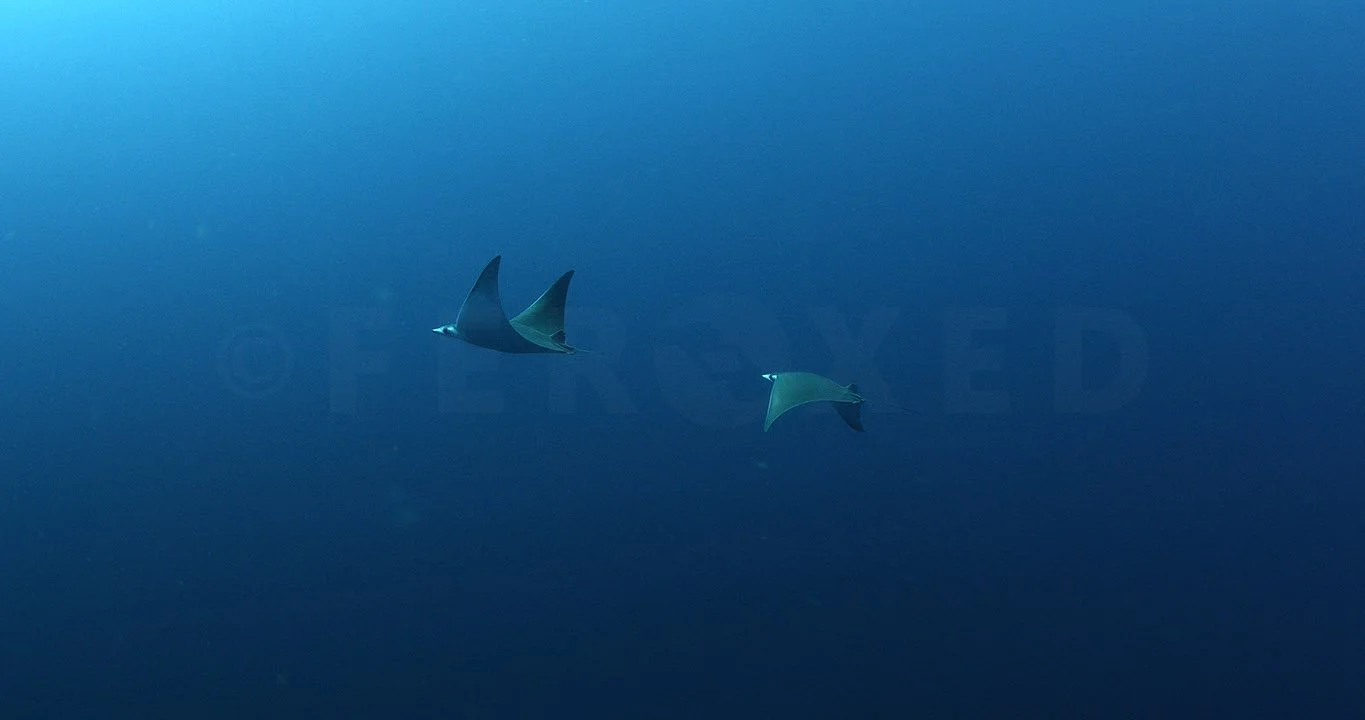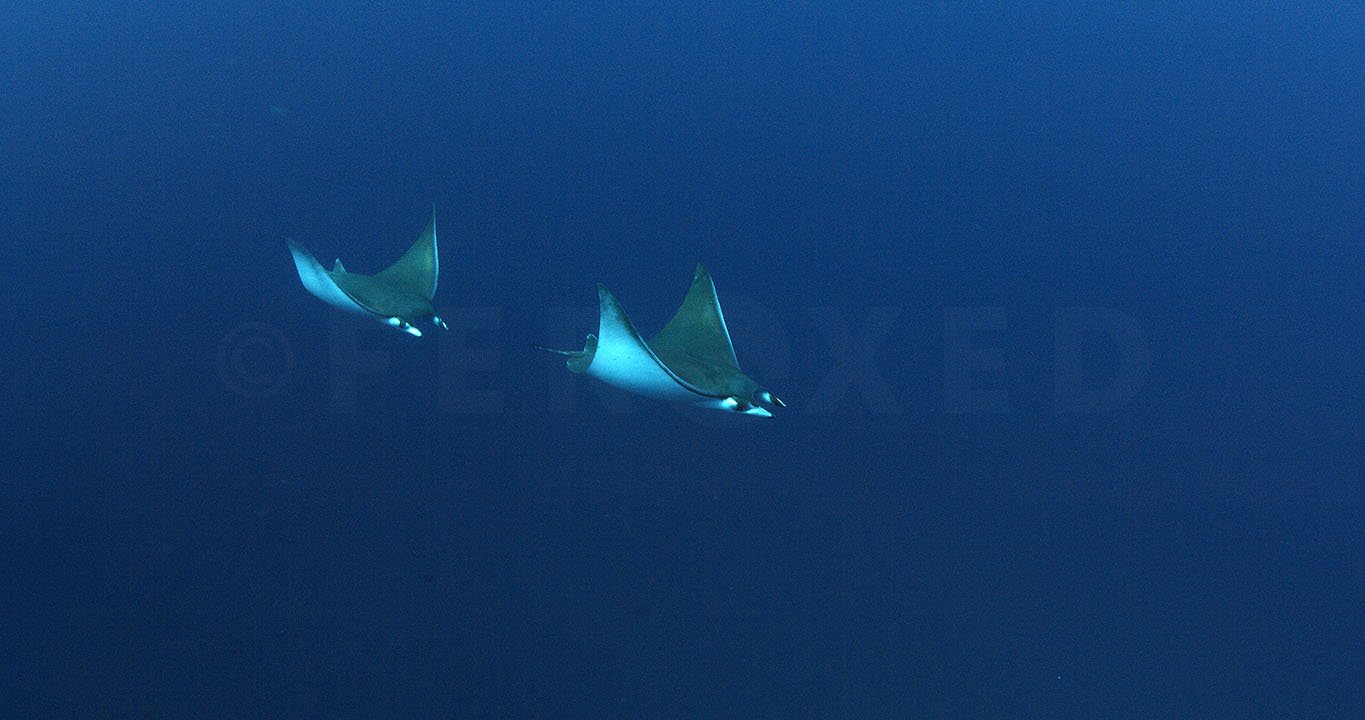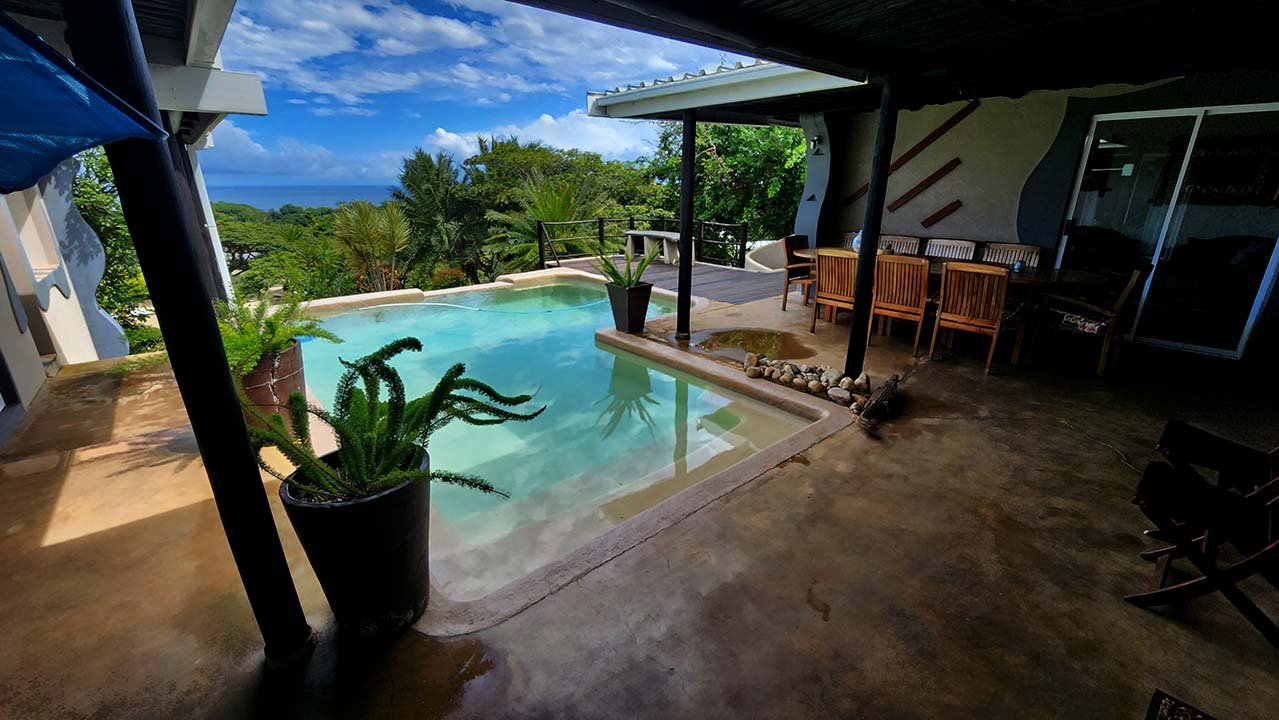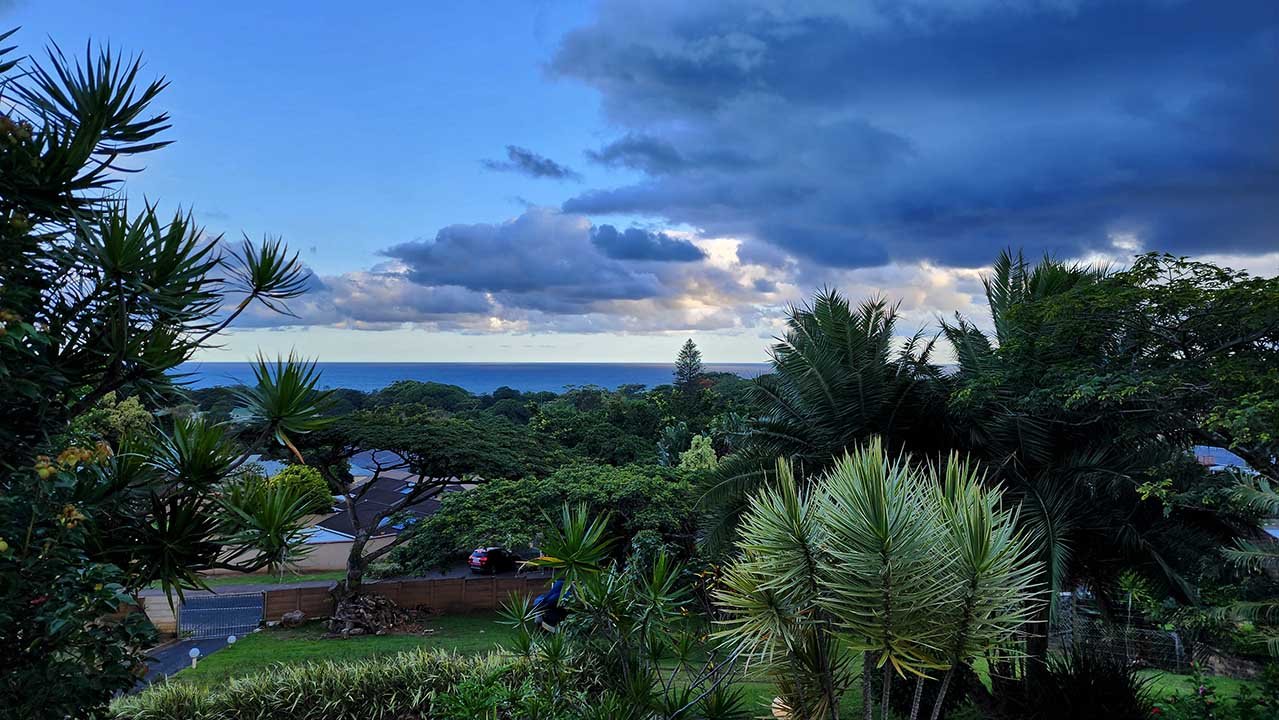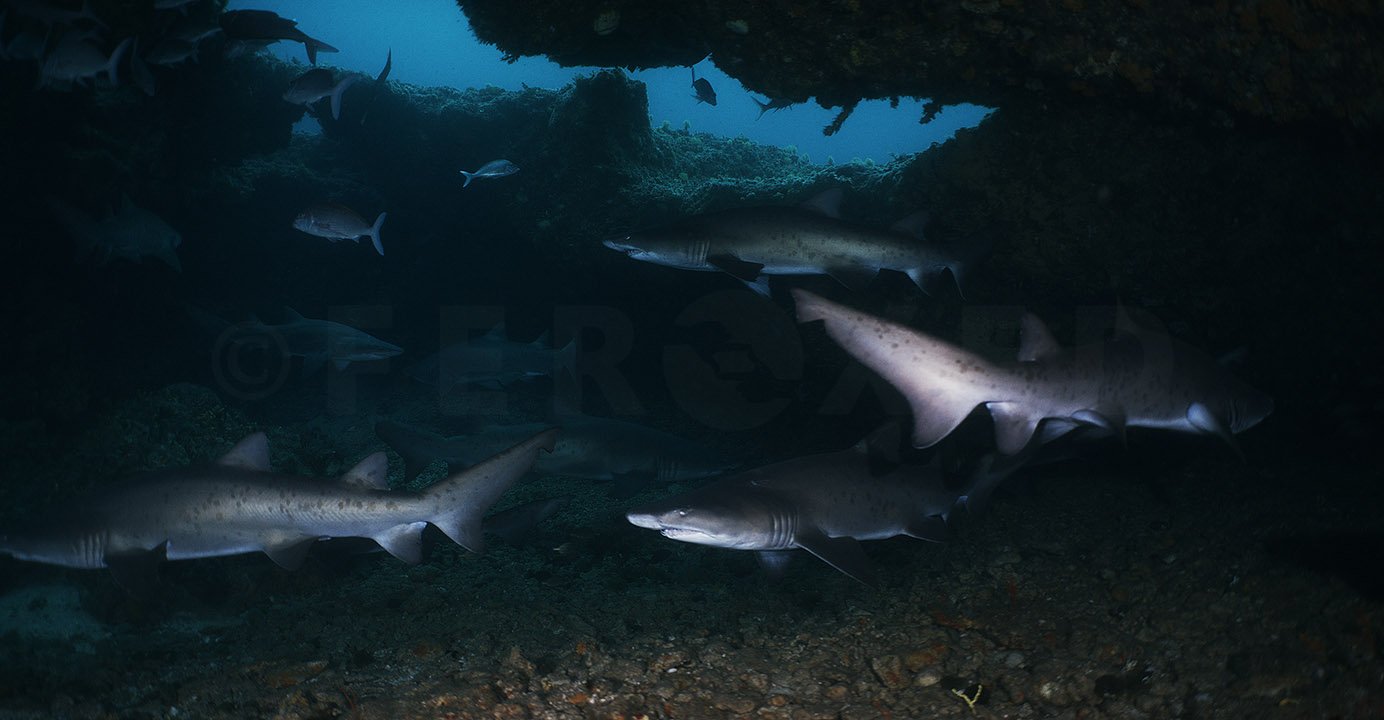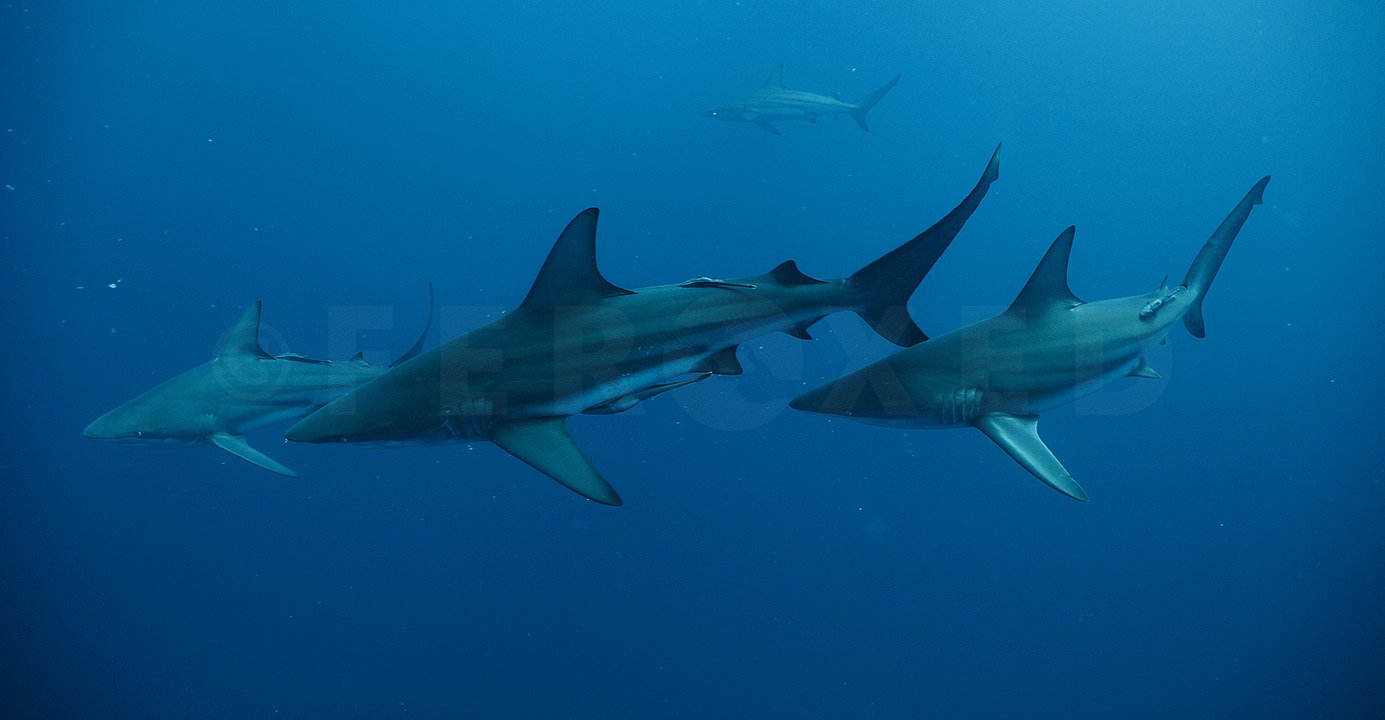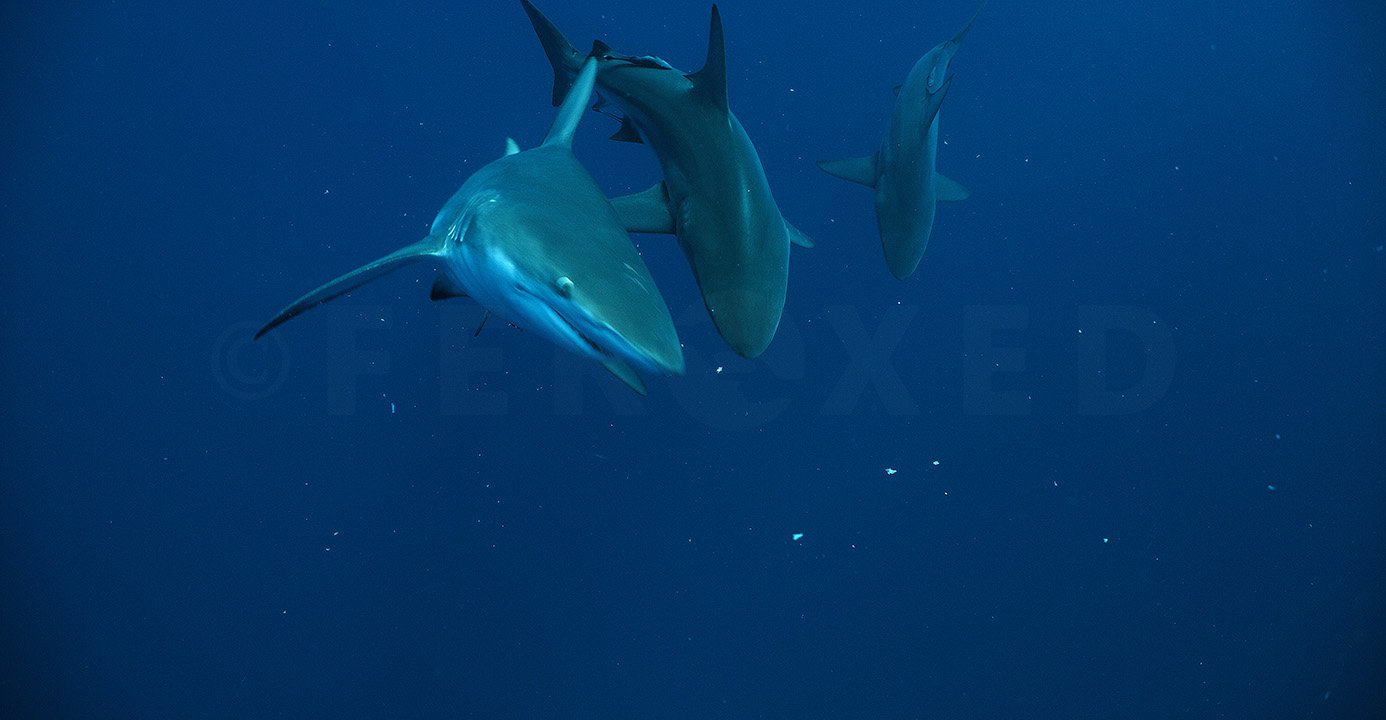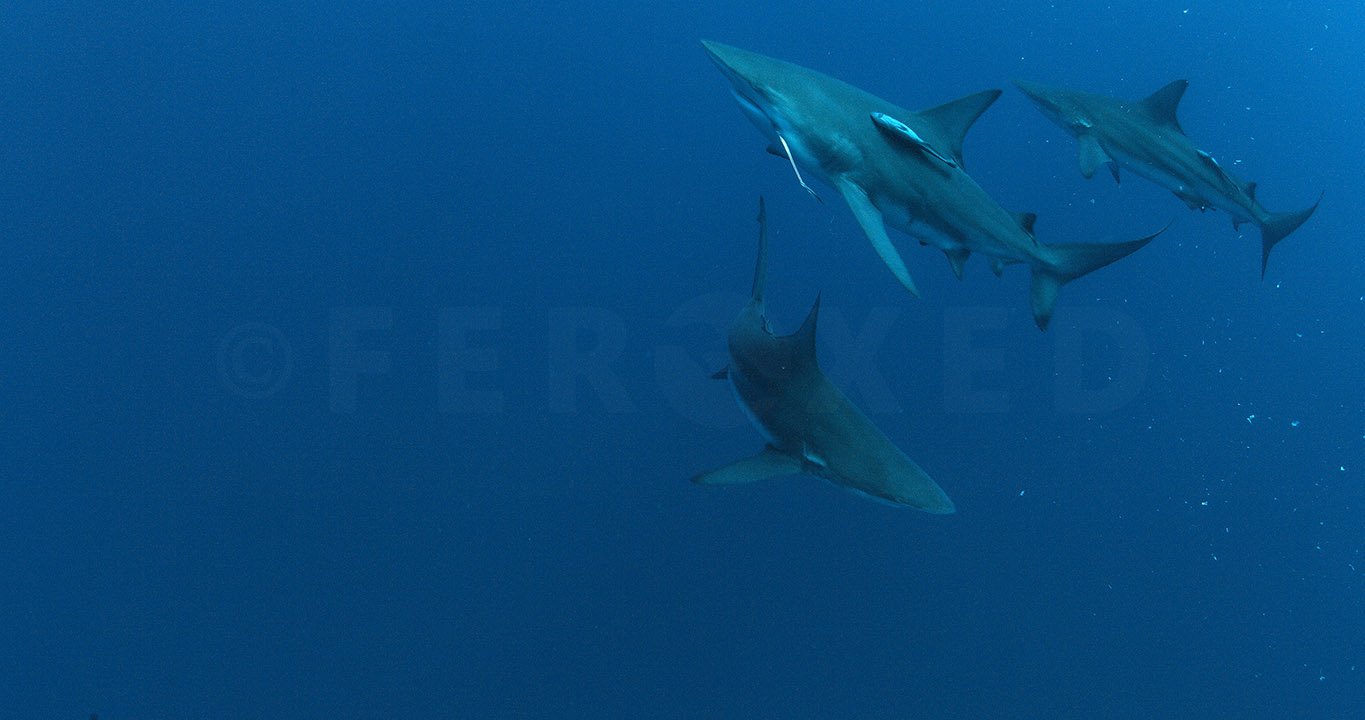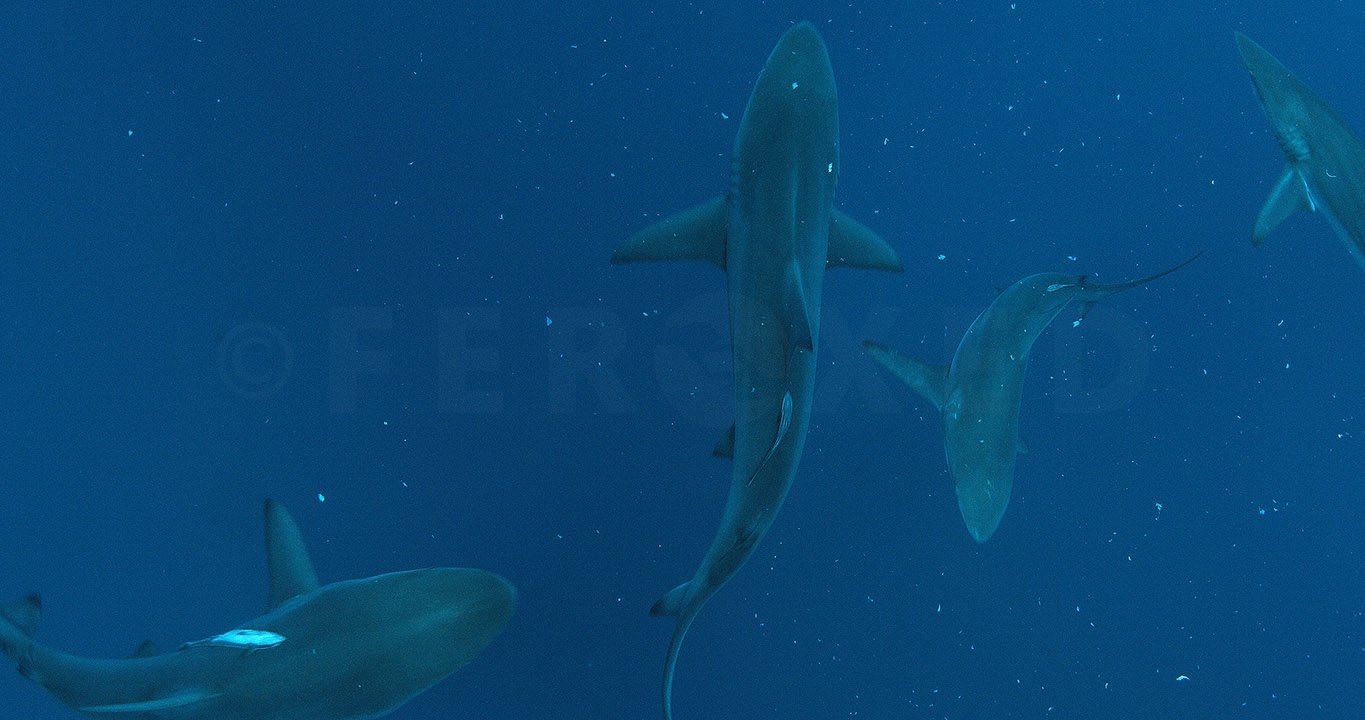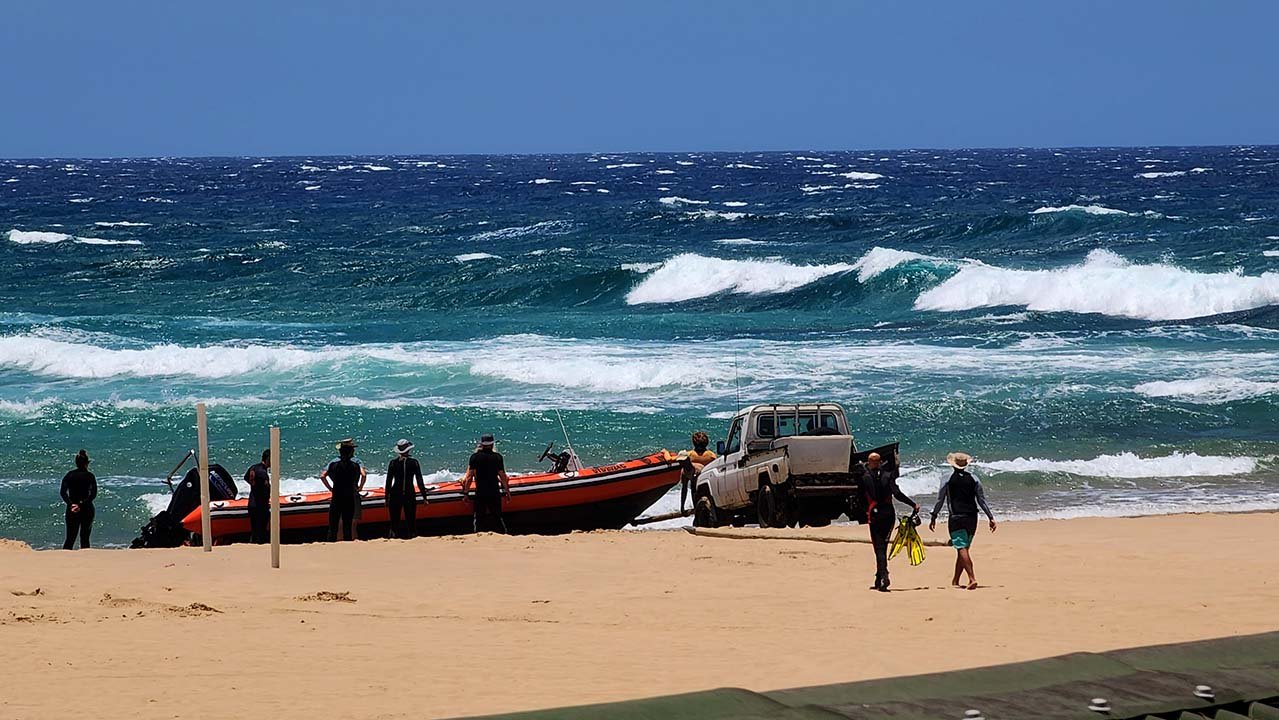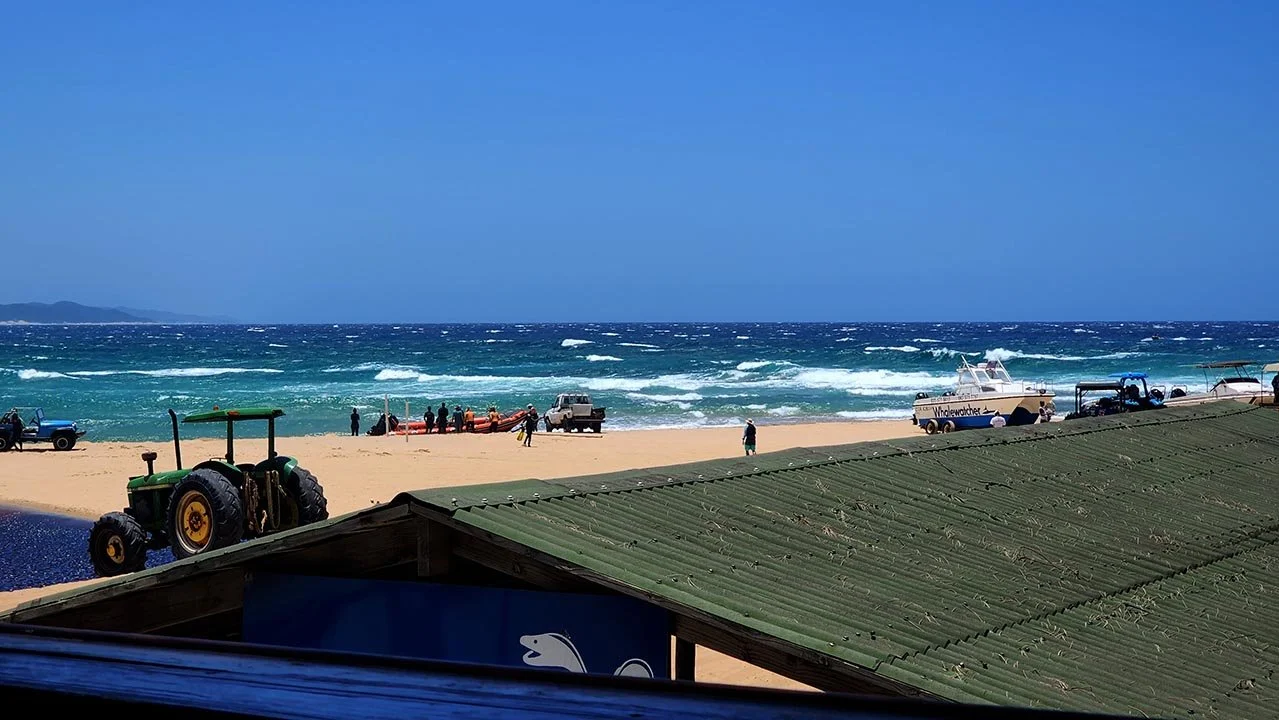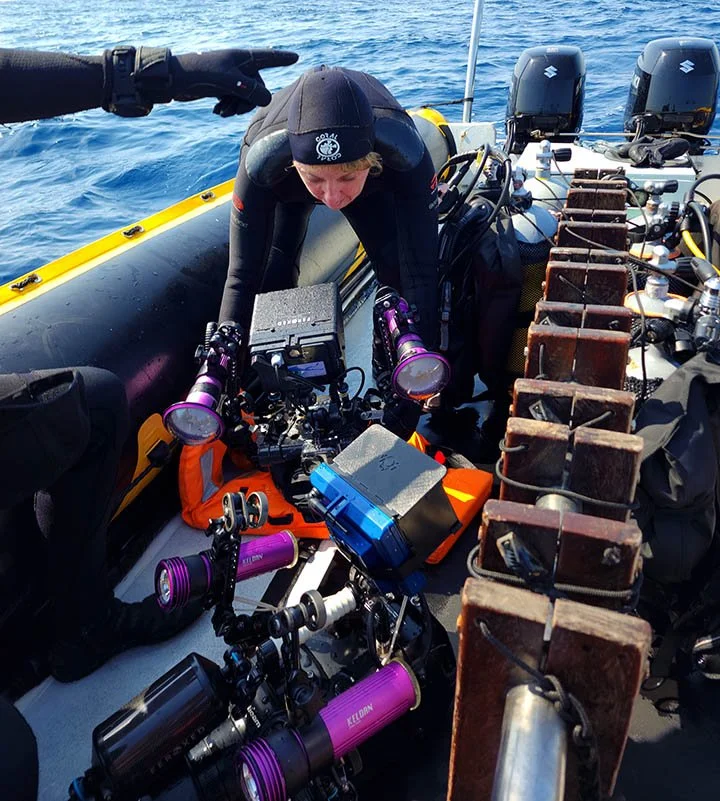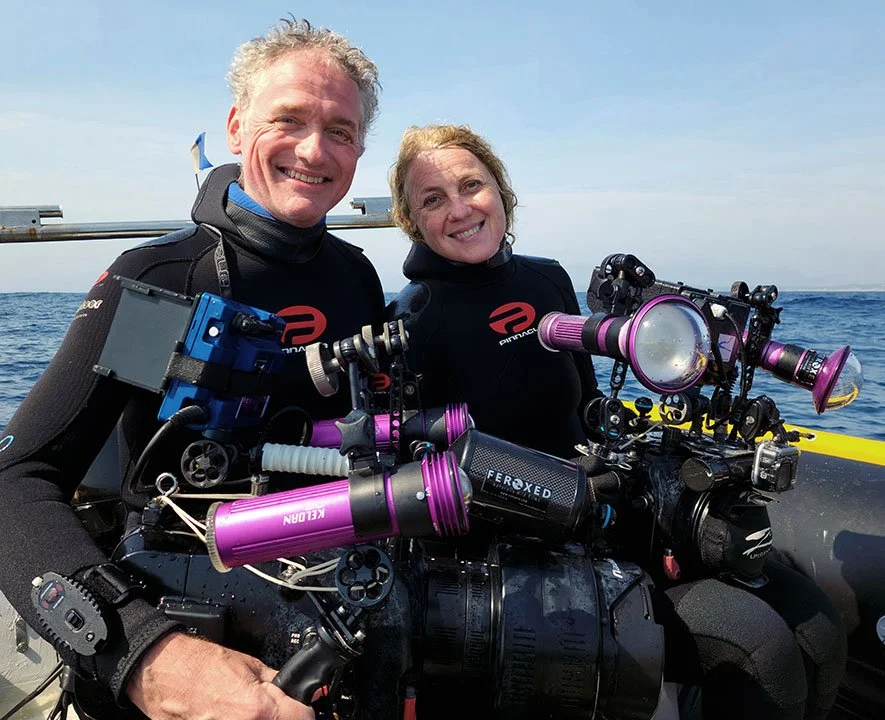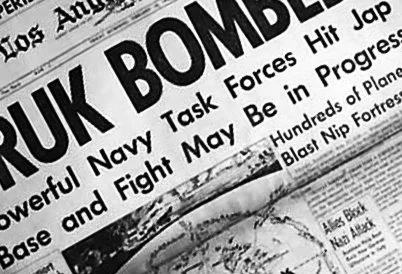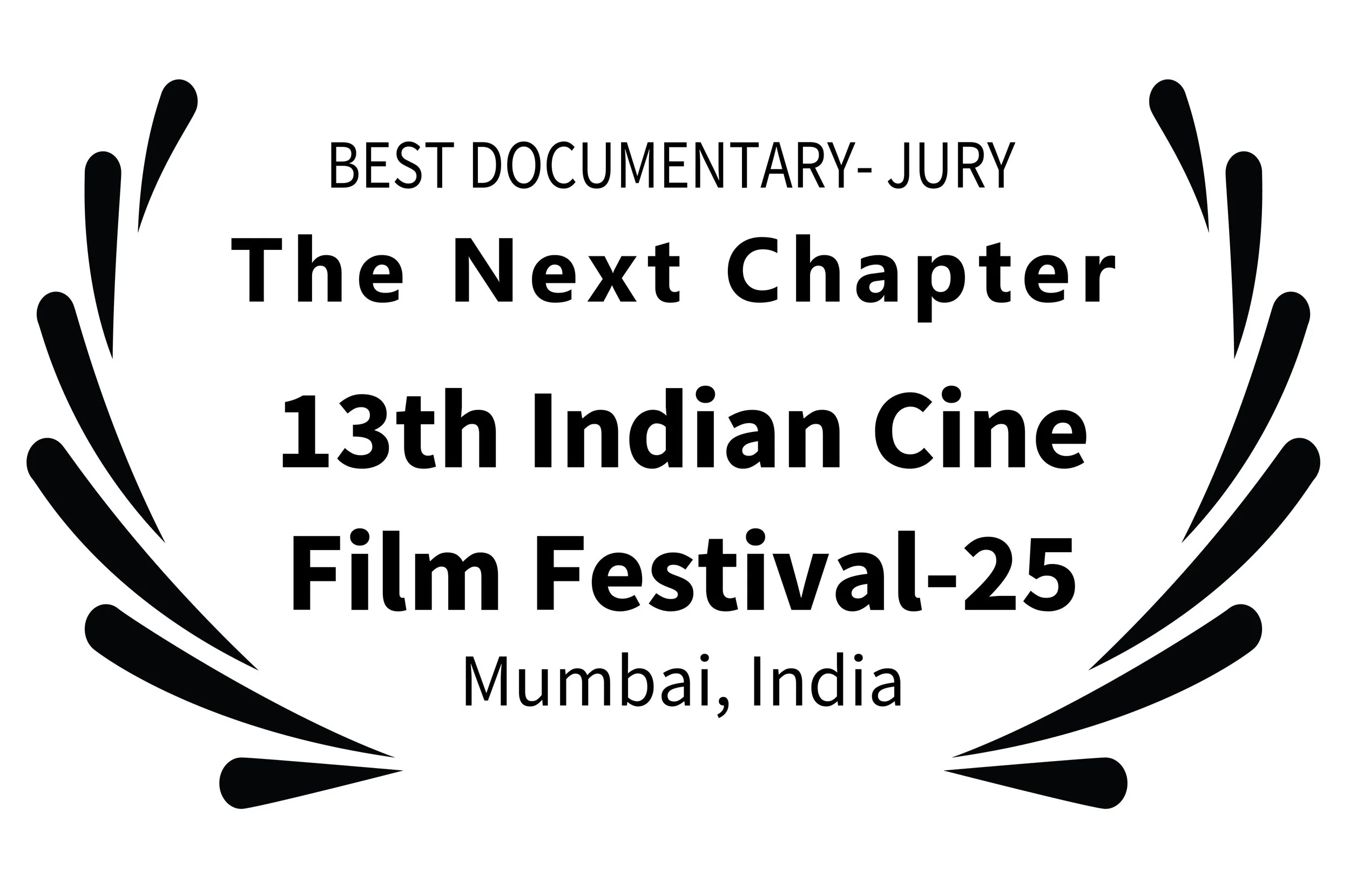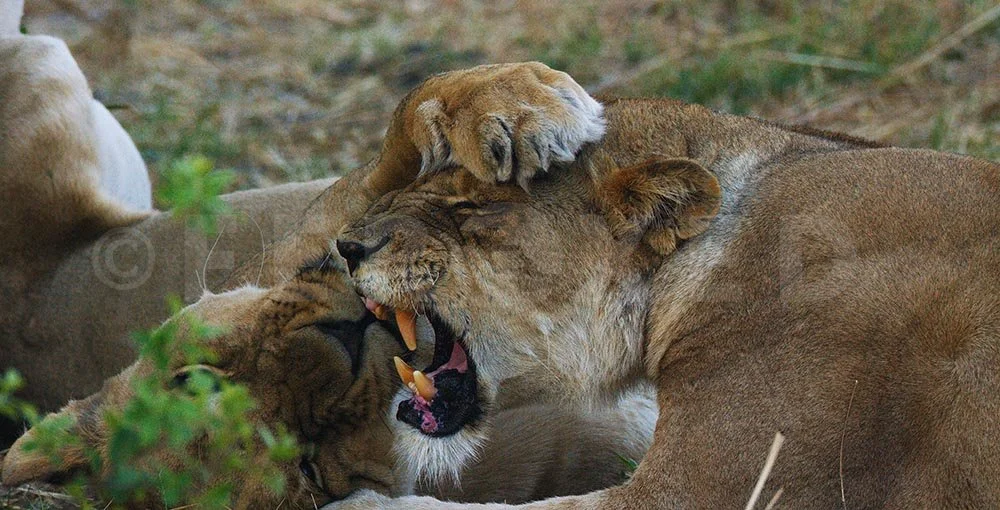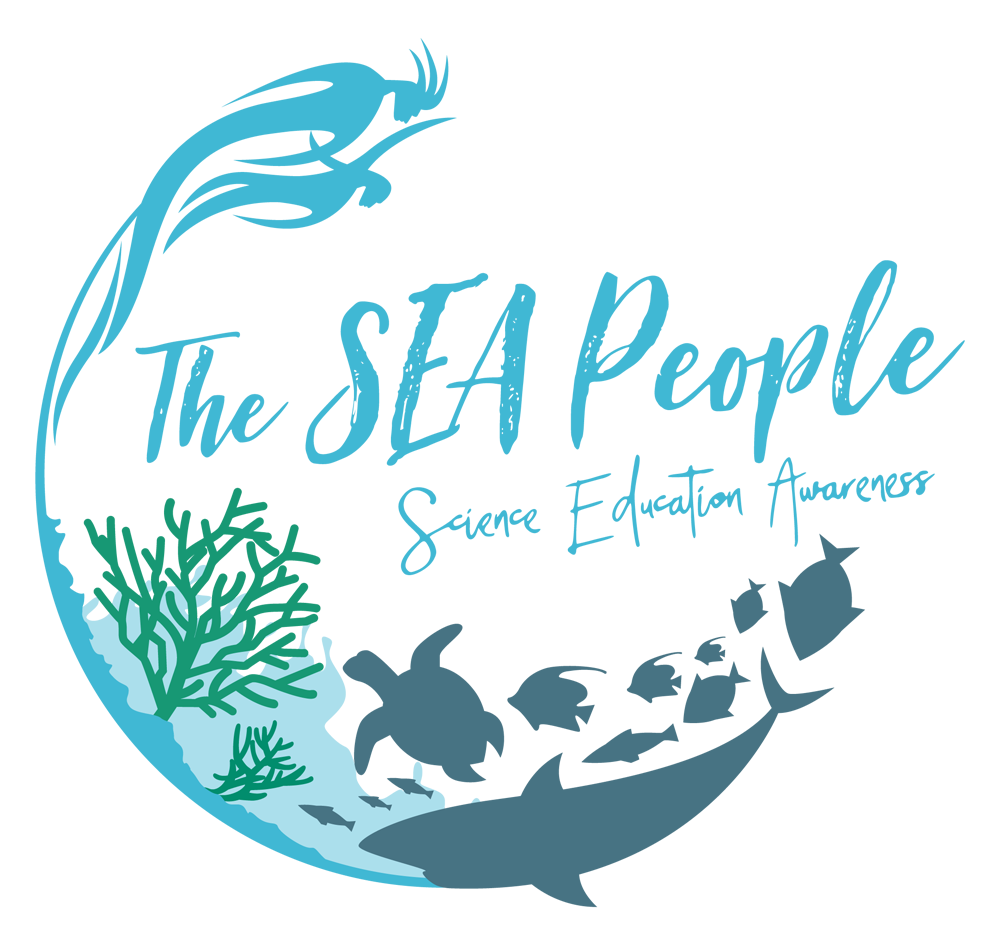Triton Bay Divers to Lembeh Strait
/(Highlighted entries are linked to more information & our trip advisor reviews etc.)
We have been longing to go to Triton Bay Divers since 2018, before COVID hit.
….AND…..
…having had the privilege of staying there ourselves, we can tell you that it is an absolutely mind blowing resort and dive destination. Yes, it will take you many hours/days to get there but if you are looking for a remote, quite, unspoilt destination, away from crowds, then look no further, put Triton Bay Divers onto your list, its an absolute gem.
From South Africa, it took us four flights, a 20 min car ride and a two hour boat ride to get to this part of paradise. The location is stunning and with only six bungalows that makes a max of 12 guests in the water. What bliss! The staff are very helpful and boy can the chefs cook! Us being vegetarian was no problem for them at all. Yummy food, thank you! The room we stayed in was very spacious, clean and most comfortable, with doors opening up directly onto the calm, sloshing sounds and jaw-dropping view of the ocean.
There is plenty of sea life here, the diving was phenomenal, including very successful Macro sightings. Beautifully coloured soft corals and massive, untouched hard corals. We would like to extend a Huge thanks to our fantastic dive guide Aion, for sharing his knowledge with us and making the diving so memorable.
BUT! ...our prime motivation for travelling to Triton Bay and naturally the major highlight, ..... was the Whale Sharks.
Local fishermen, fishing from Bagans with lights at night, attract a lot of plankton and small fish for their nets and this in turn attracts the Whale sharks. This was initially seen as a threat to the fishing catch, as the Whale shark would sometimes damage the nets while trying to feed on the nights catch.
Fortunately, the potential of Whale shark tourism was considered by the general community and the fishermen now keep a portion of their catch to one side, to feed these giants, while snorkellers and divers witness their grace and beauty.
Once a week at Triton Bay Divers, the wakeup call is around 4:30am. Everyone scrambles to the dive centre and then to the boats, in the dark. This is followed by a 90+ minute ride to the area where the fishermen have been working over night. Before the sun had even cracked the horizon, …………………………..
……………….we were kitted up and in the water, with 4 of these amazing animals.
The 2 larger sharks appeared to be around 9 or 10 meters in length and the 2 smaller ones about 6 meters in length.
We were Totally blown away by this Whale shark encounter and spent over 4 hours diving and filming these Endangered Giants….. Four Hours!
This experience was life altering………… and such a privilege.
The second reason for wanting to visit Triton Bay Divers, other than for its stunning beauty, of course, was to film the Epaulette sharks that live on their house reef. These 1 meter long sharks spend more time walking than swimming and are commonly knows as “Walking sharks”. They come out at night and where quite a treat to witness and film.
Notably, we saw no other sharks or Manta rays while diving in Triton Bay, possibly because we did not dive on the open ocean side of Aiduma Island. We do hope that this area is protected and remains as remote and unique, for as long as possible. It would be such a shame if it becomes over exploited and commercialised like some parts of Indonesia have.
While diving with the Whale sharks in Triton Bay, we noticed conservation free divers, who live locally and are studying this Whale shark population, taking photos of each animal for identification purposes. In the hopes that we could help, we submitted frame grab images of each of the sharks that we wad filmed and managed to assist in the identification of one new member to their research library.
We can not wait to return to Triton Bay Divers.
______________________________________________
Our next dive stop was, Two fish Divers, in Lembeh Straits
Returning to Two Fish Lembeh, was all positive and we once again enjoyed our stay.
As you may know, Lembeh Straits is one of the best known Muck Dive destinations in the world. Muck diving is quite different to conventional diving over coral reefs, or in the blue, looking for pelagic species. It is generally the pursuit of small and extremely small animals on the sea bed, many of which are smaller than a grain of rice. Very often, Muck diving takes place on black volcanic sand.
We were fortunate to have many amazing macro filming opportunities, from hatching Flamboyant Cuttlefish and hunting Ribbon Eels catching/eating Prey to egg carrying Mantis shrimp, Blue-ringed octopus and a Mototi Octopus that we we had never filmed before.
There was also a plethora of Nudibranchs, Harlequin Shrimp, Sea Horses, Pipe fish, Rhinopias etc. and a Coconut Octopus, who showing interesting behaviour with shells etc.
We will most definitely return, AGAIN.
Capturing every subject in UHD true colour and detail on both legs of this filming expedition, was made ever so easy, with our Keldan Video lights, Nauticam housings and Dive and See monitors. What a pleasure they are to work with.
